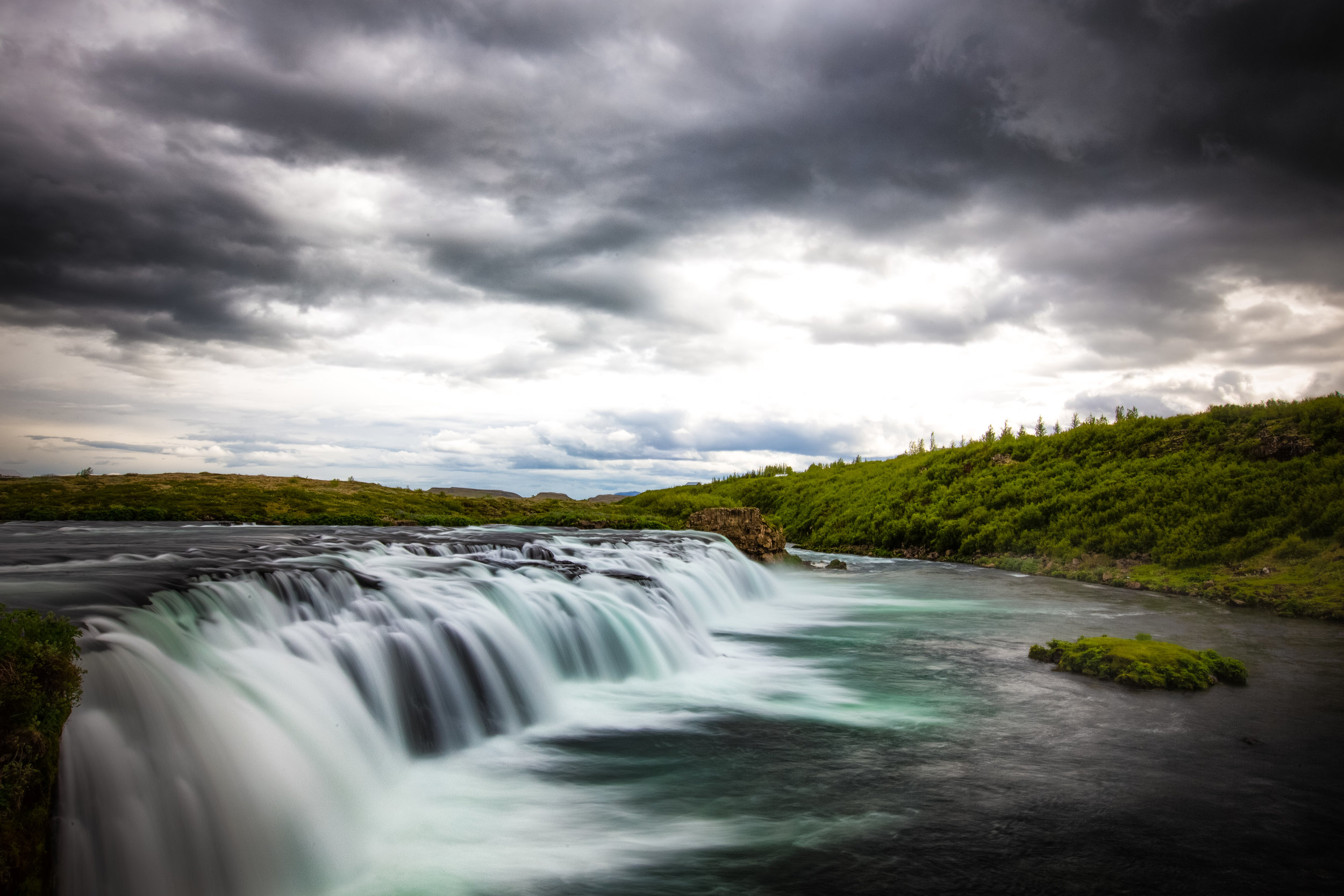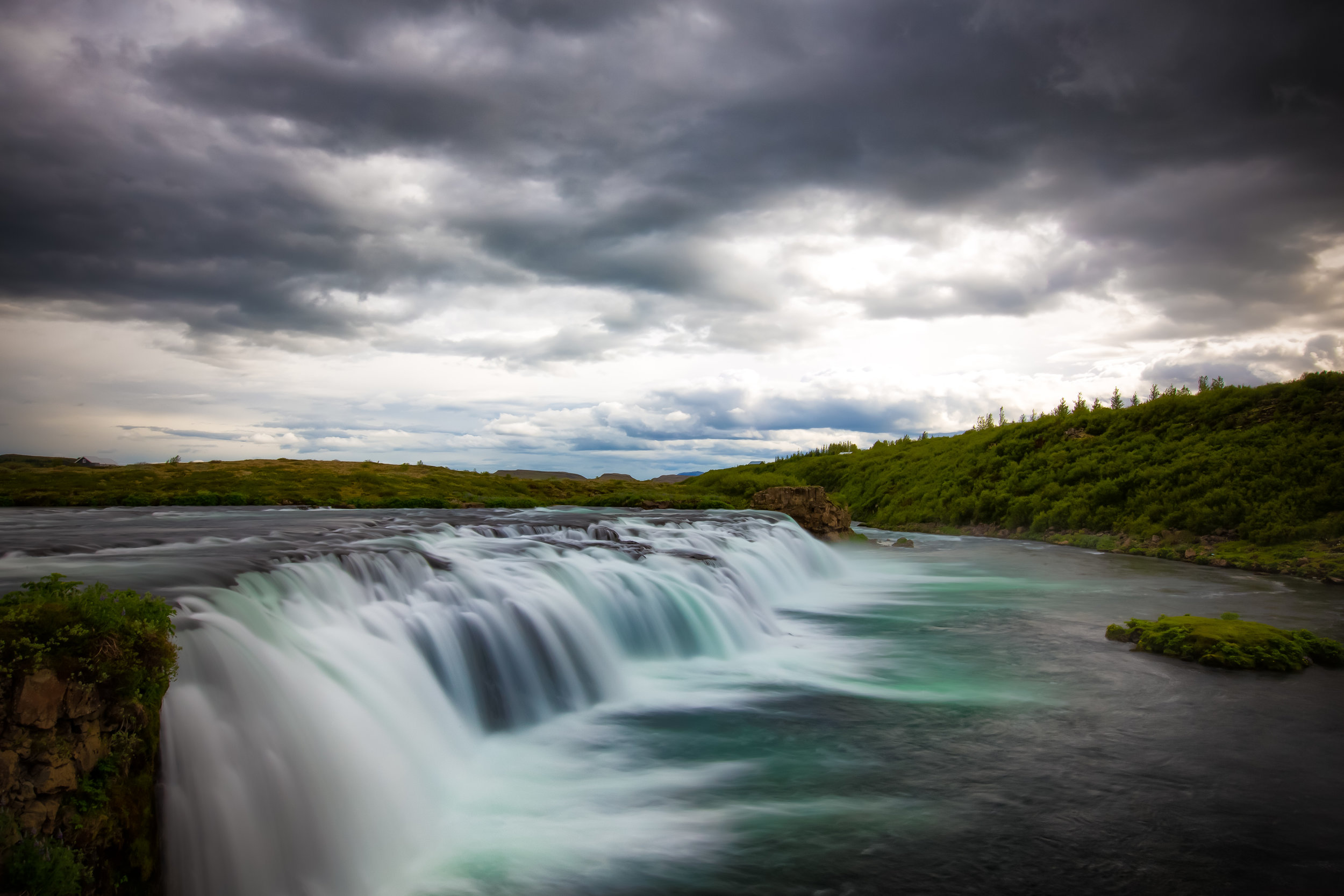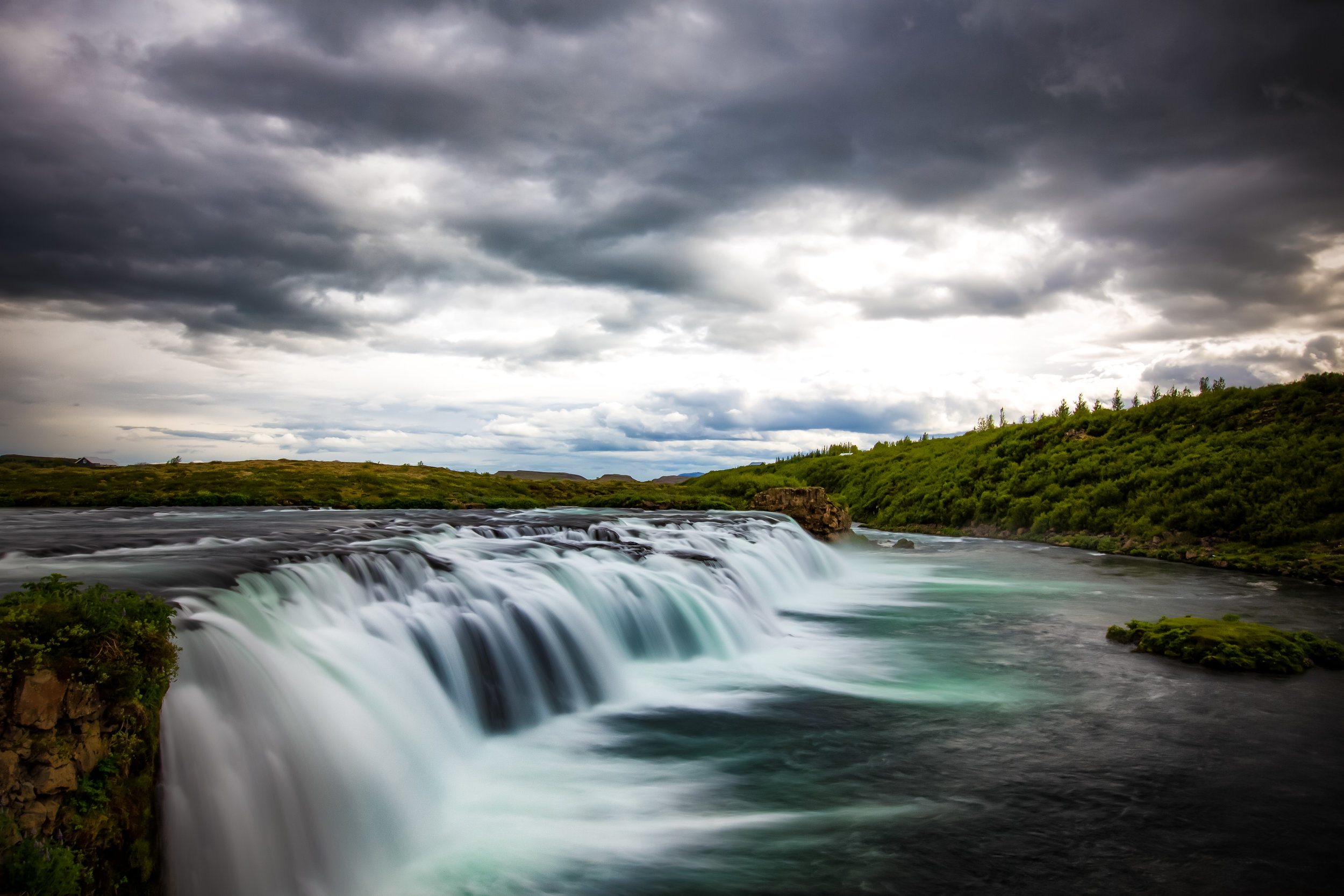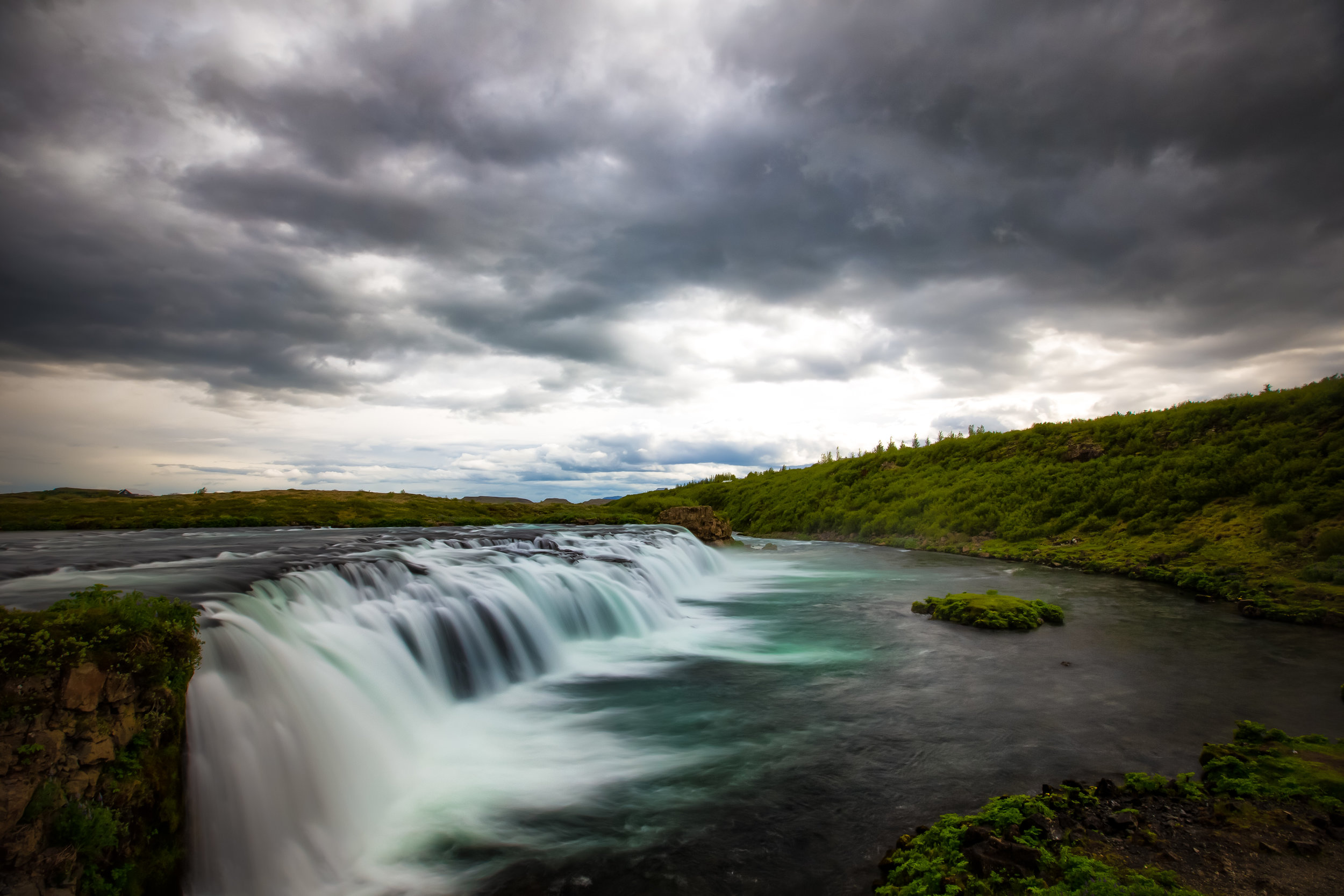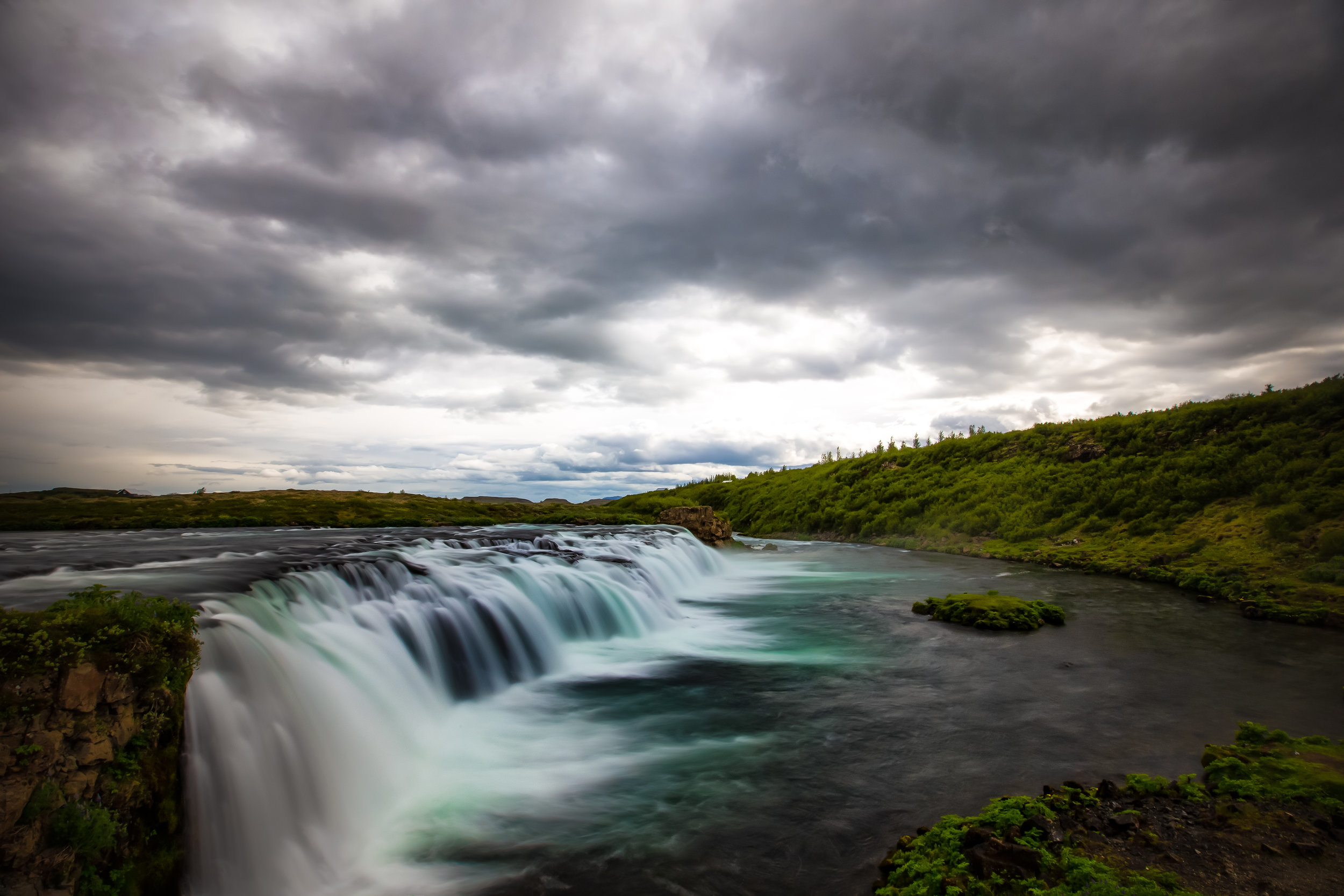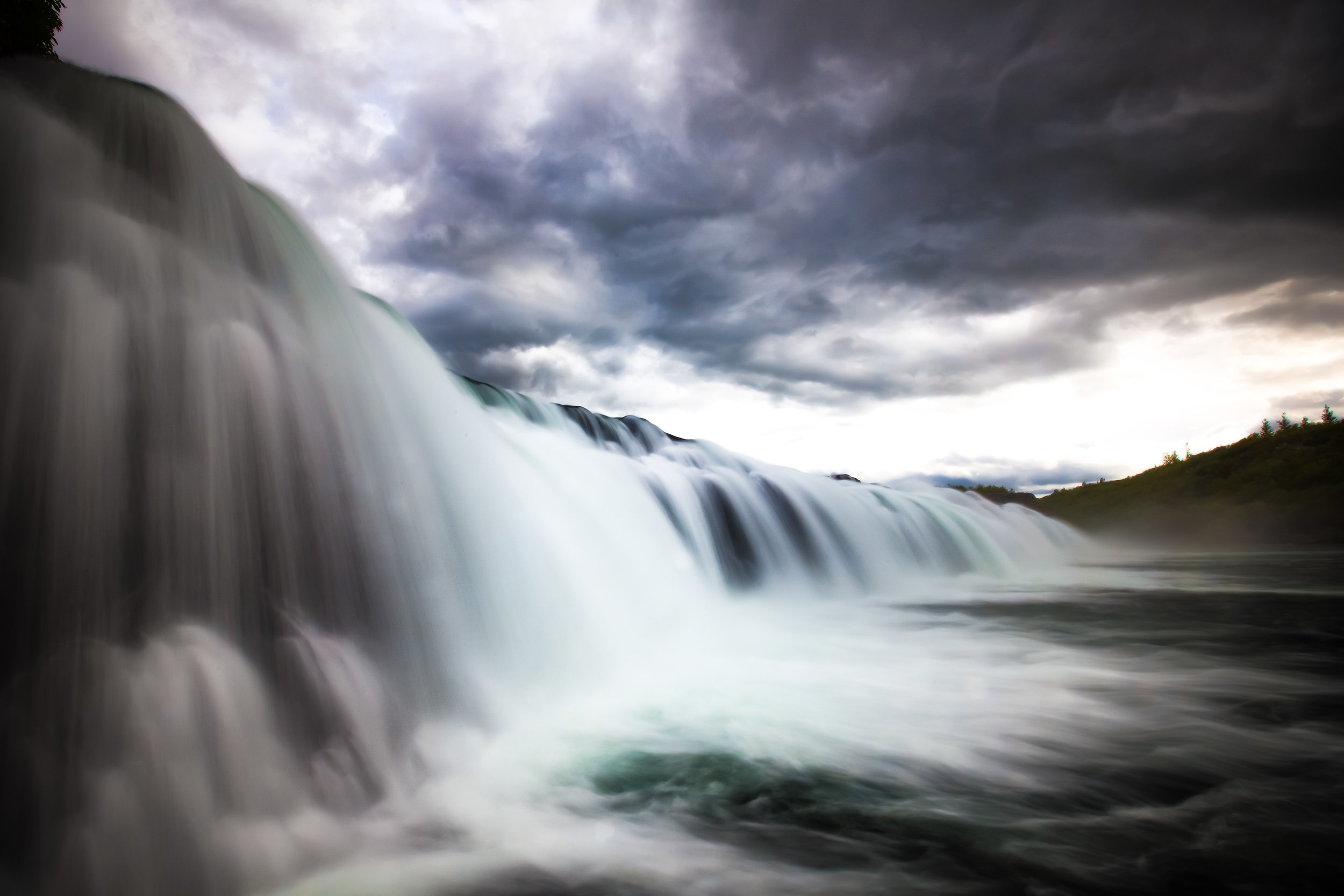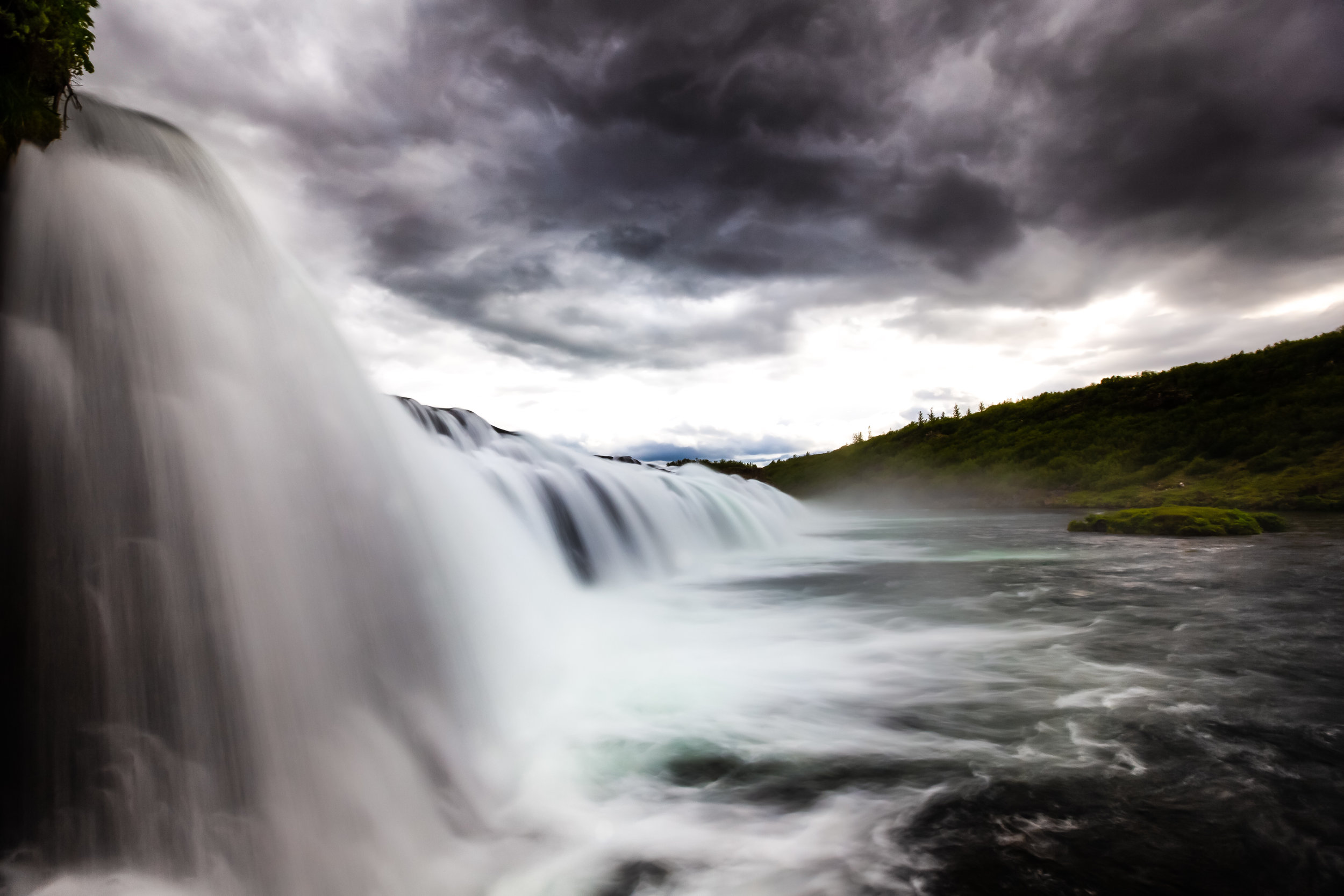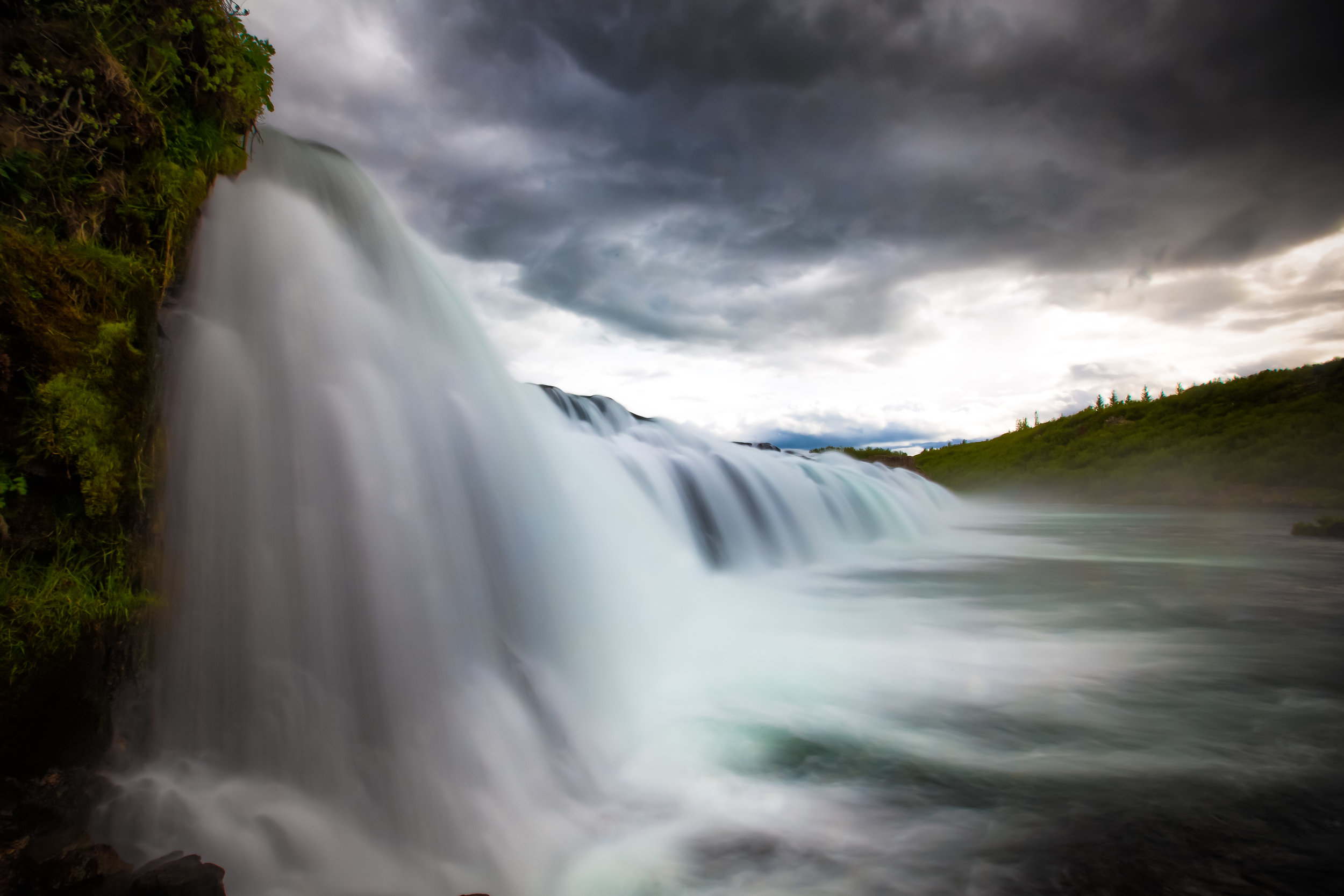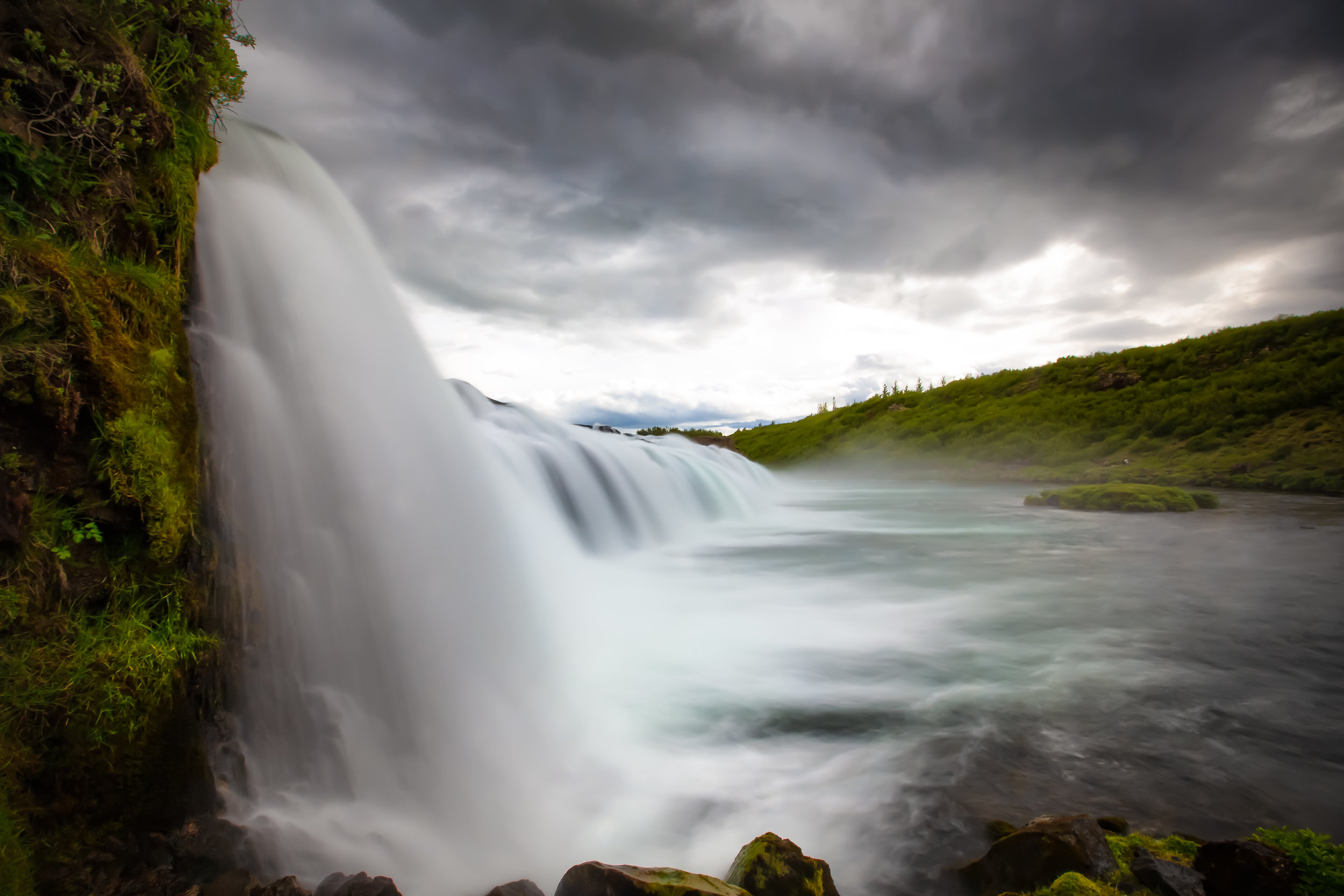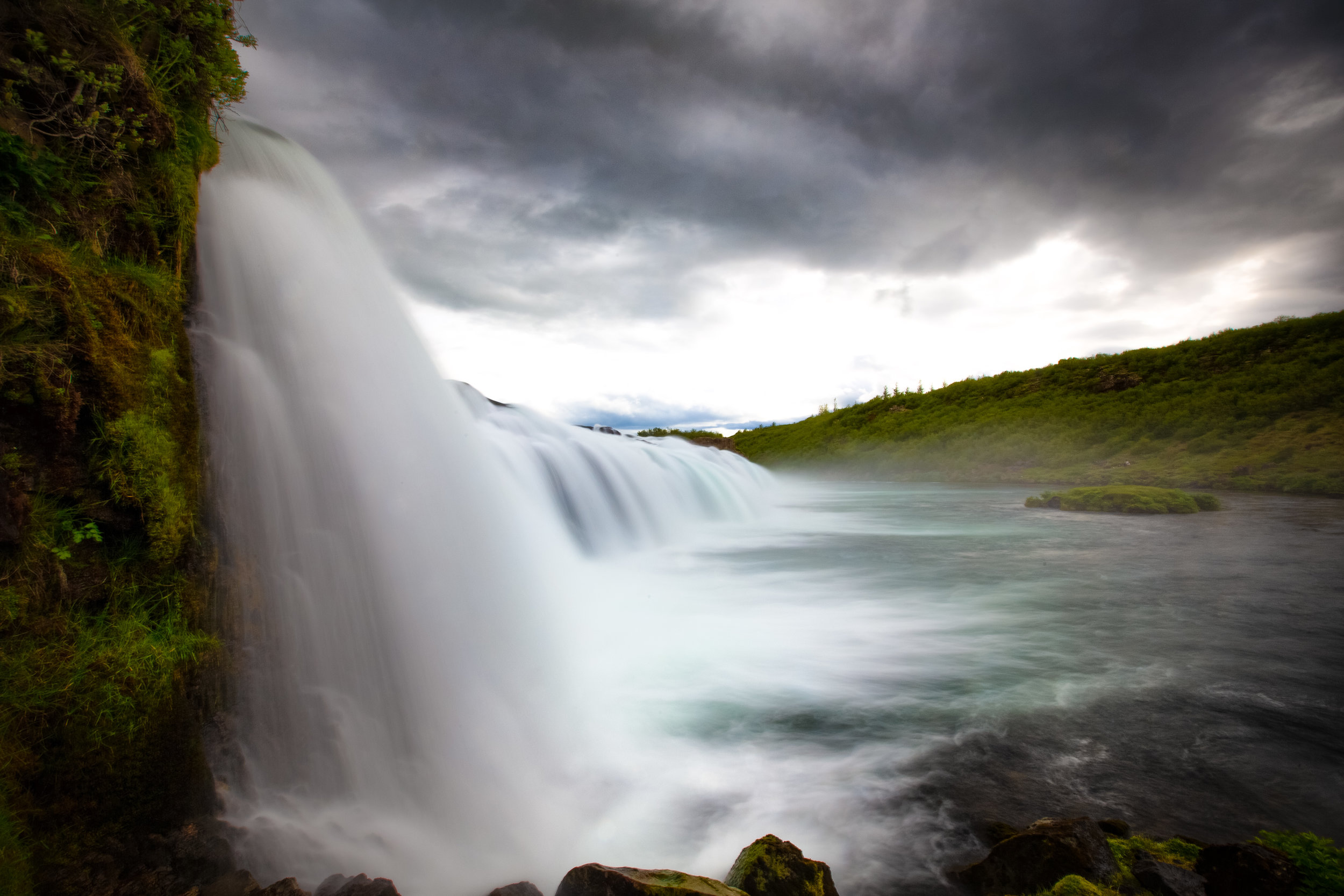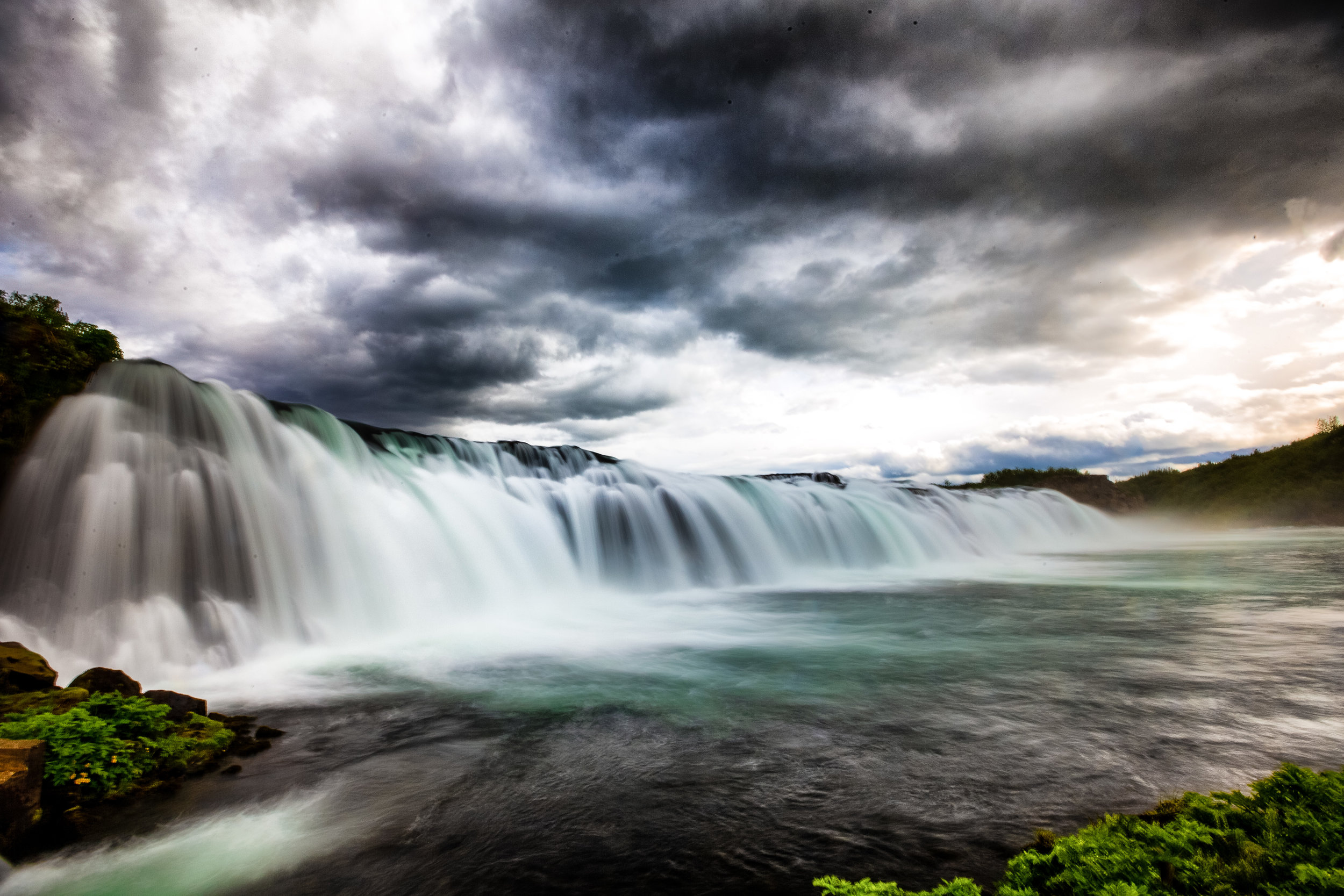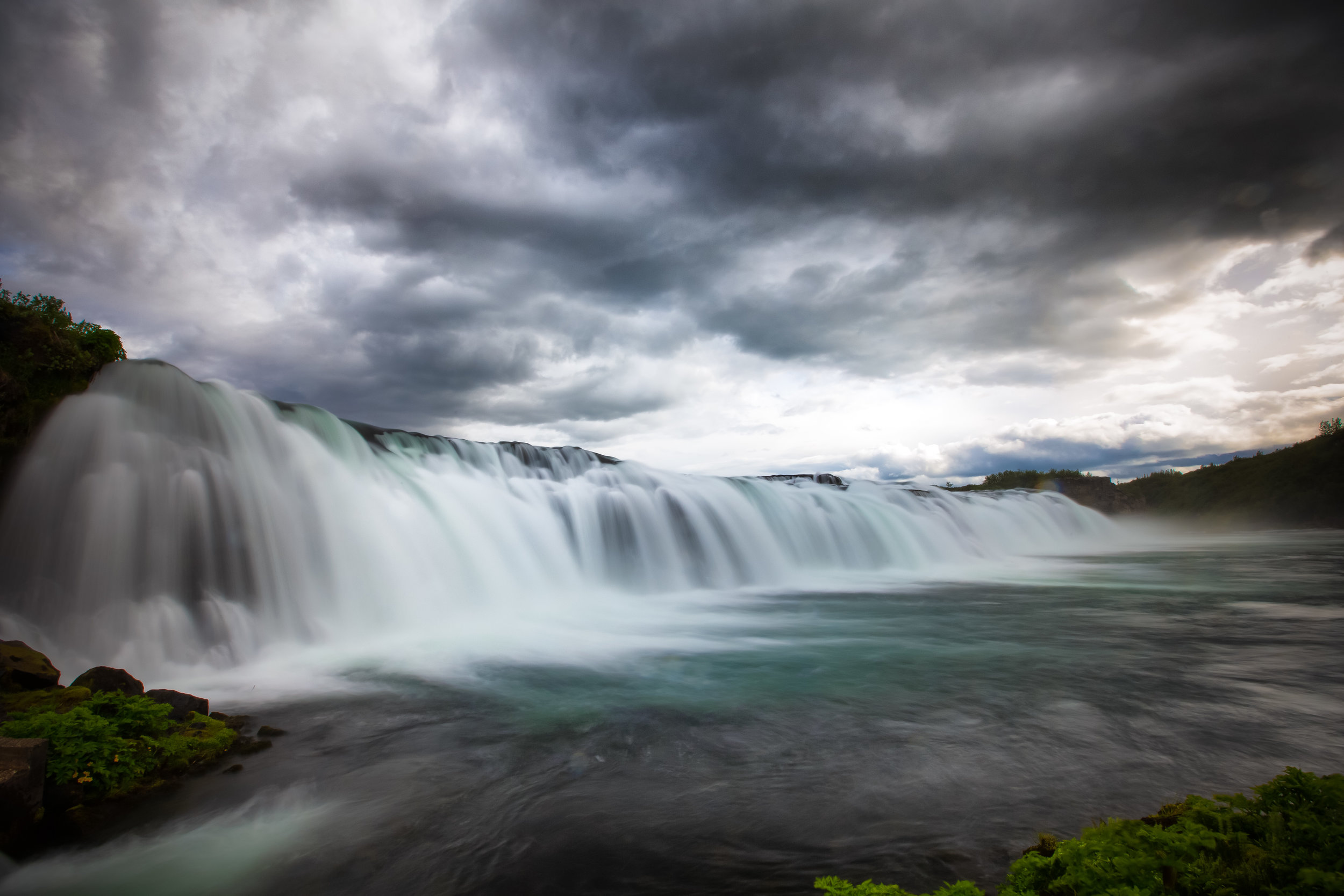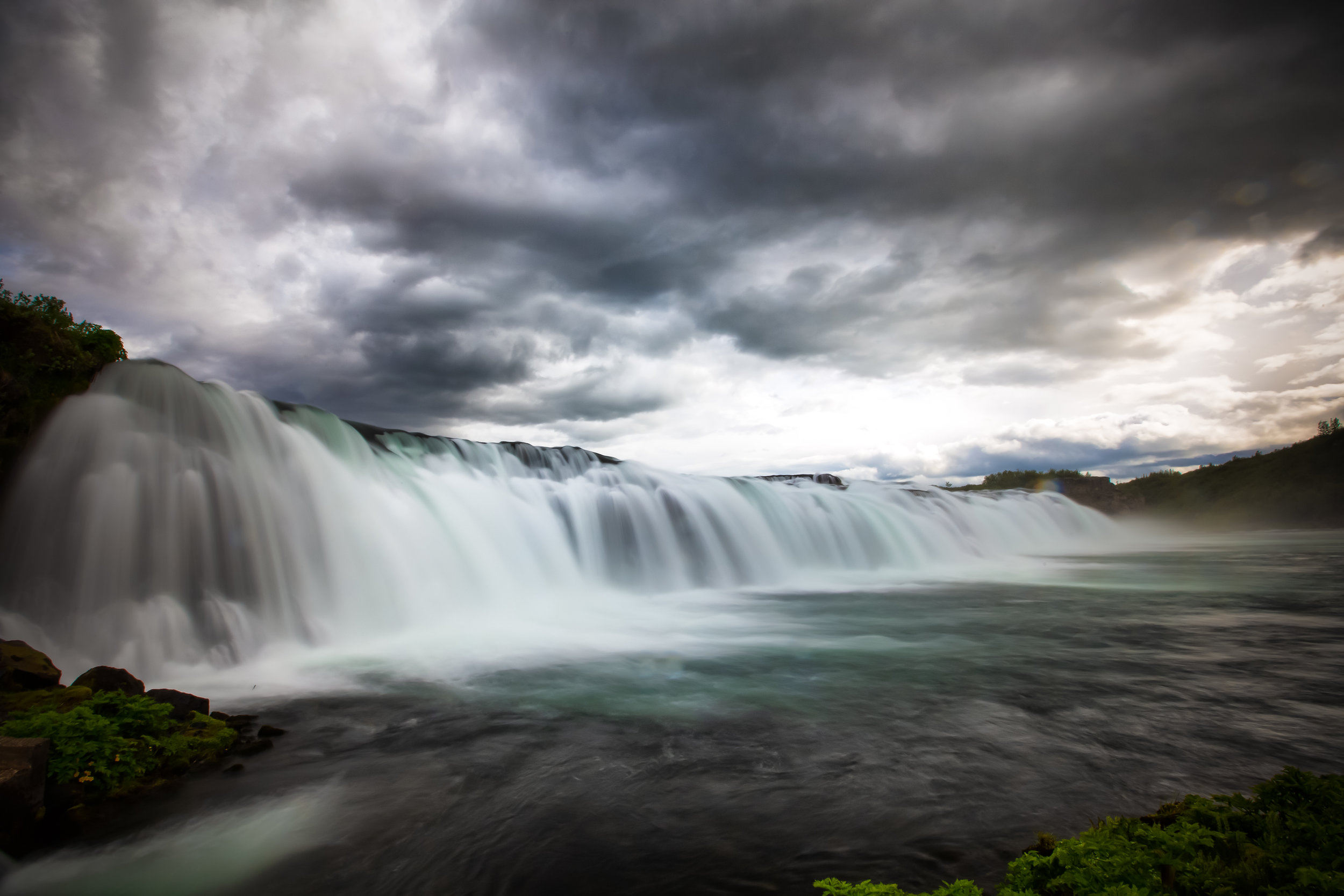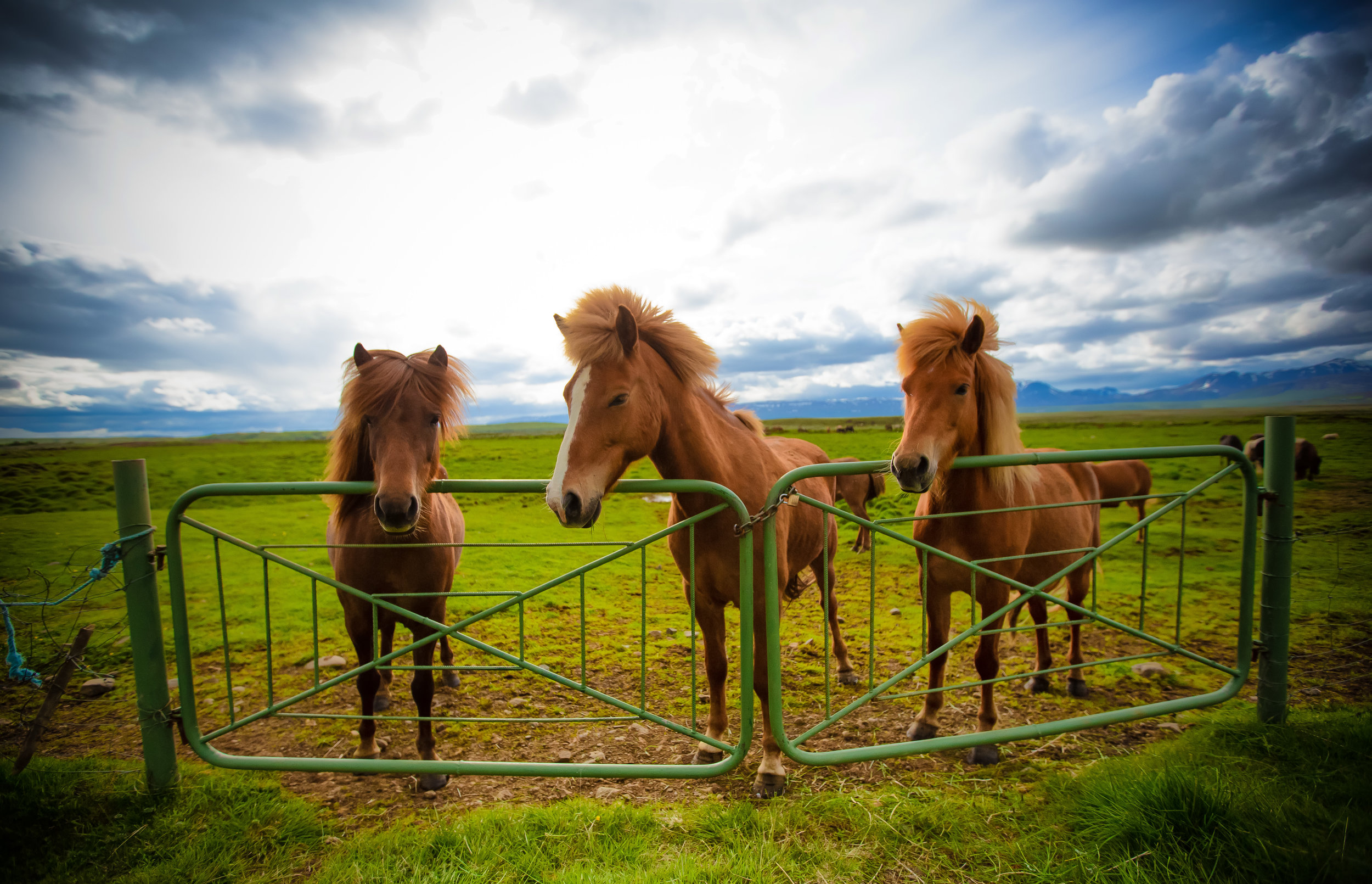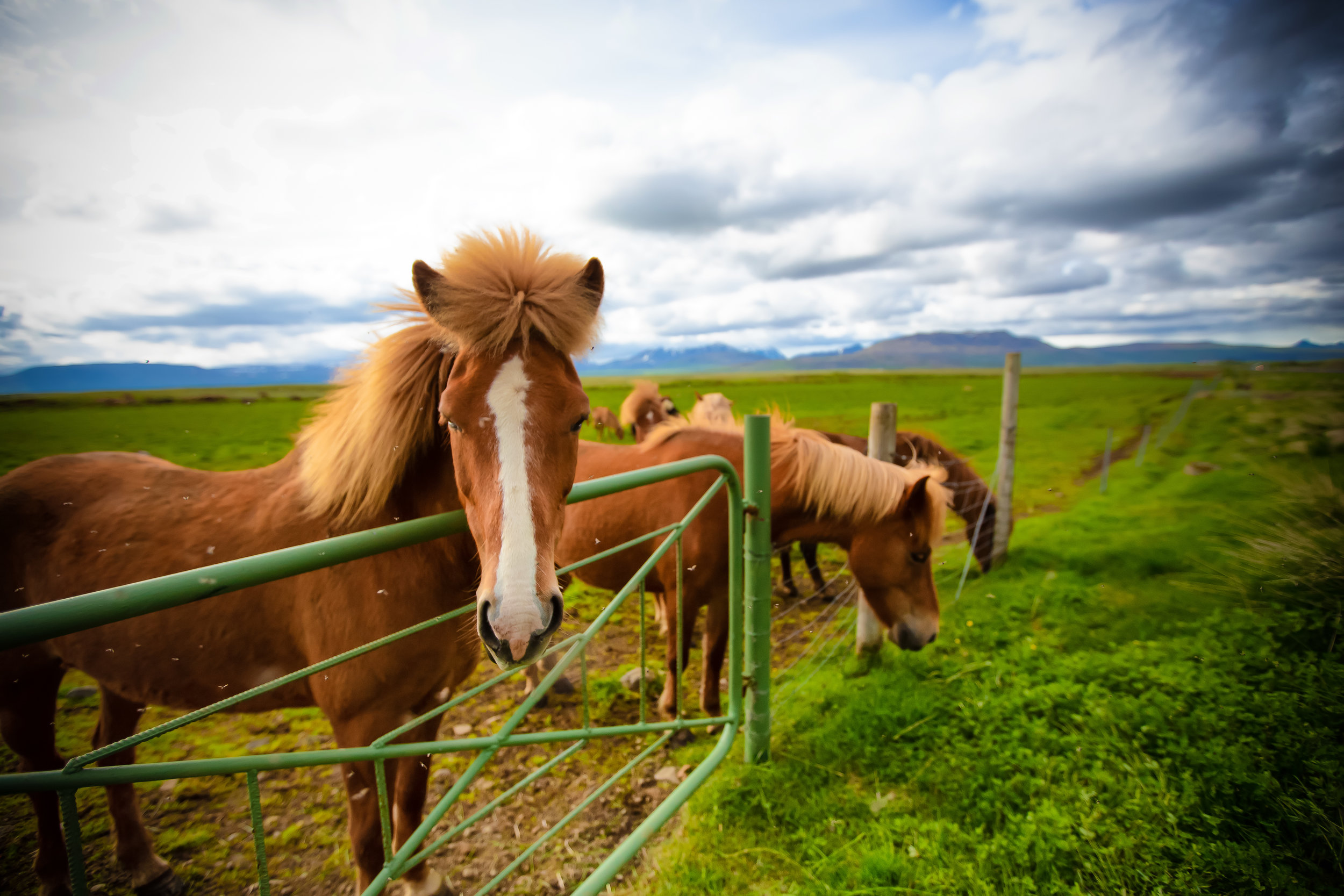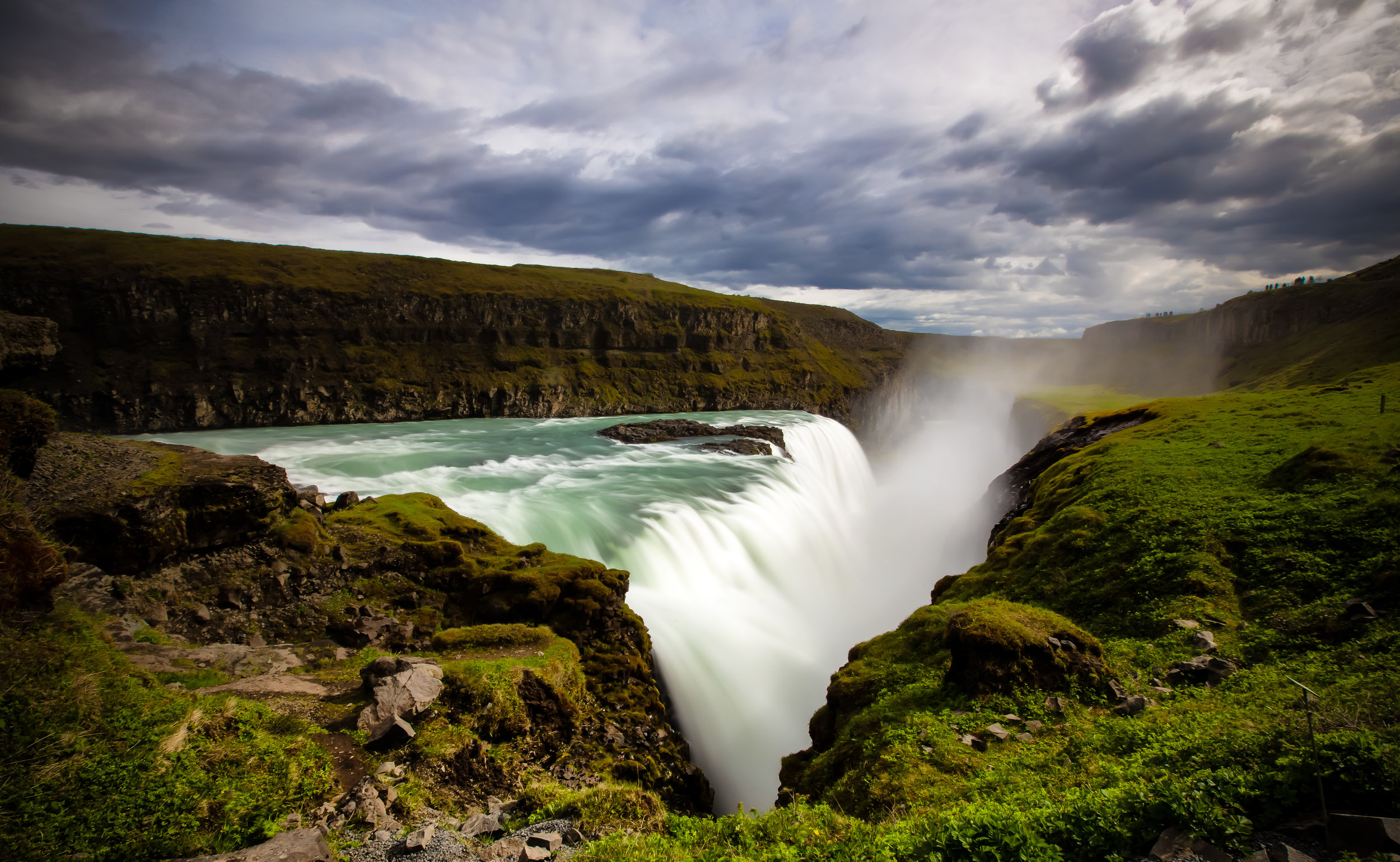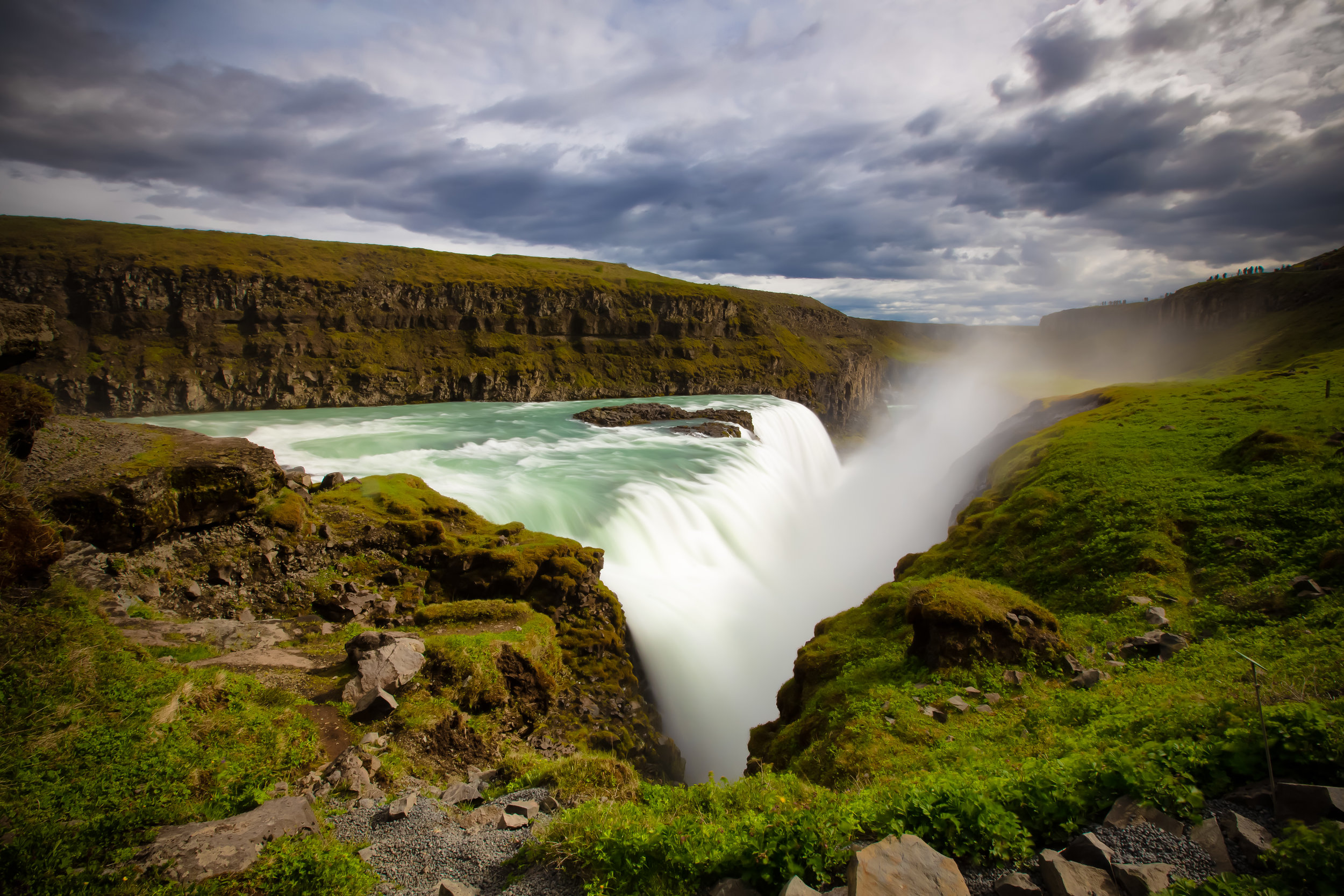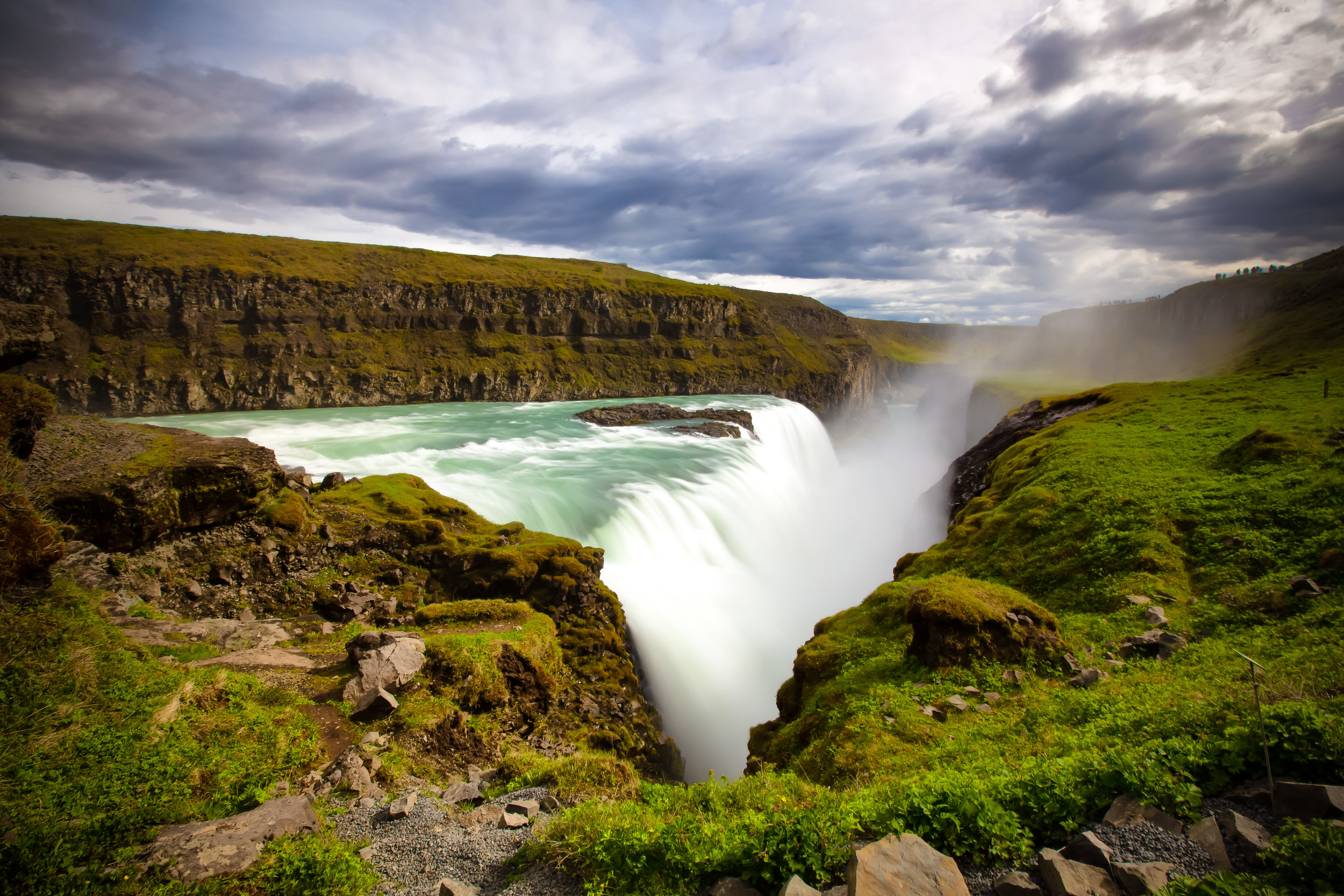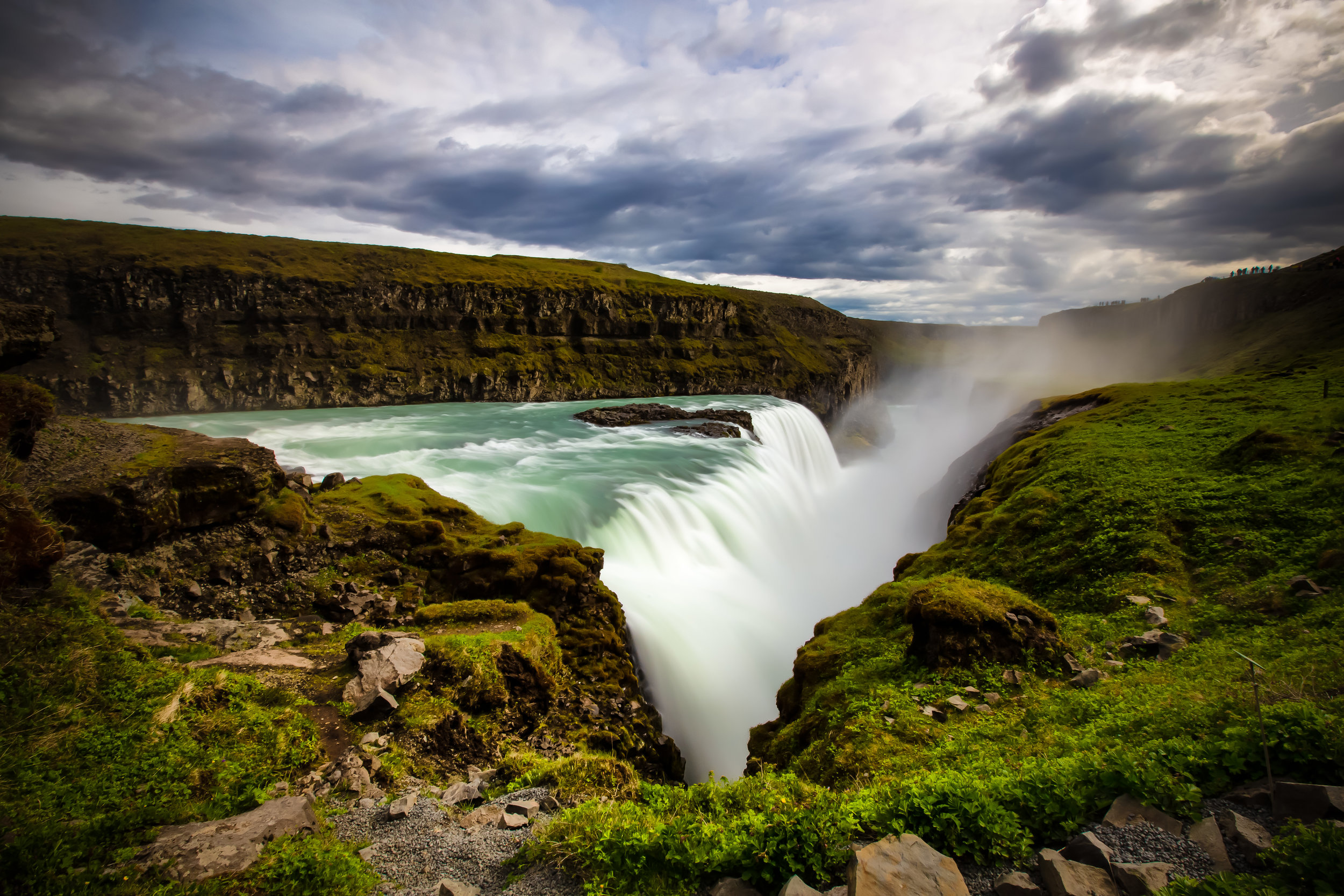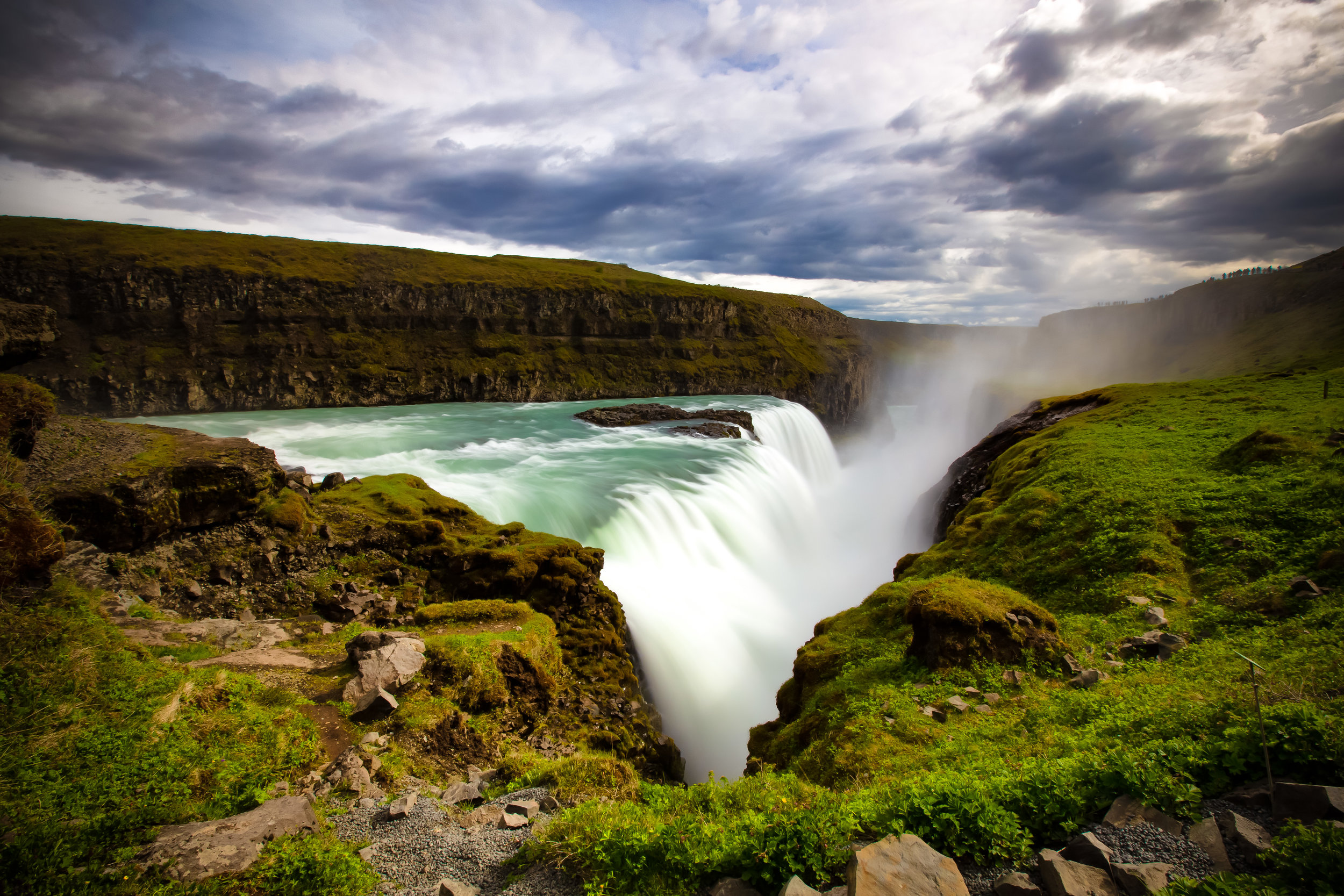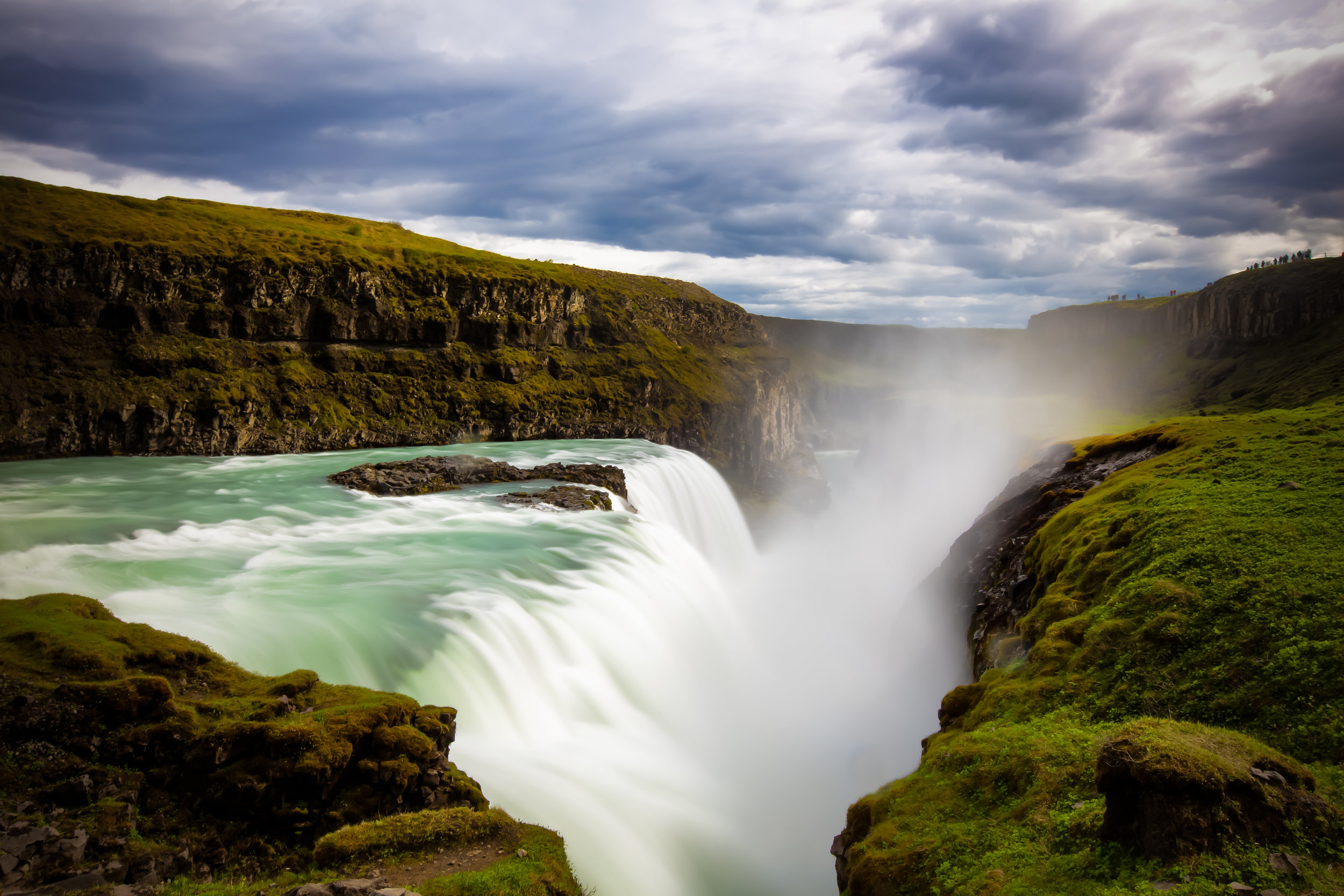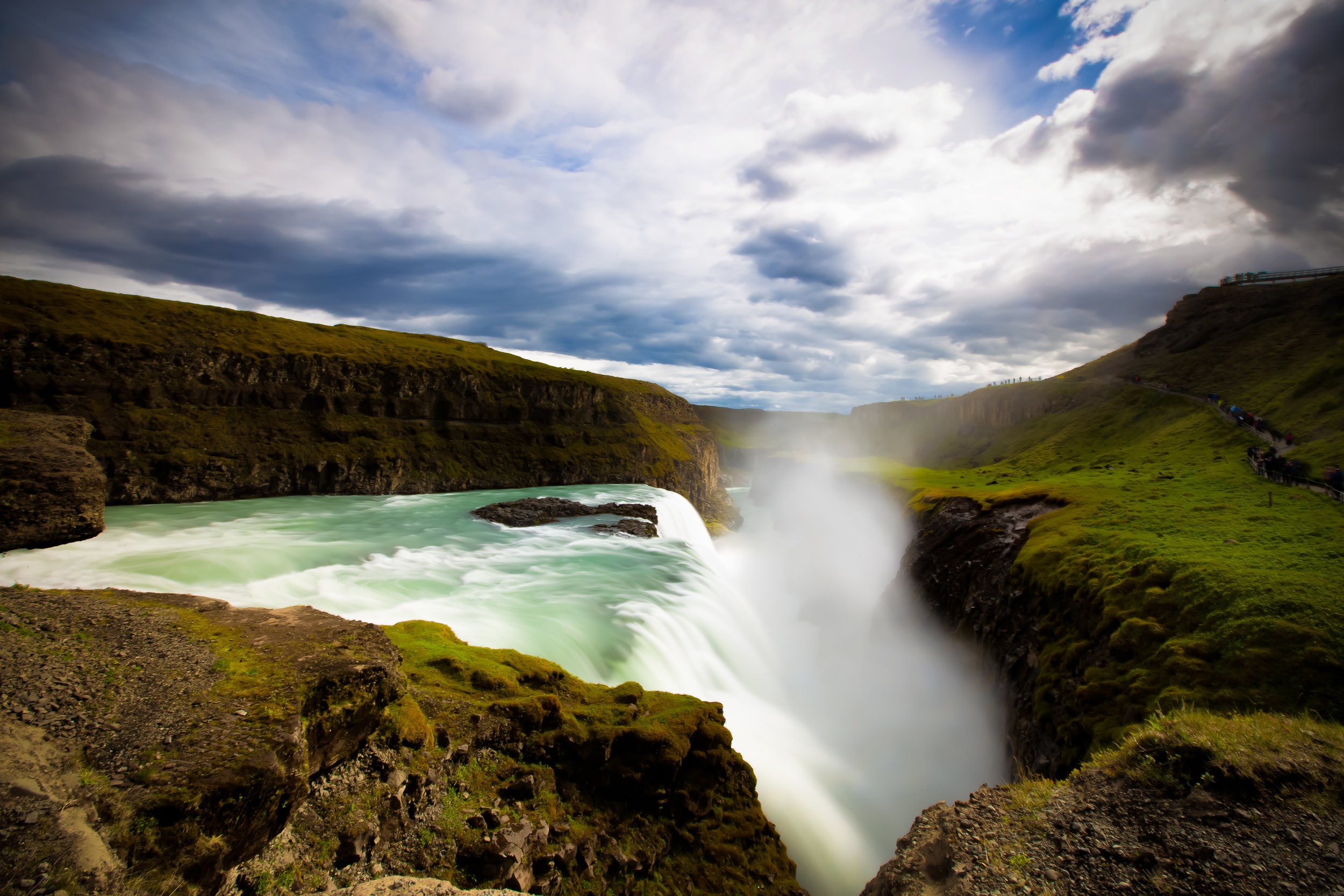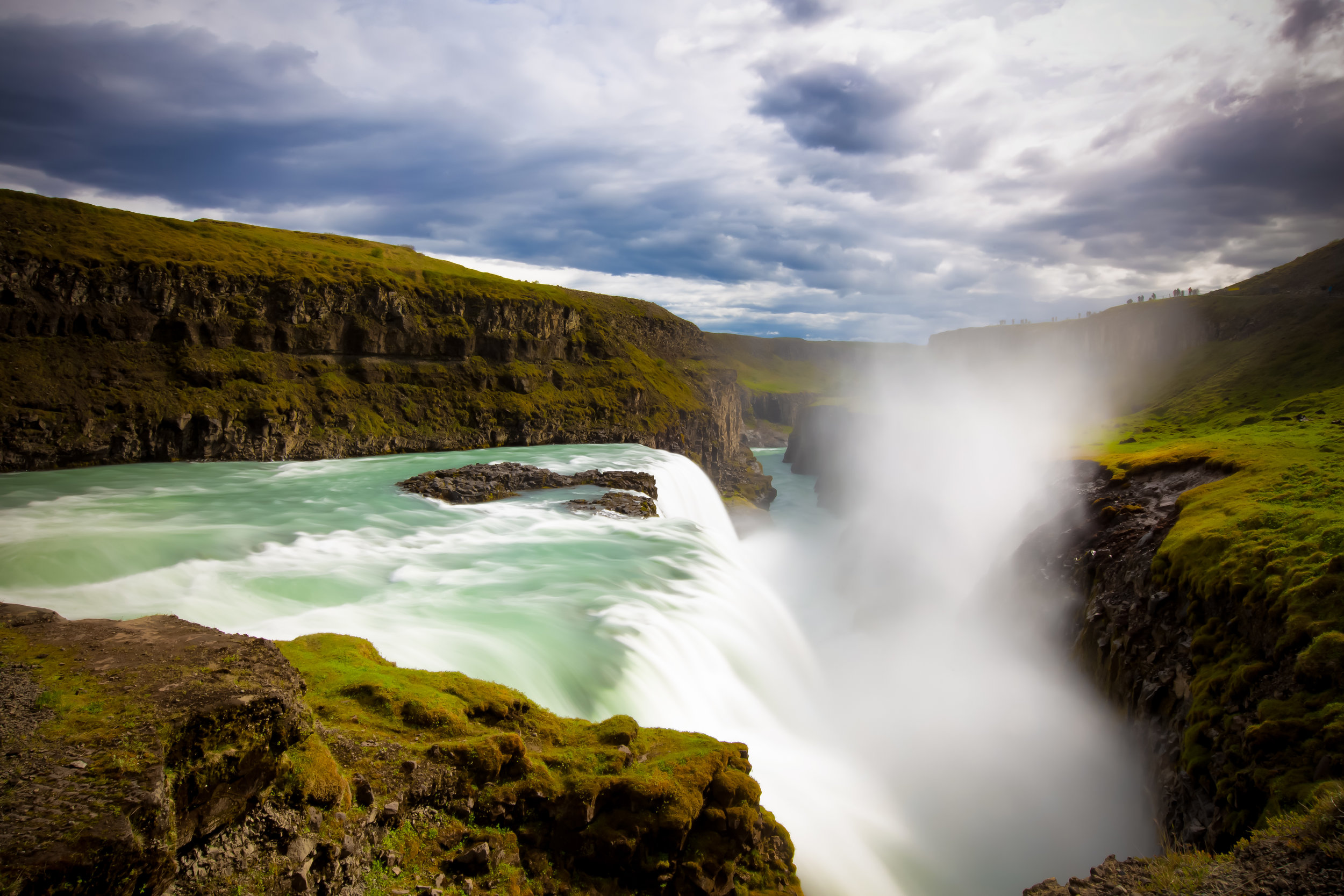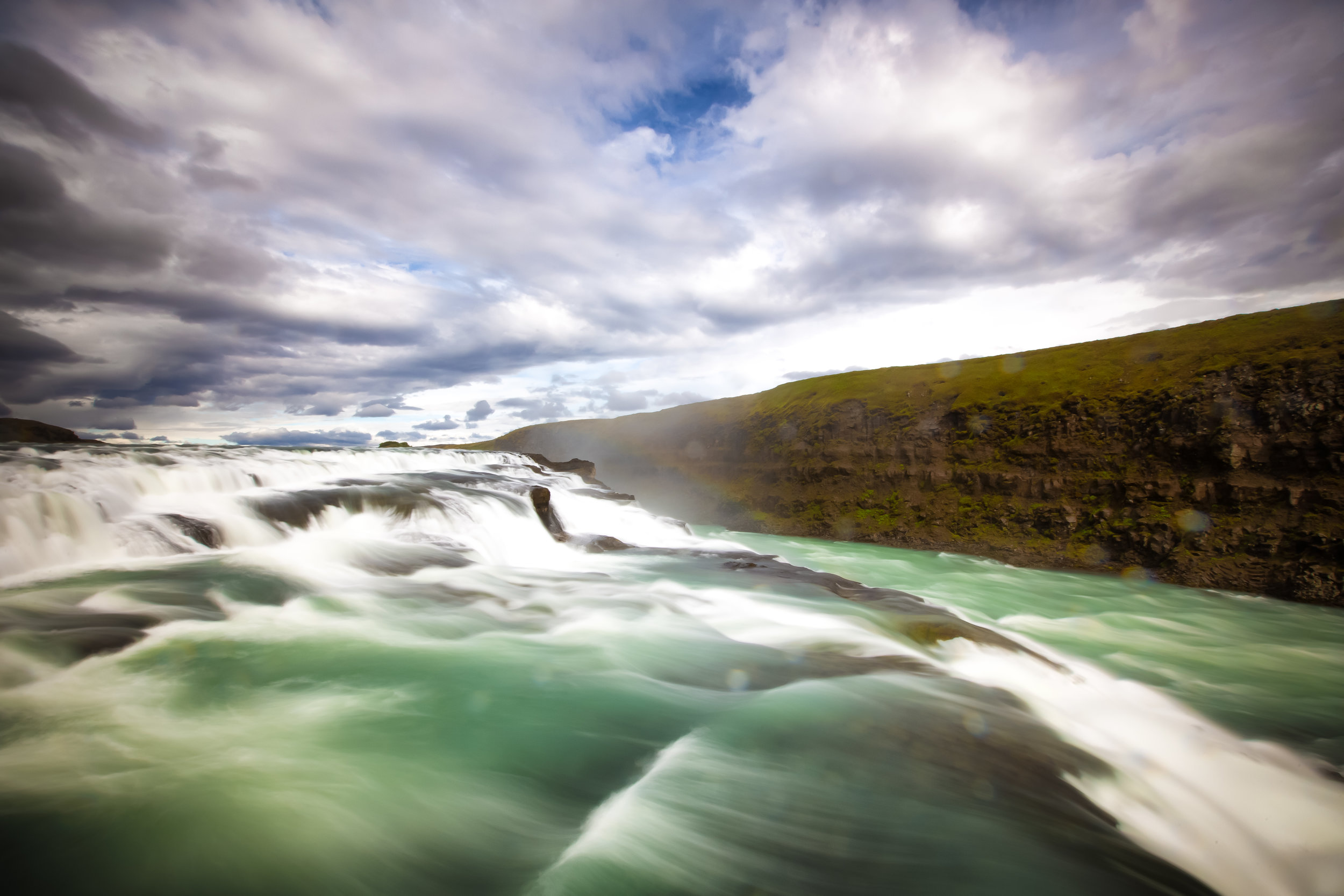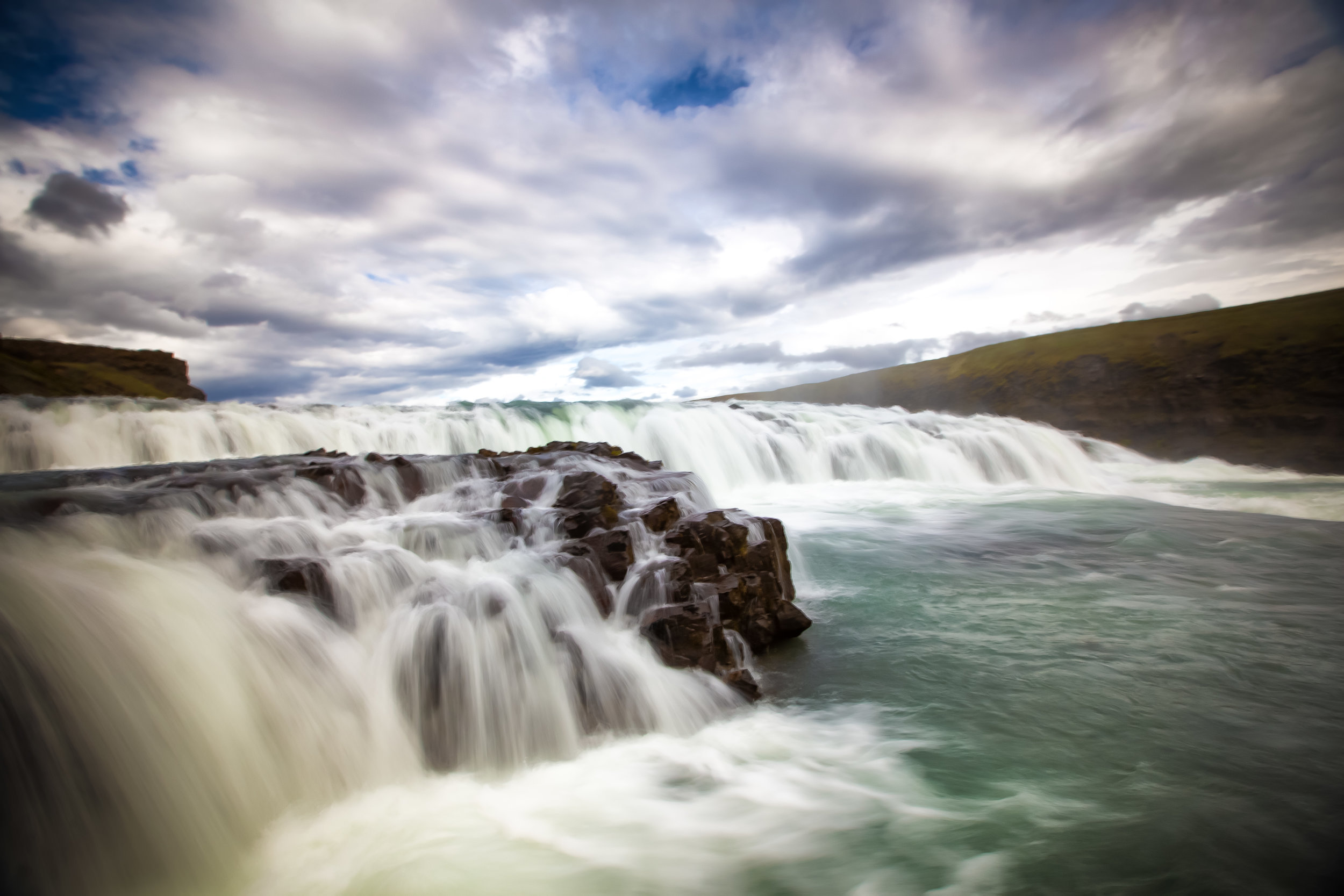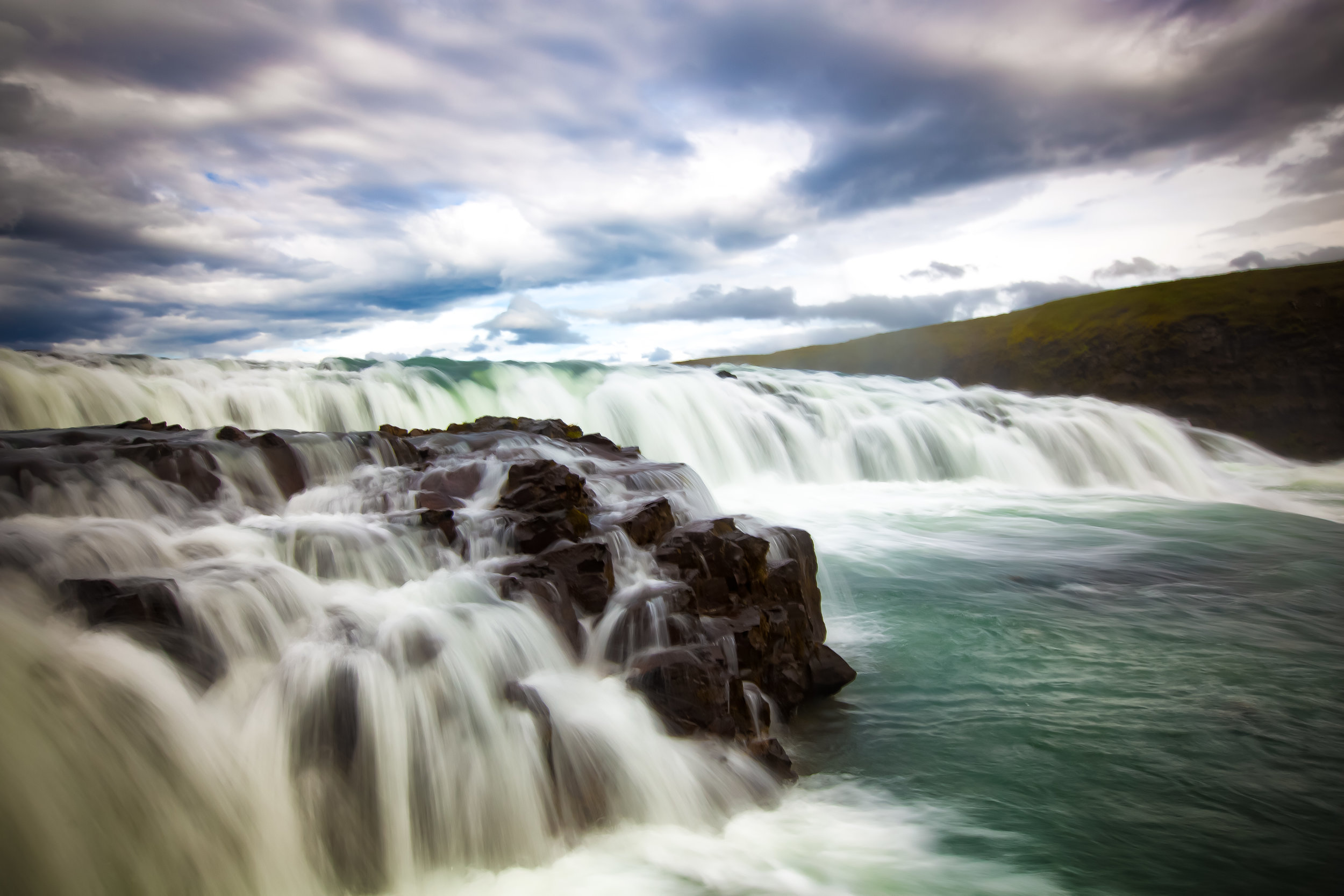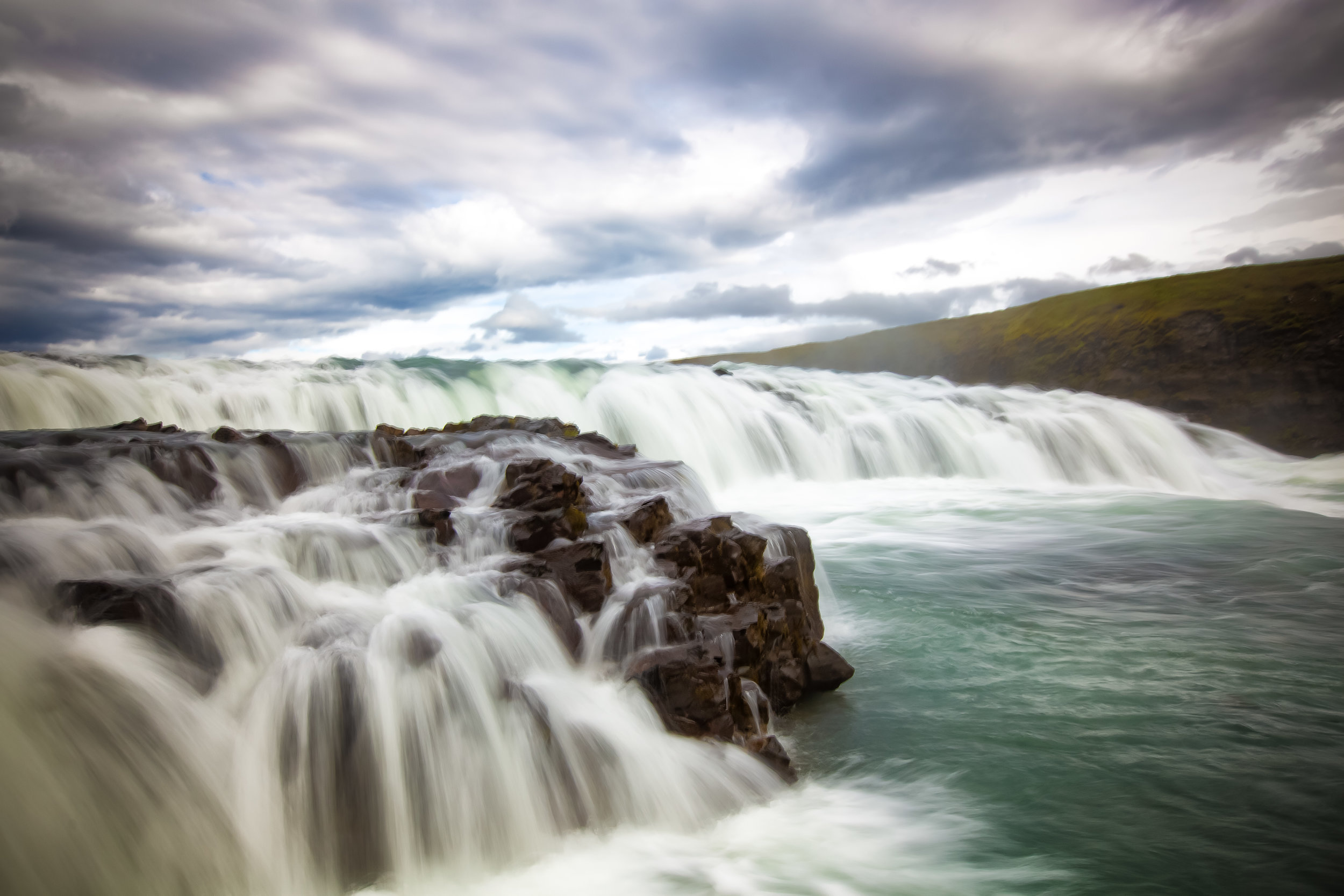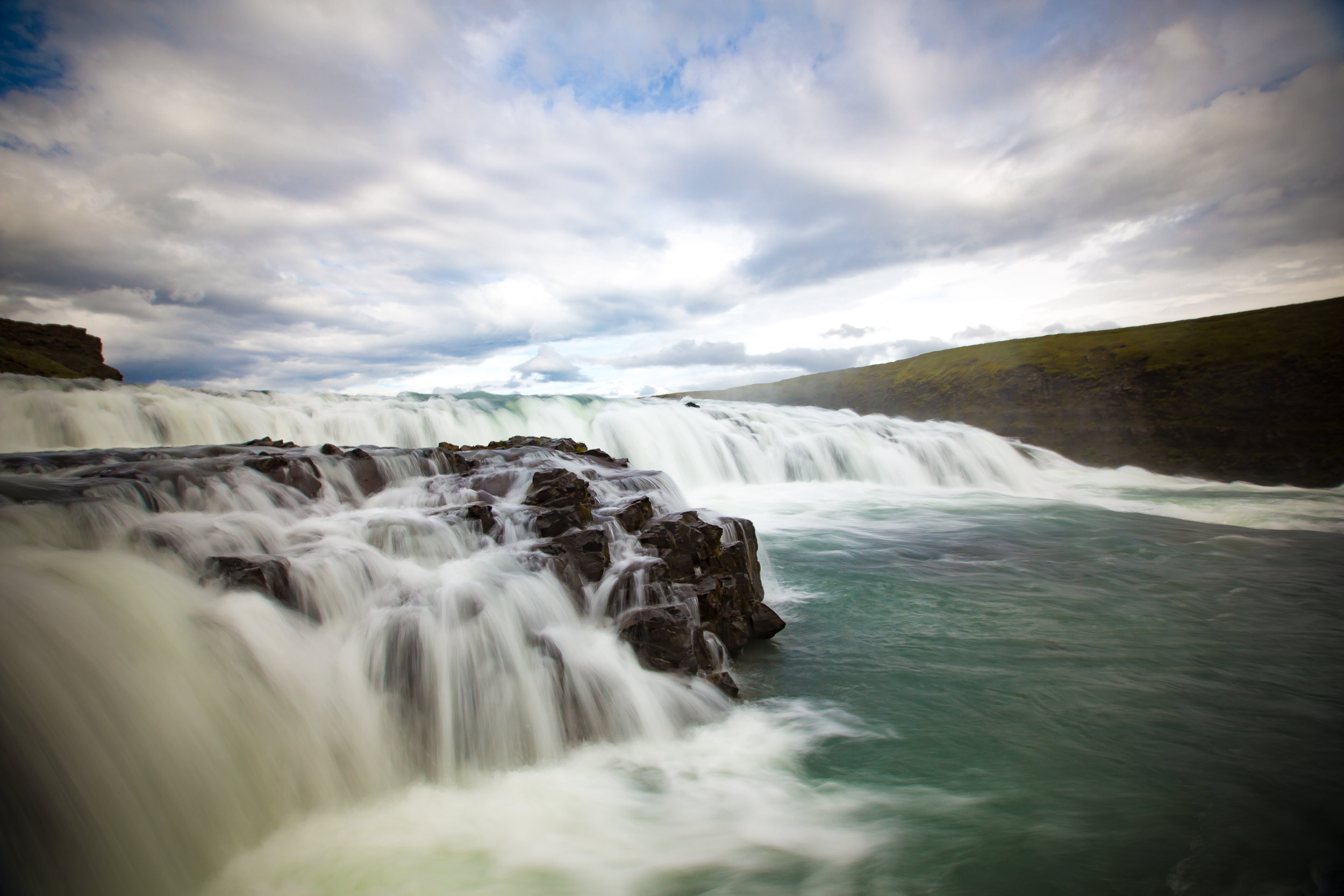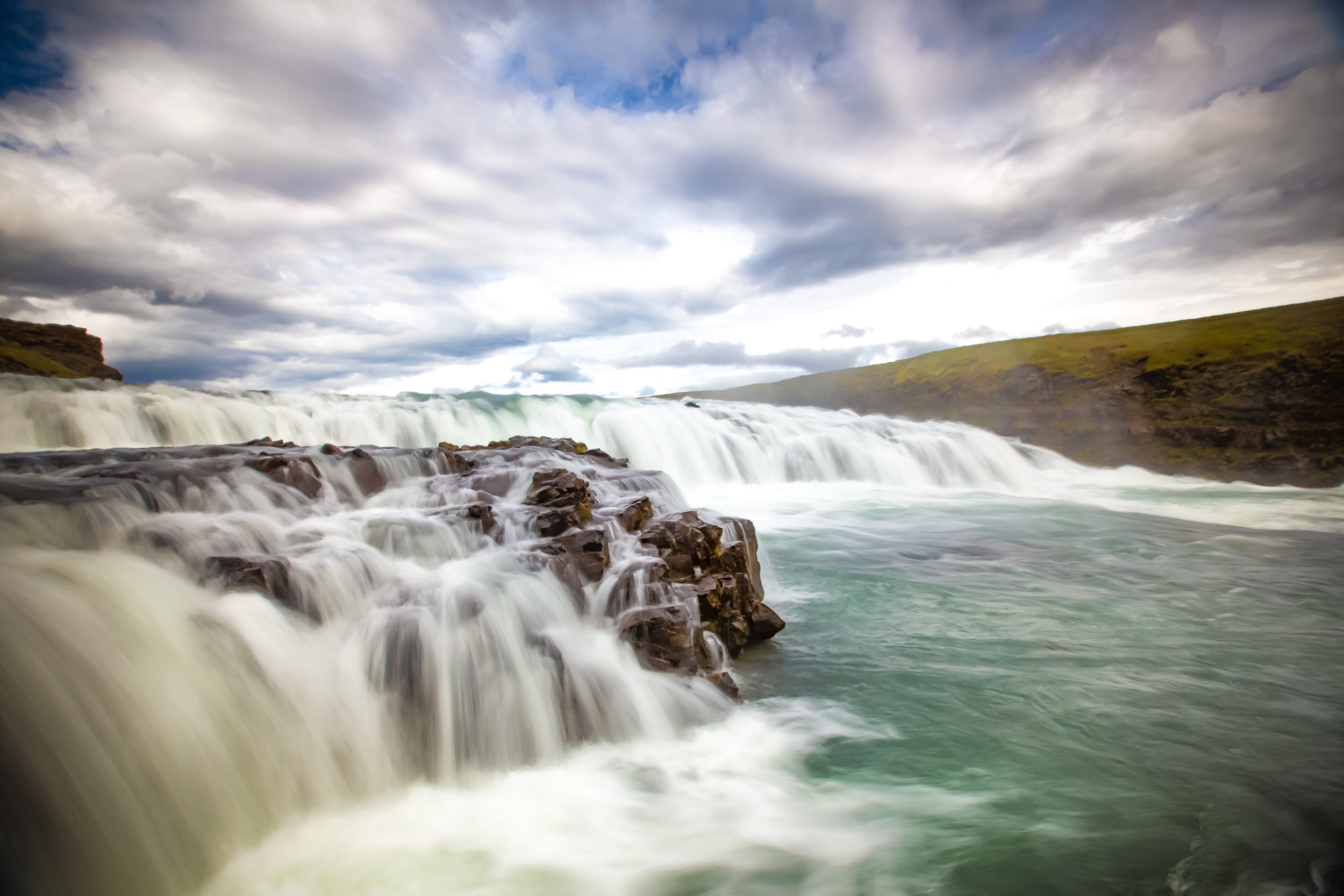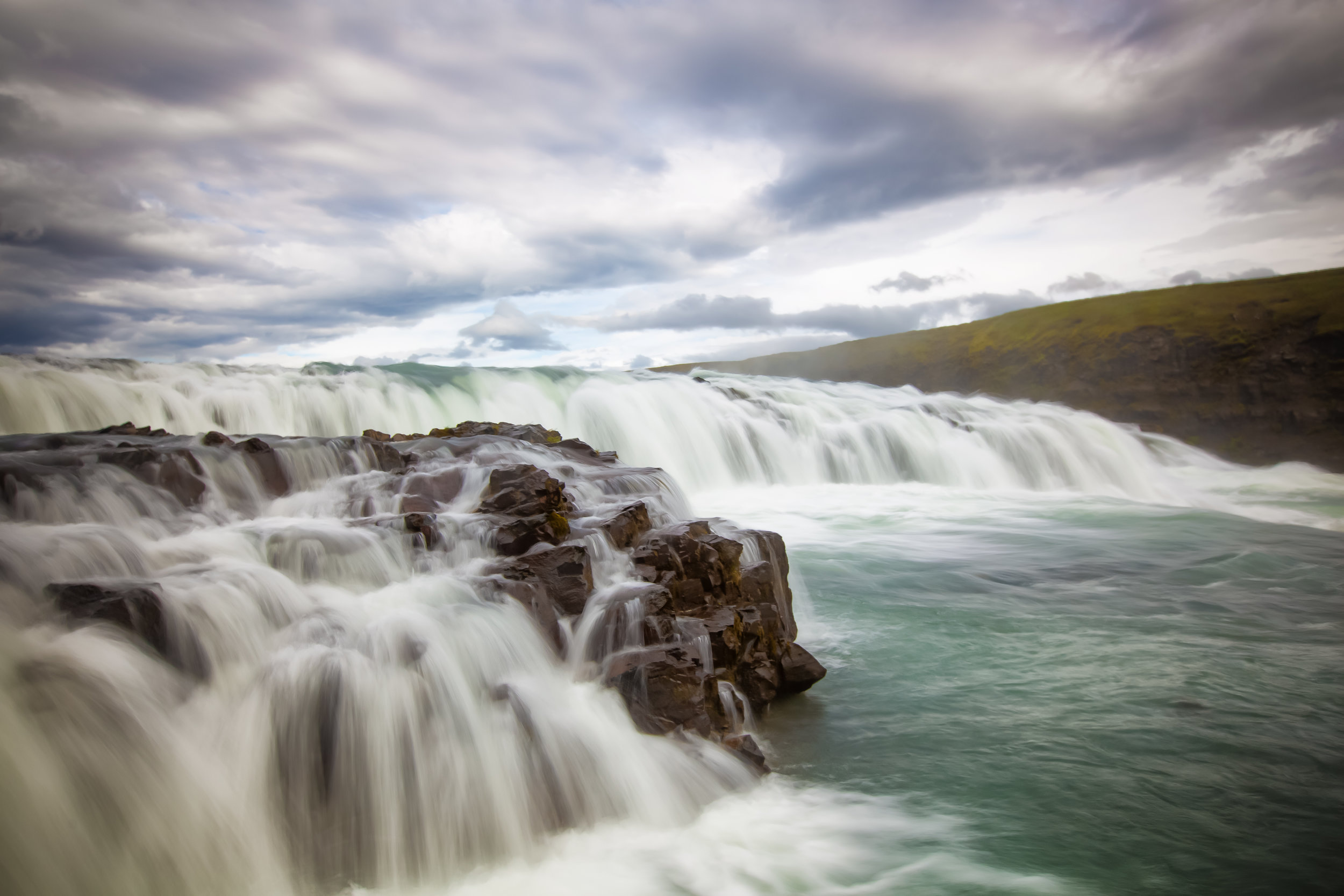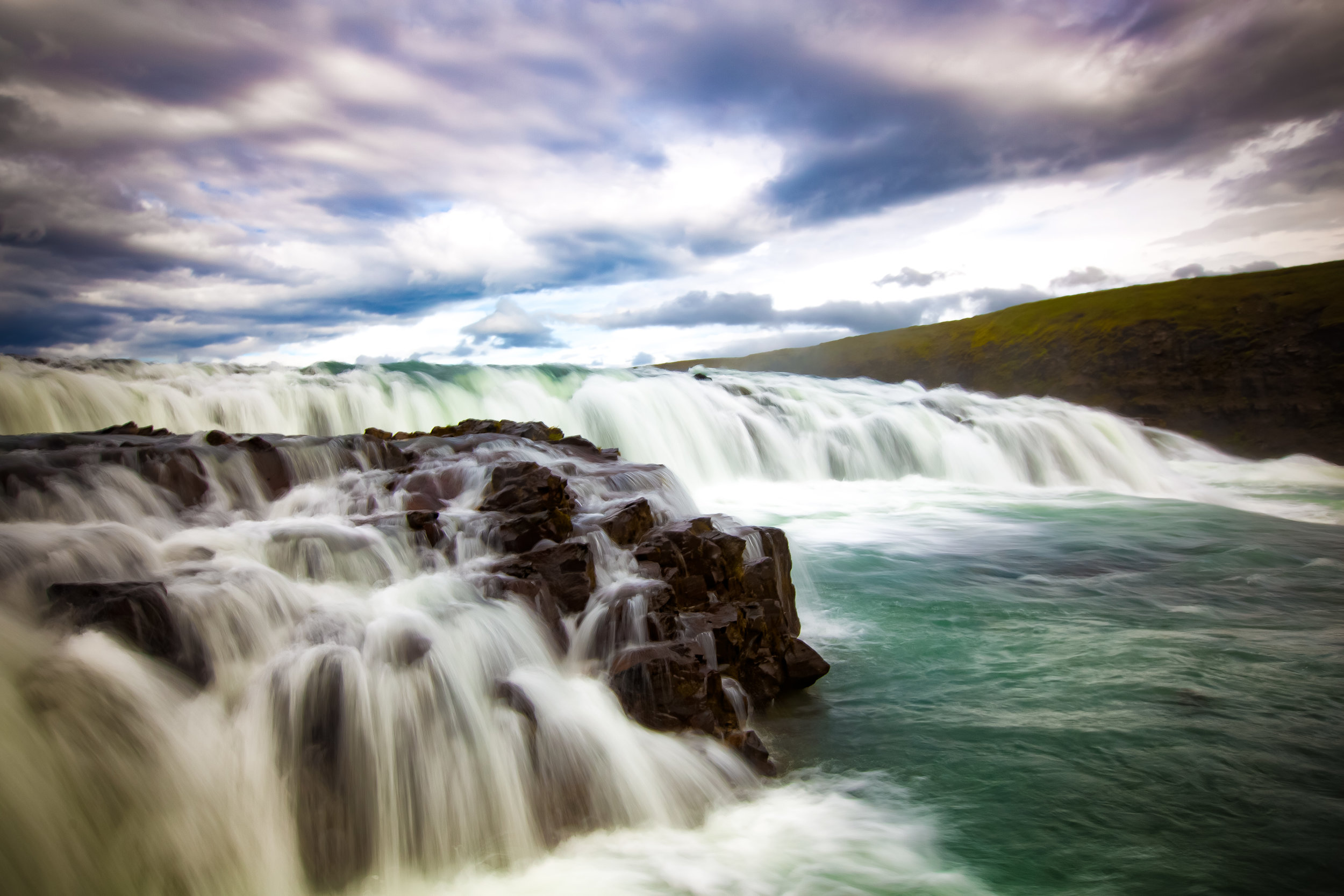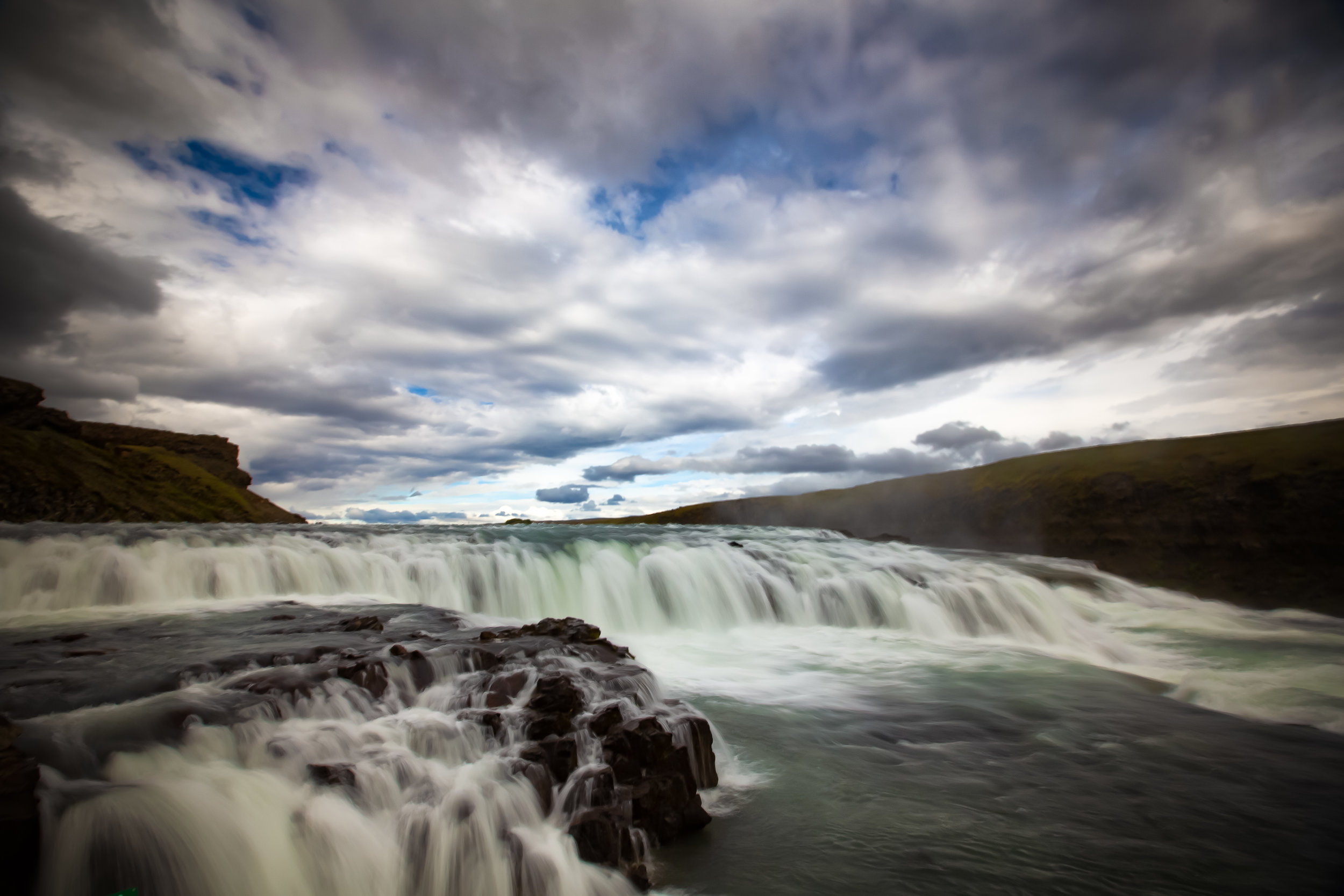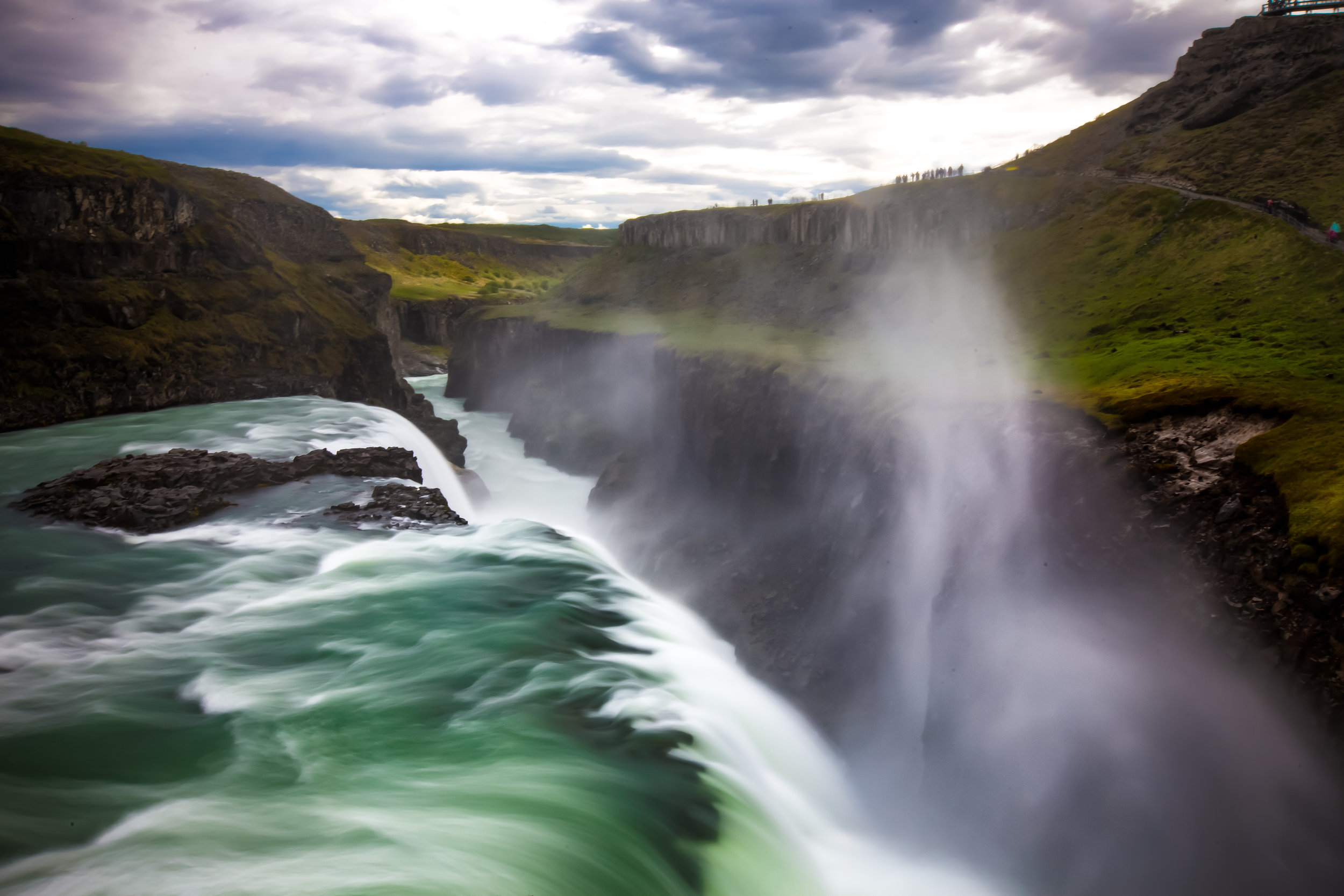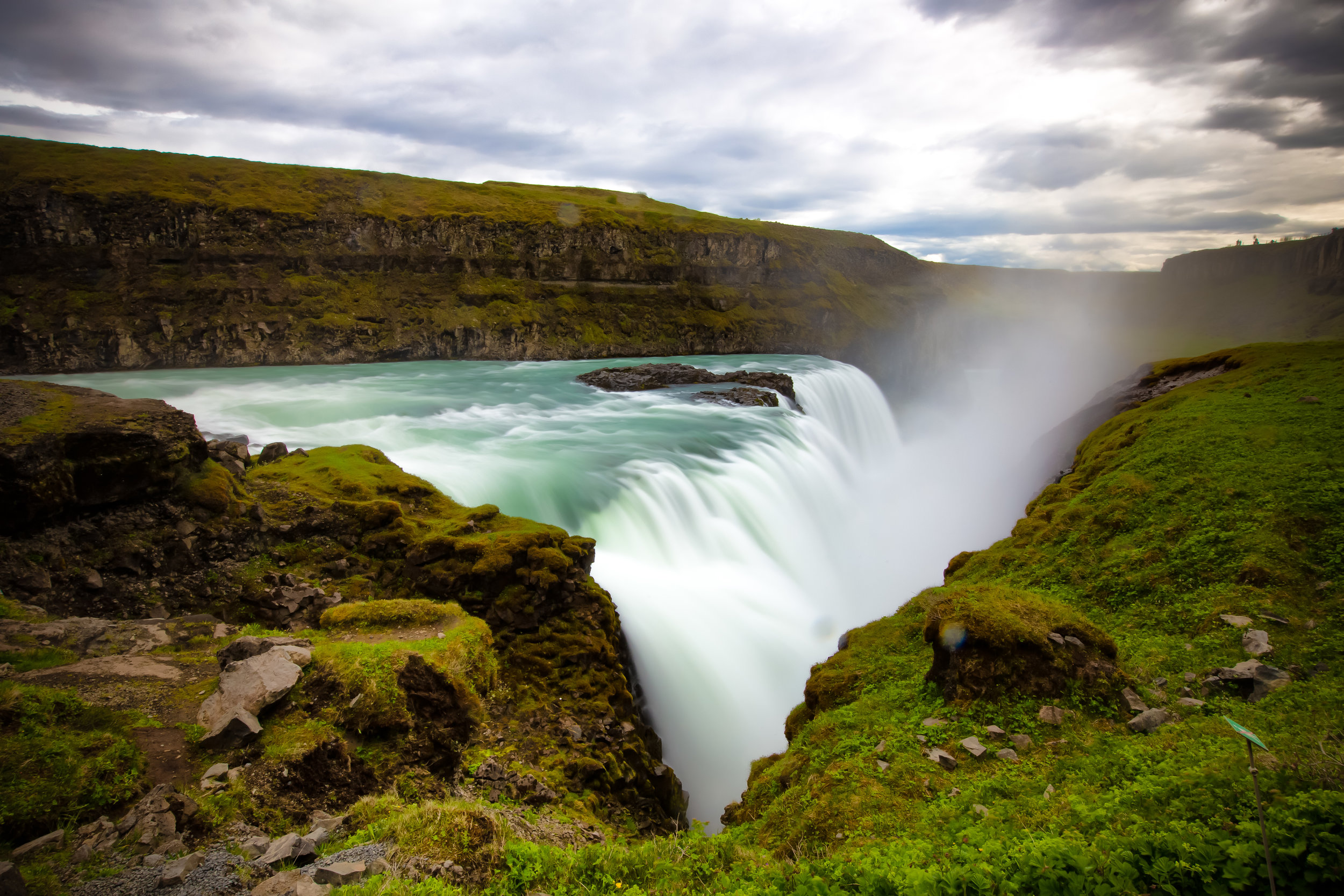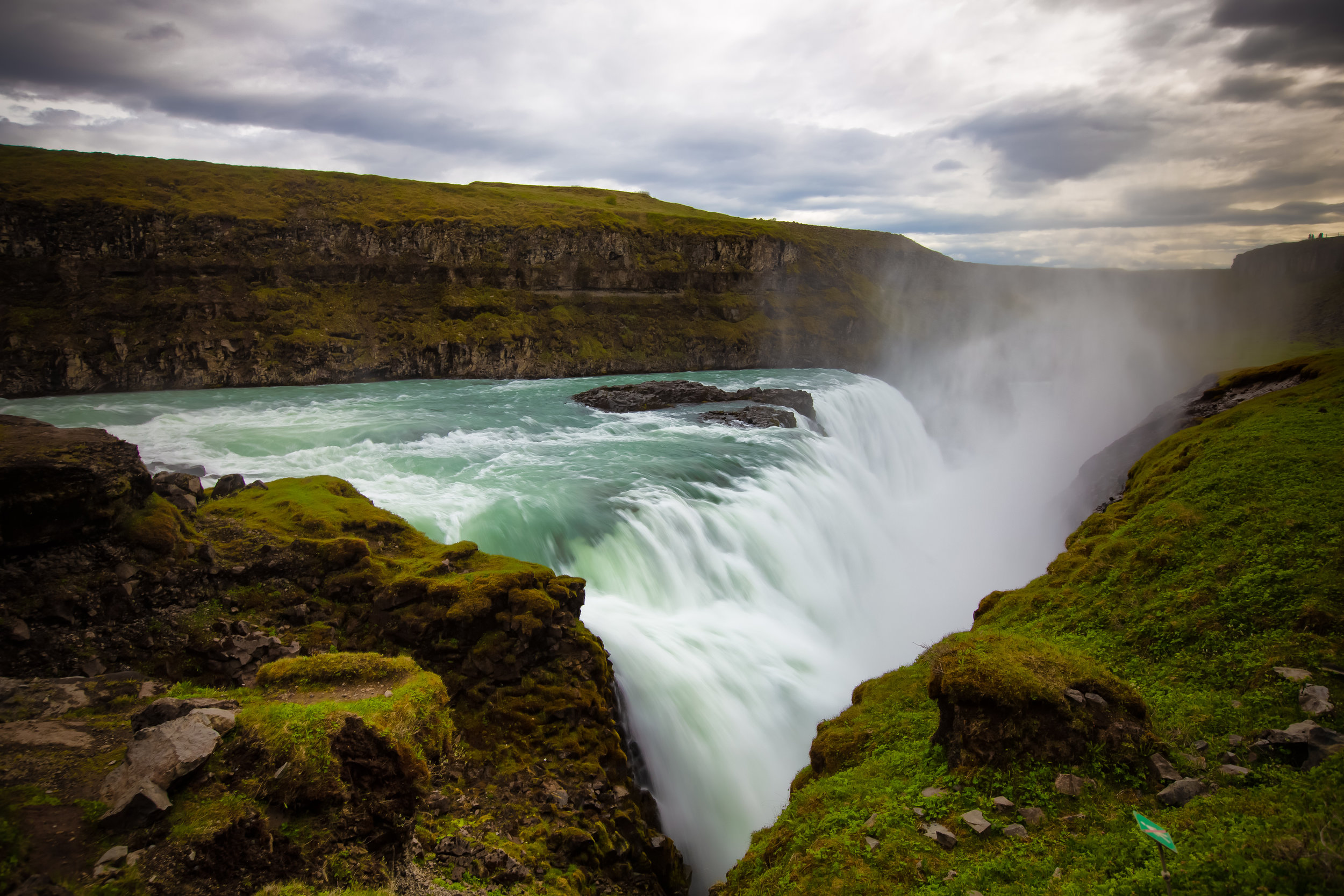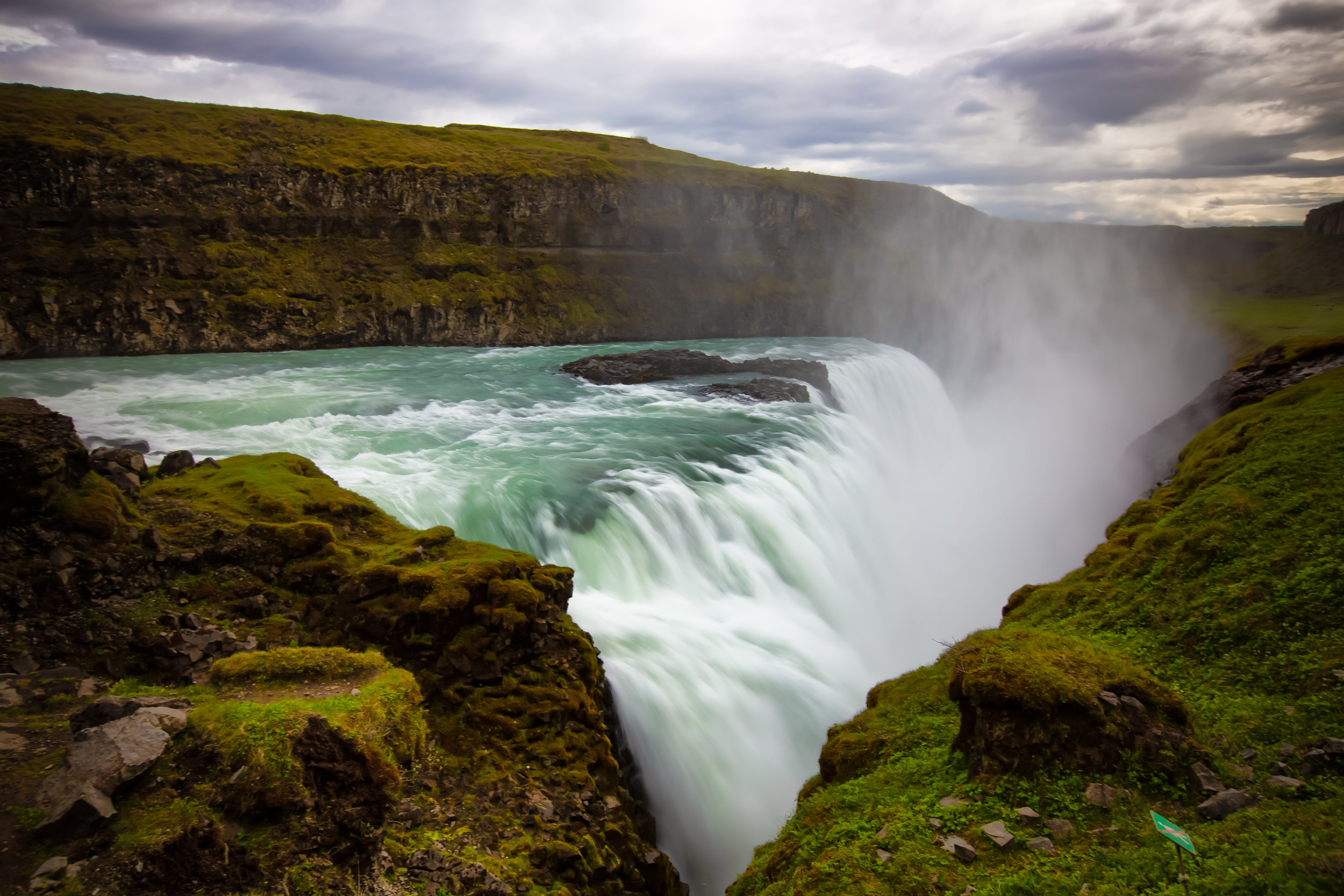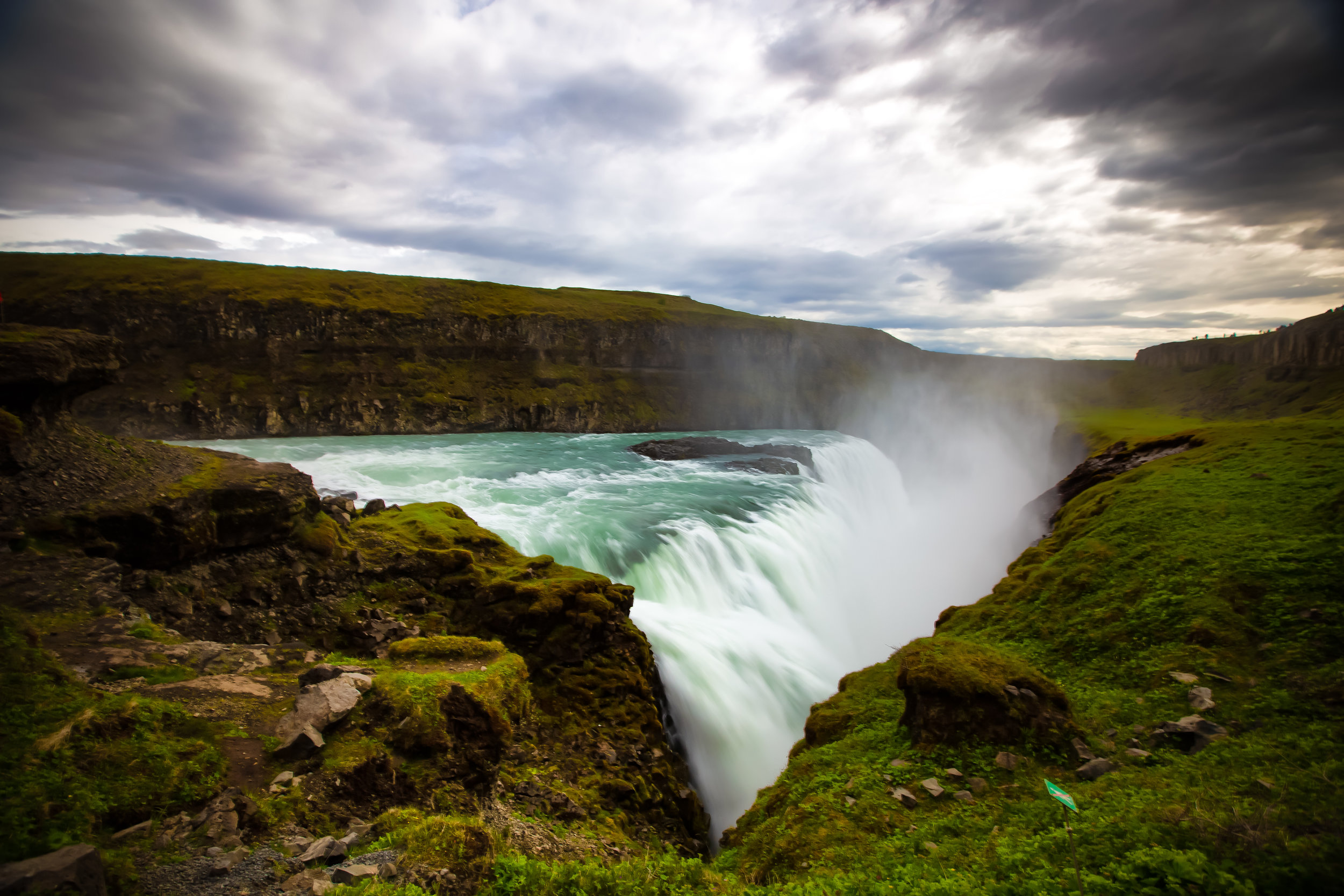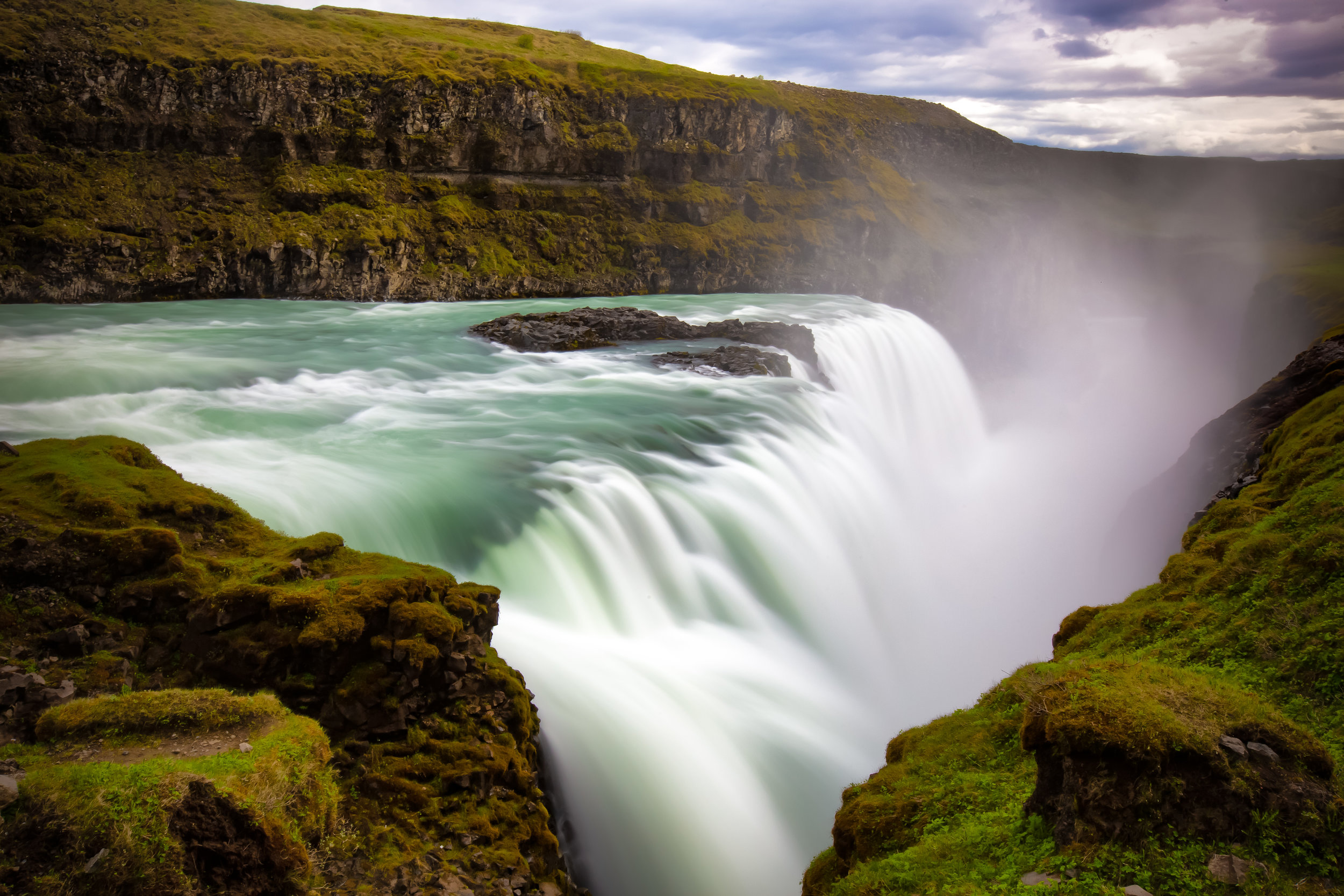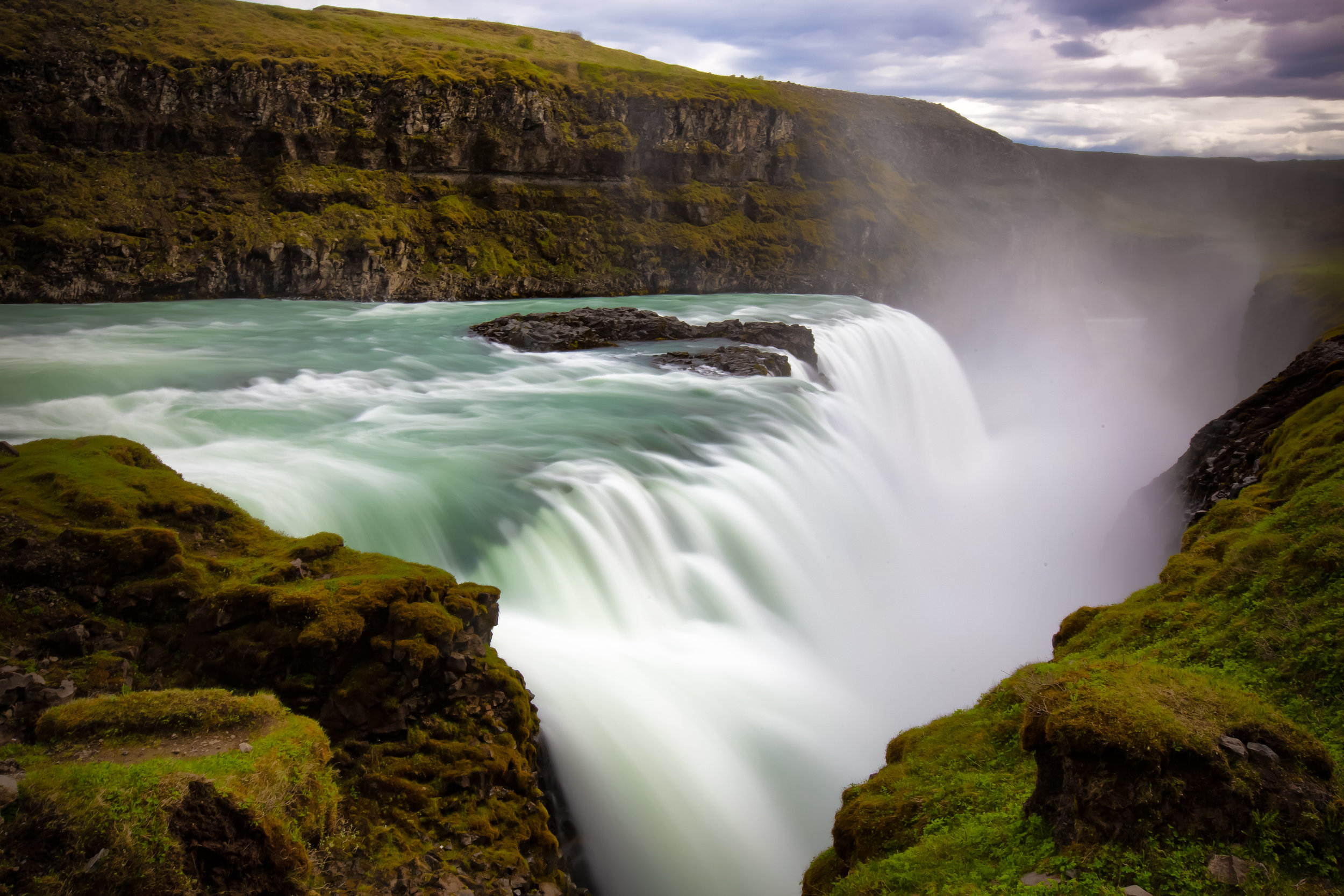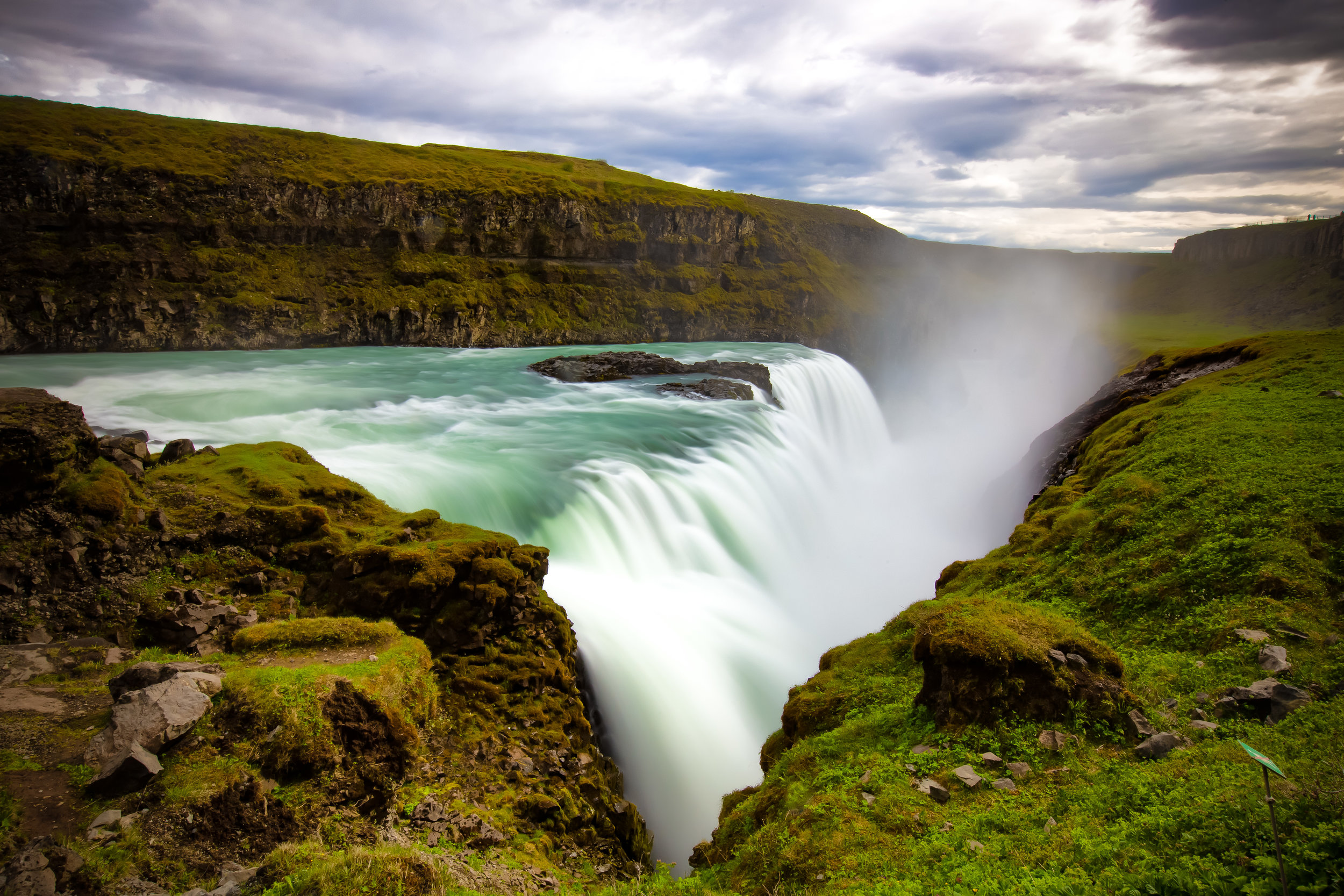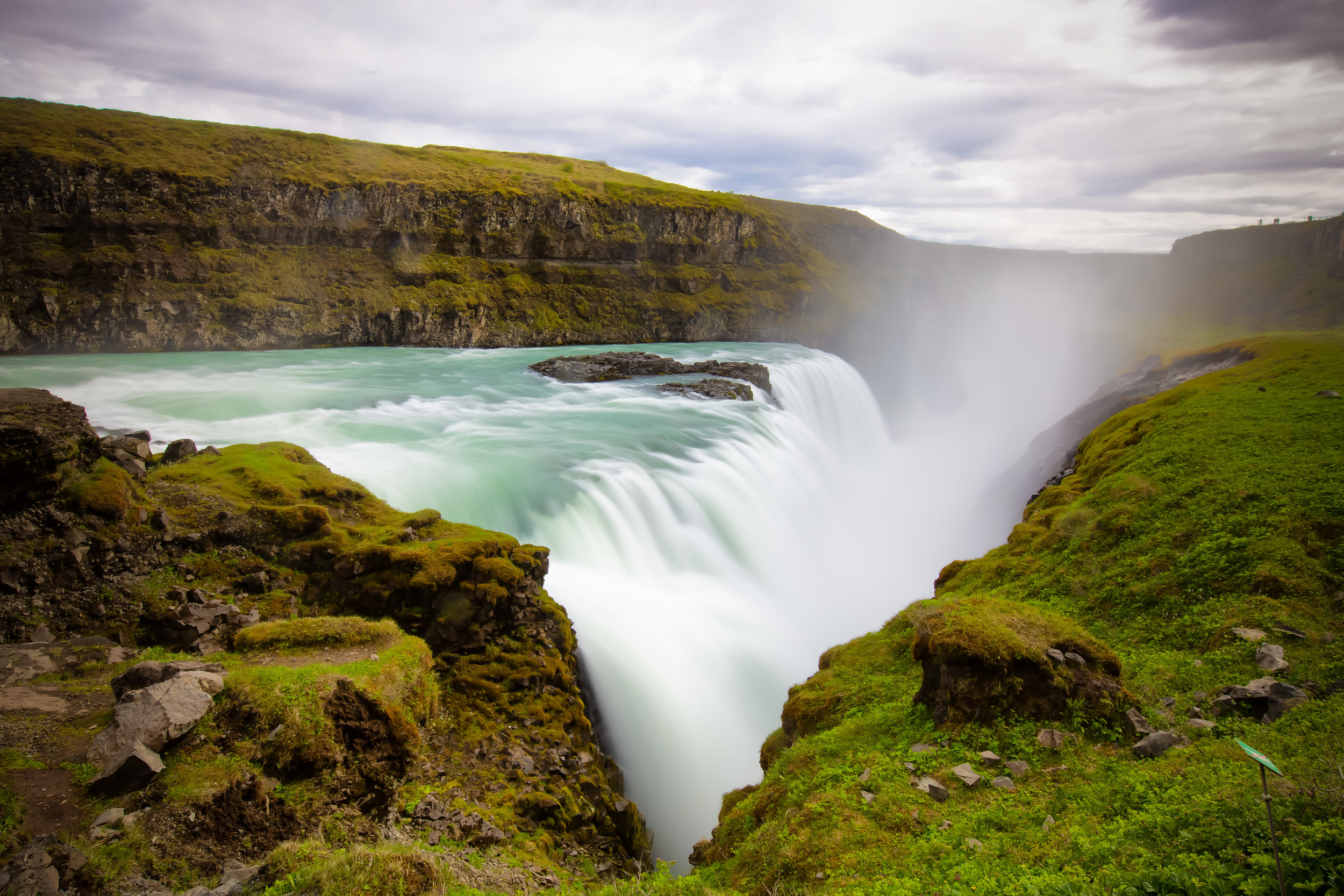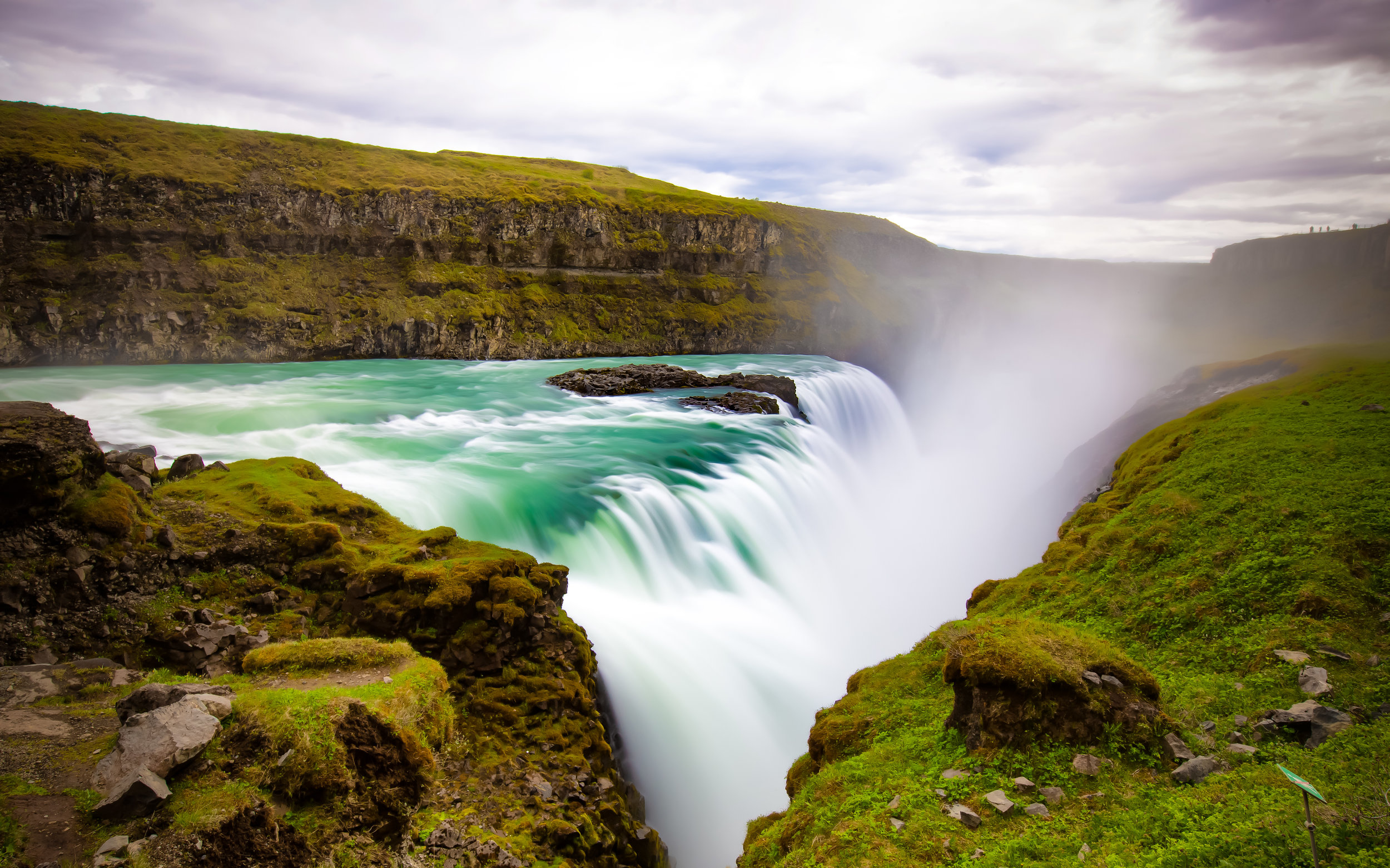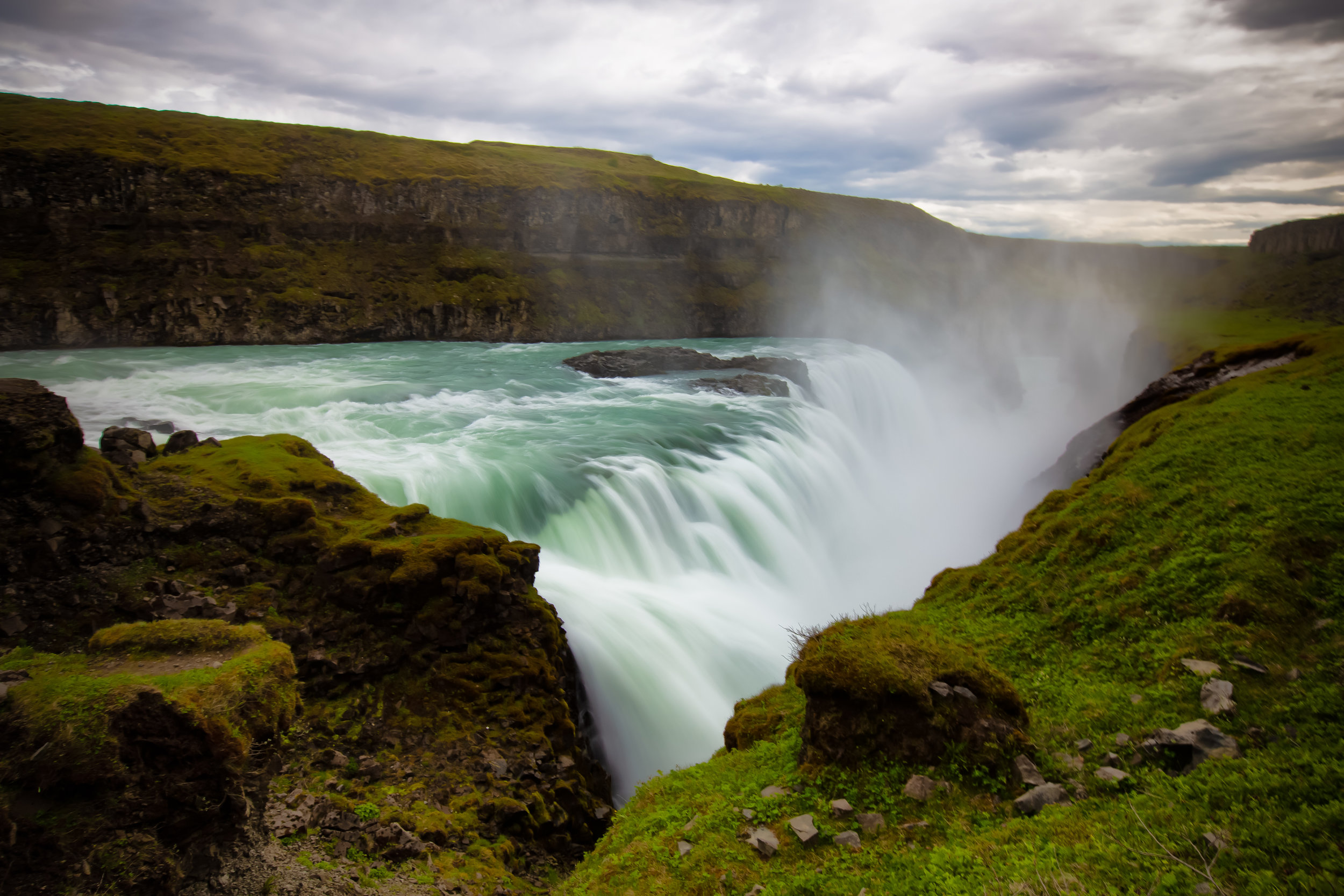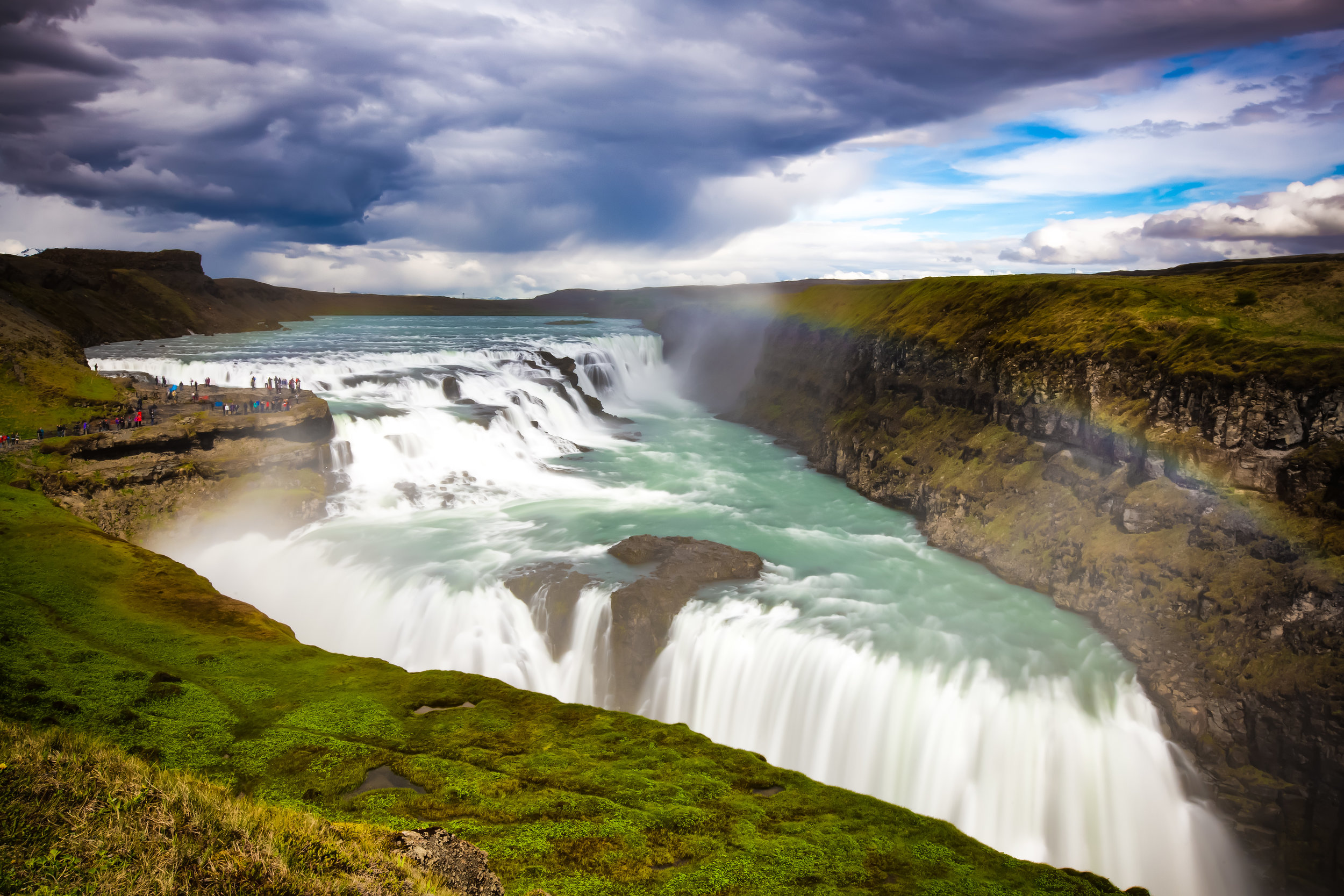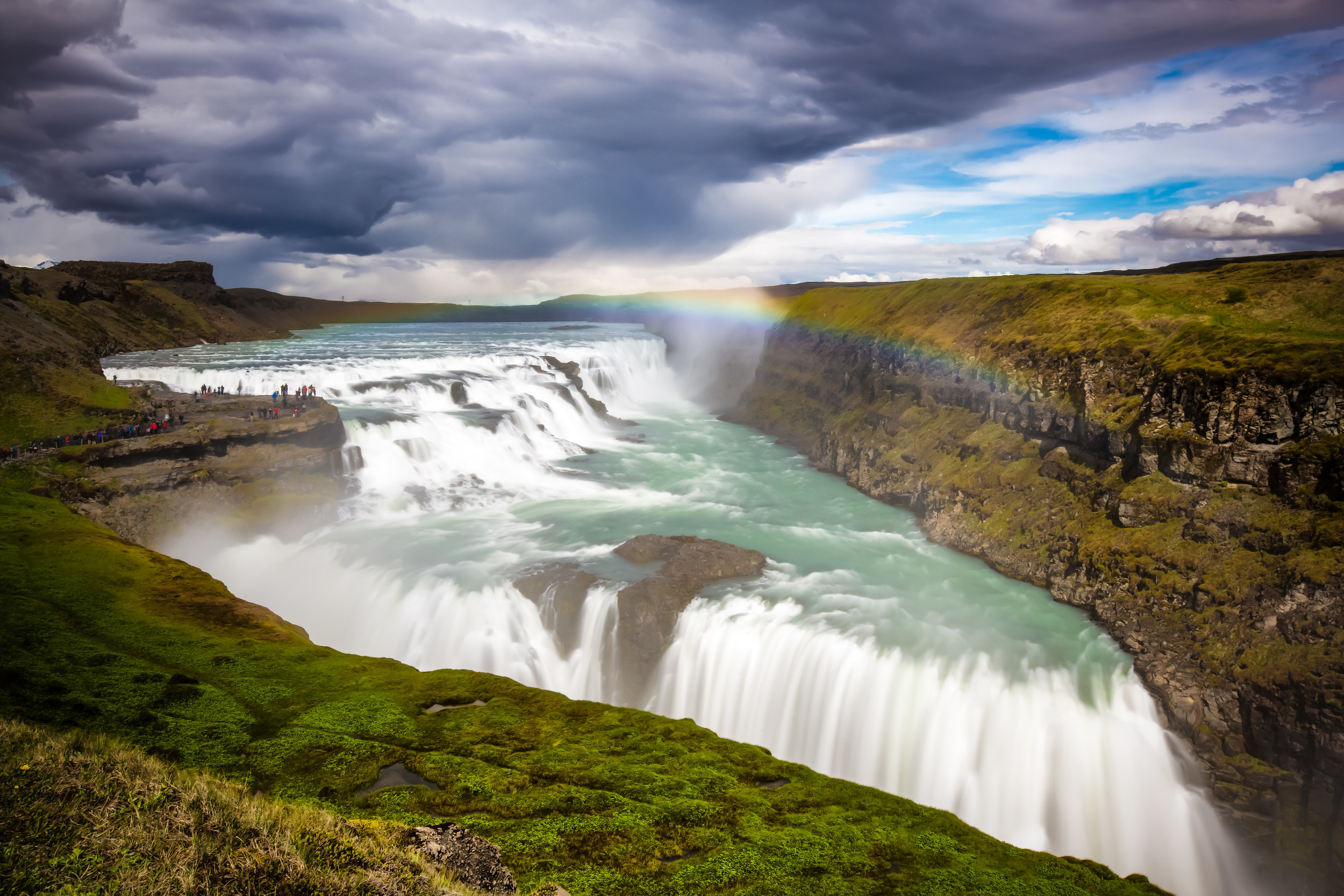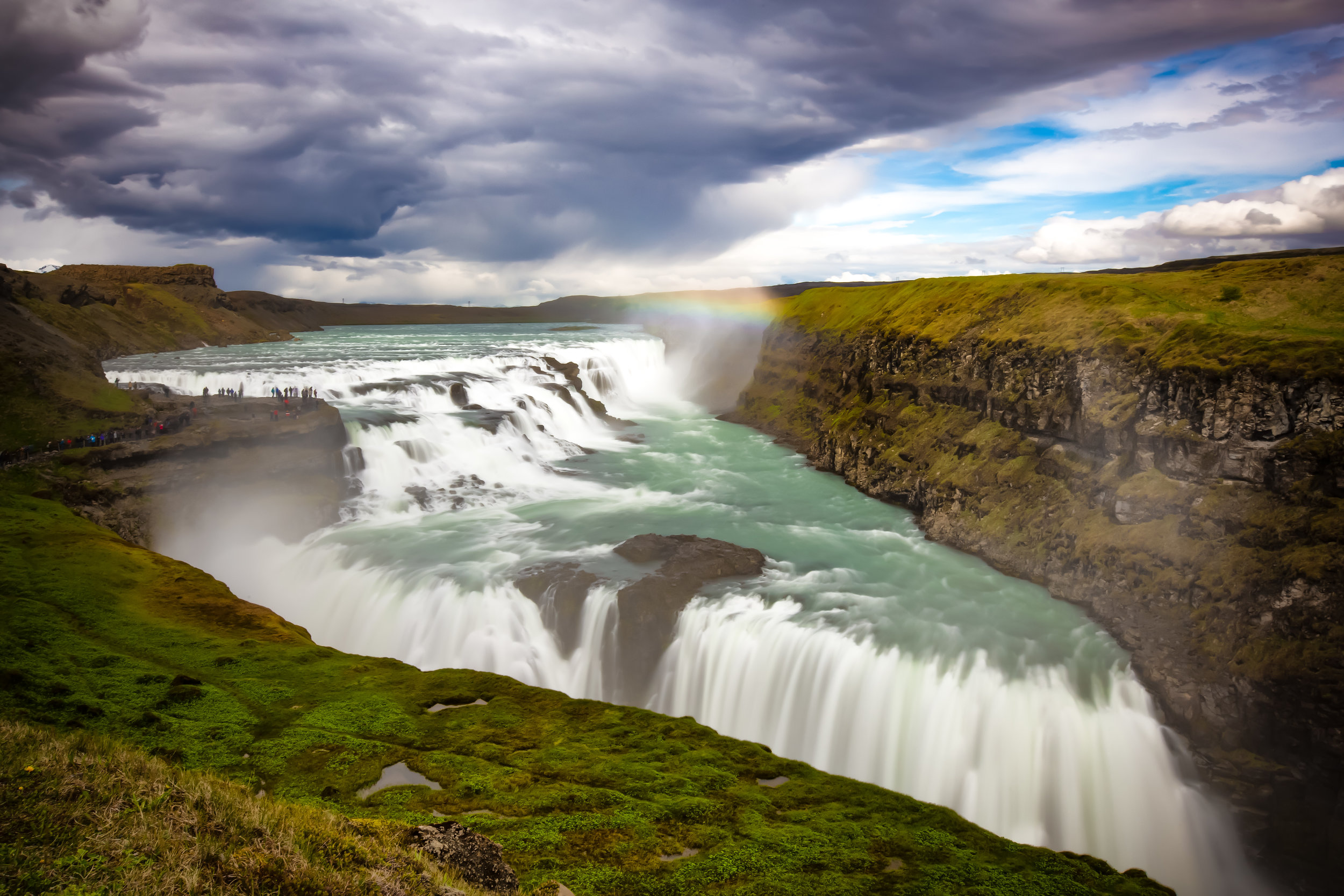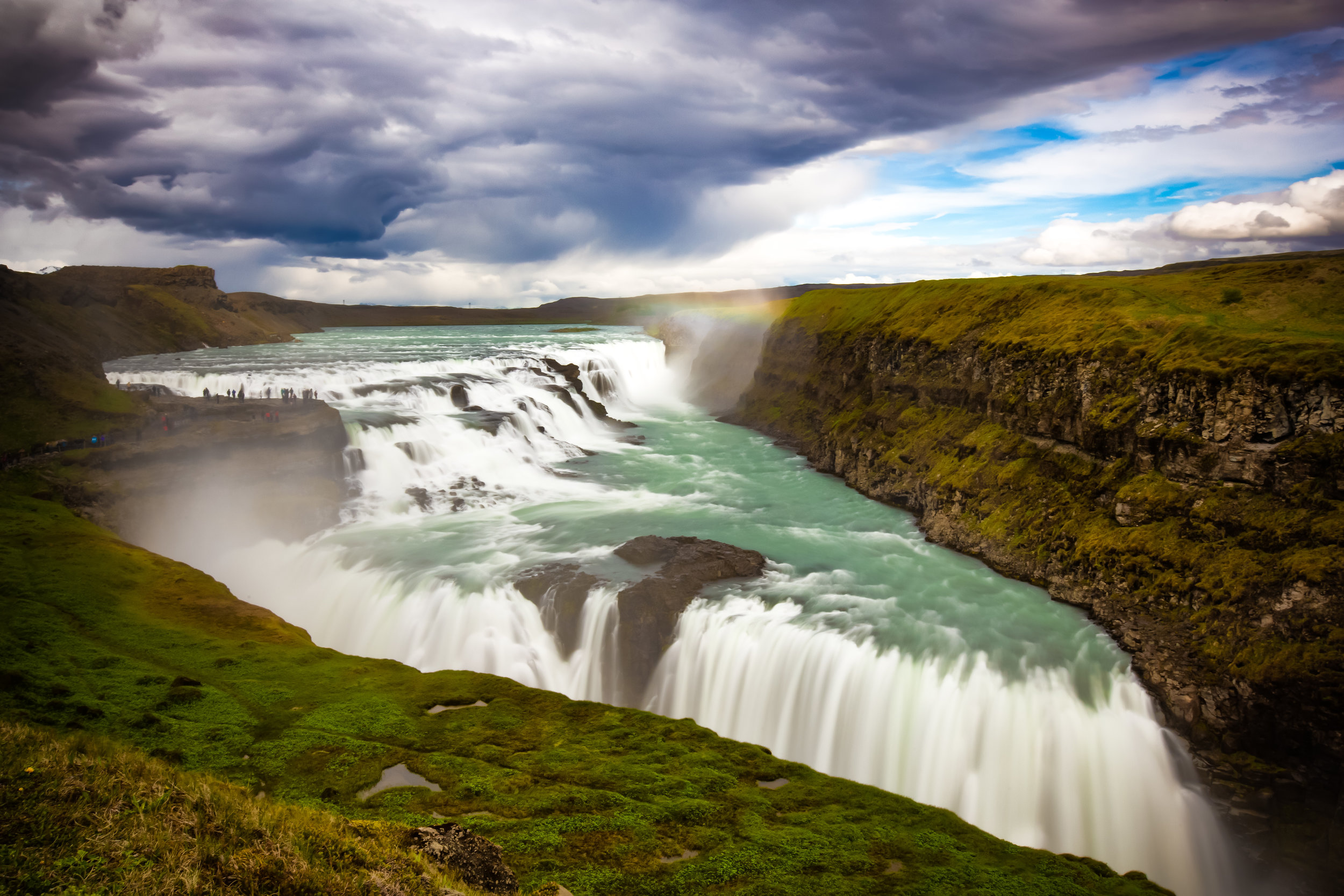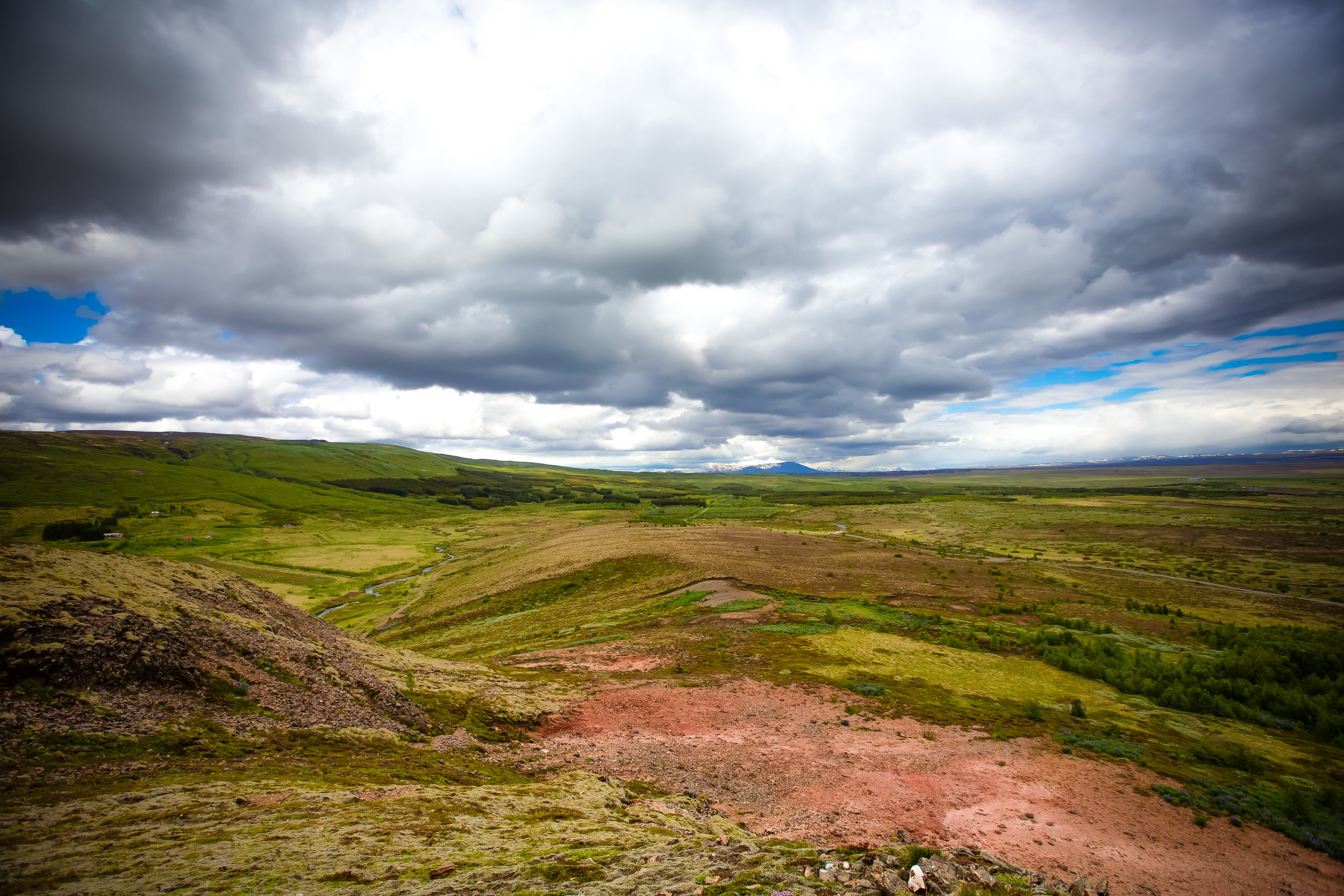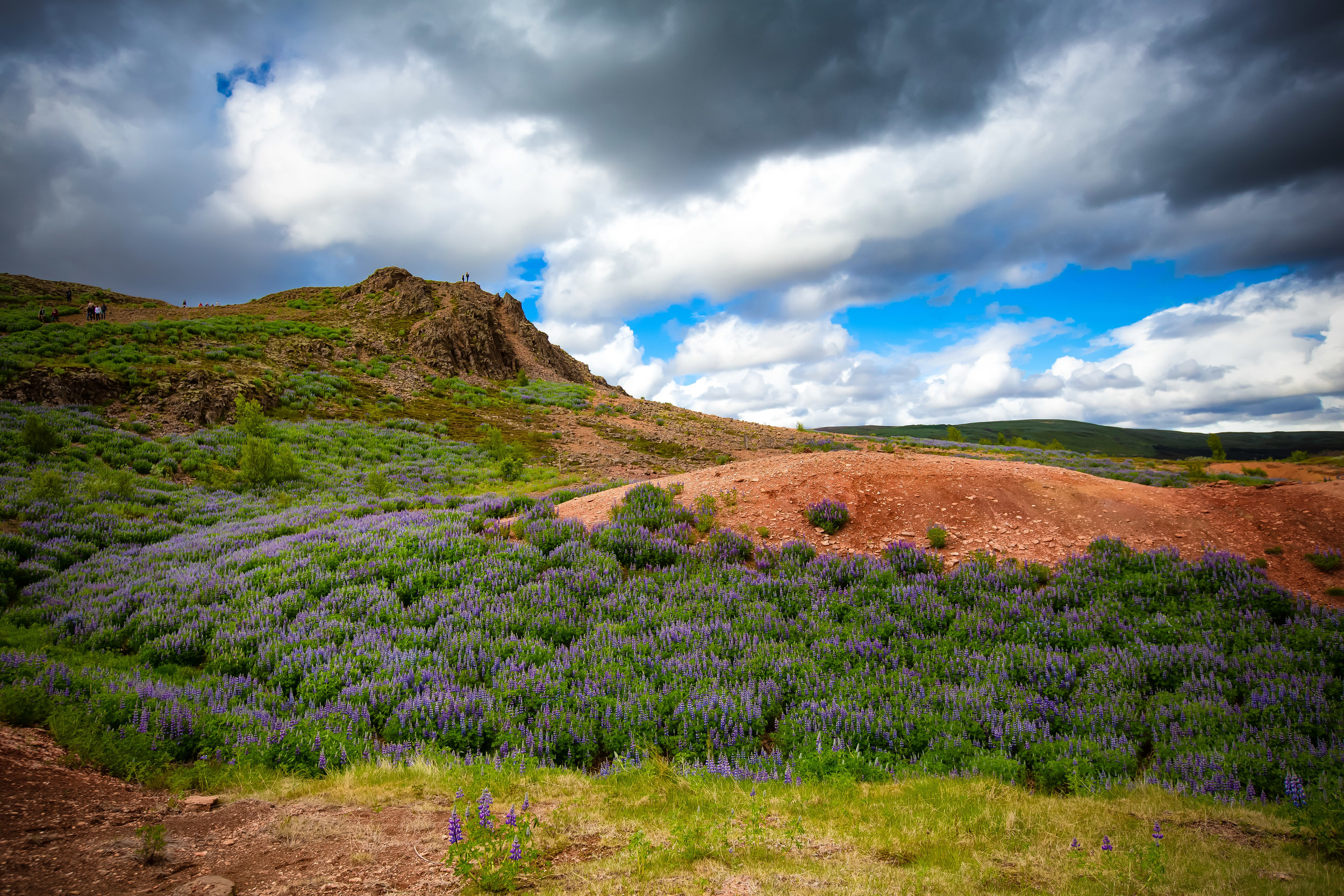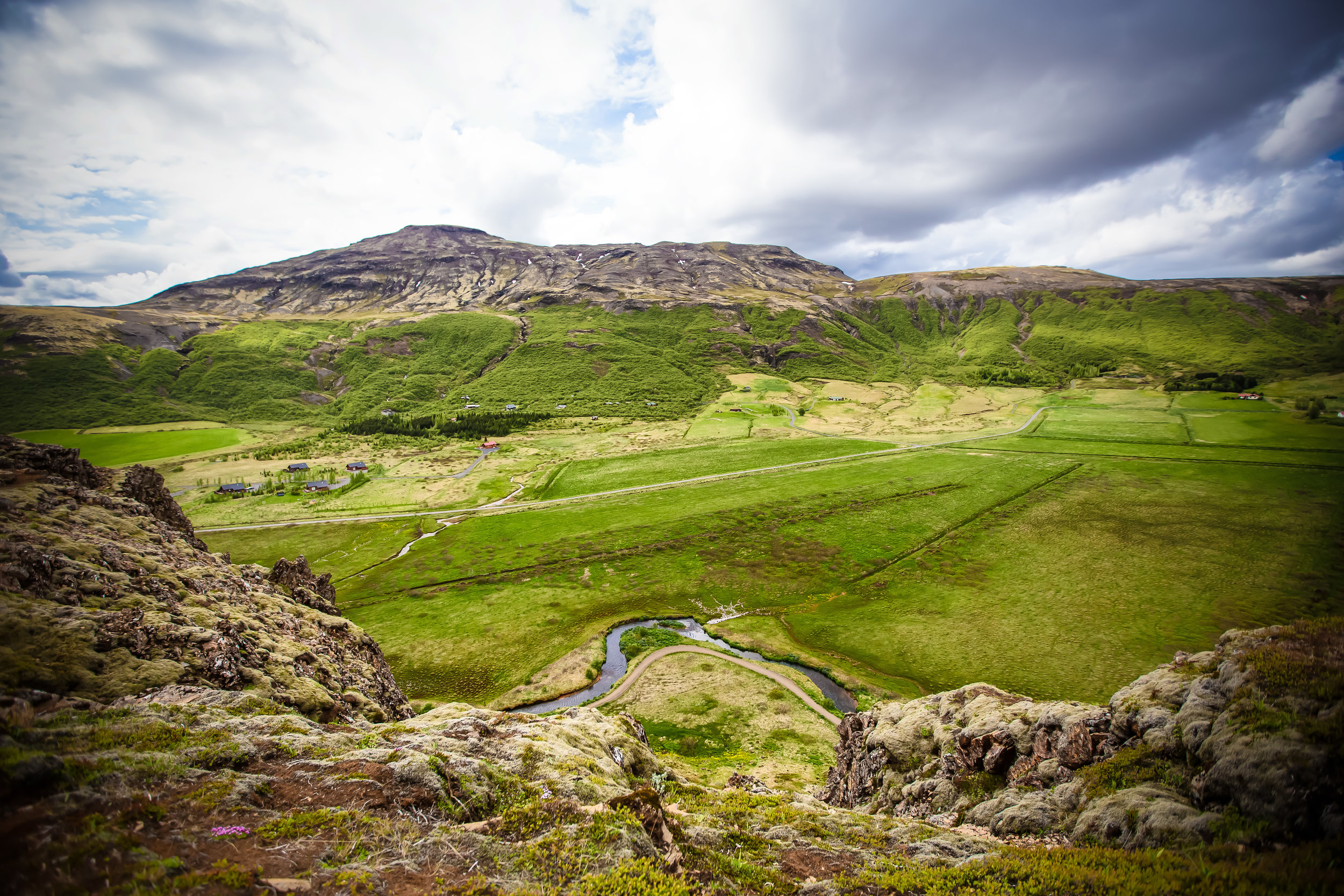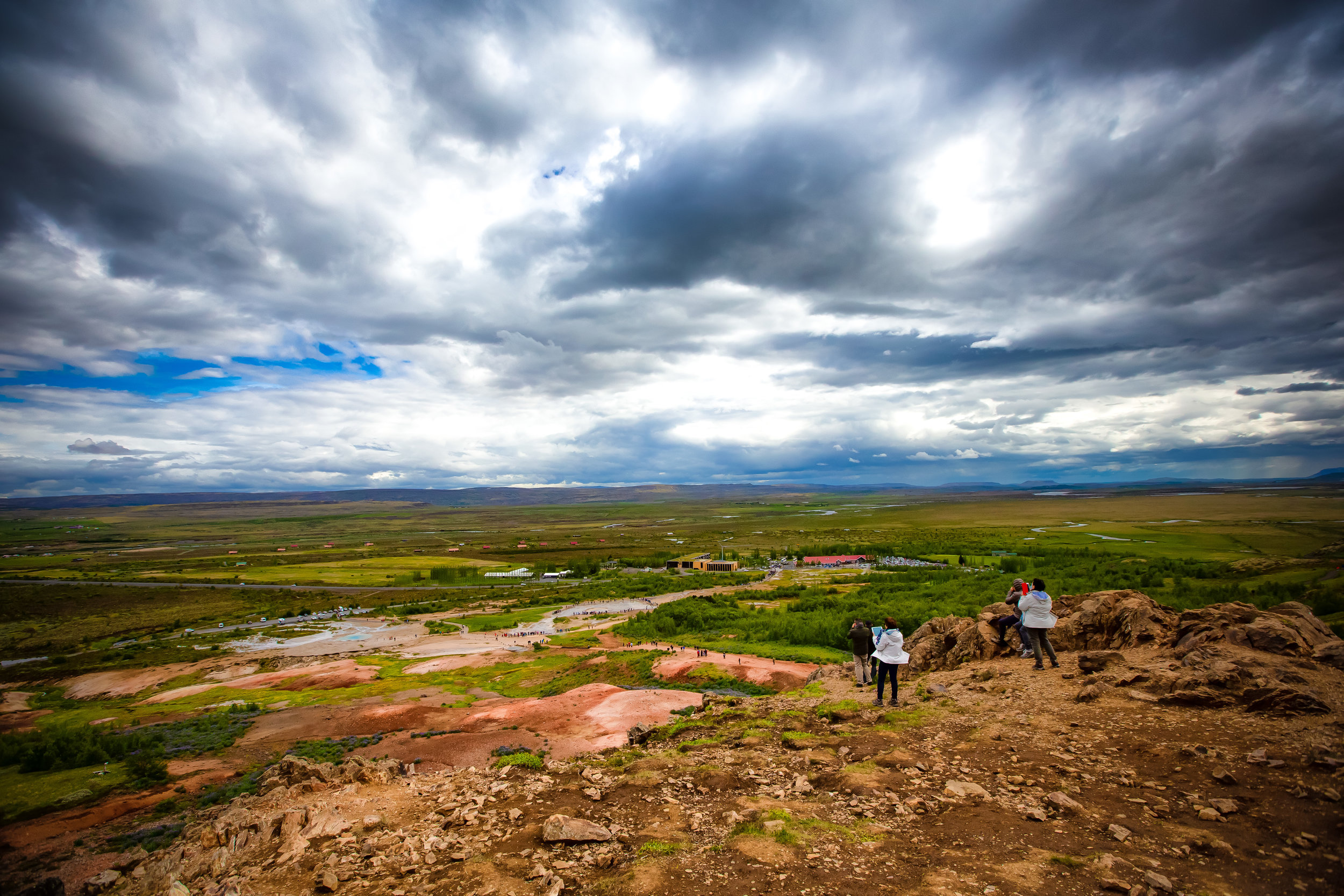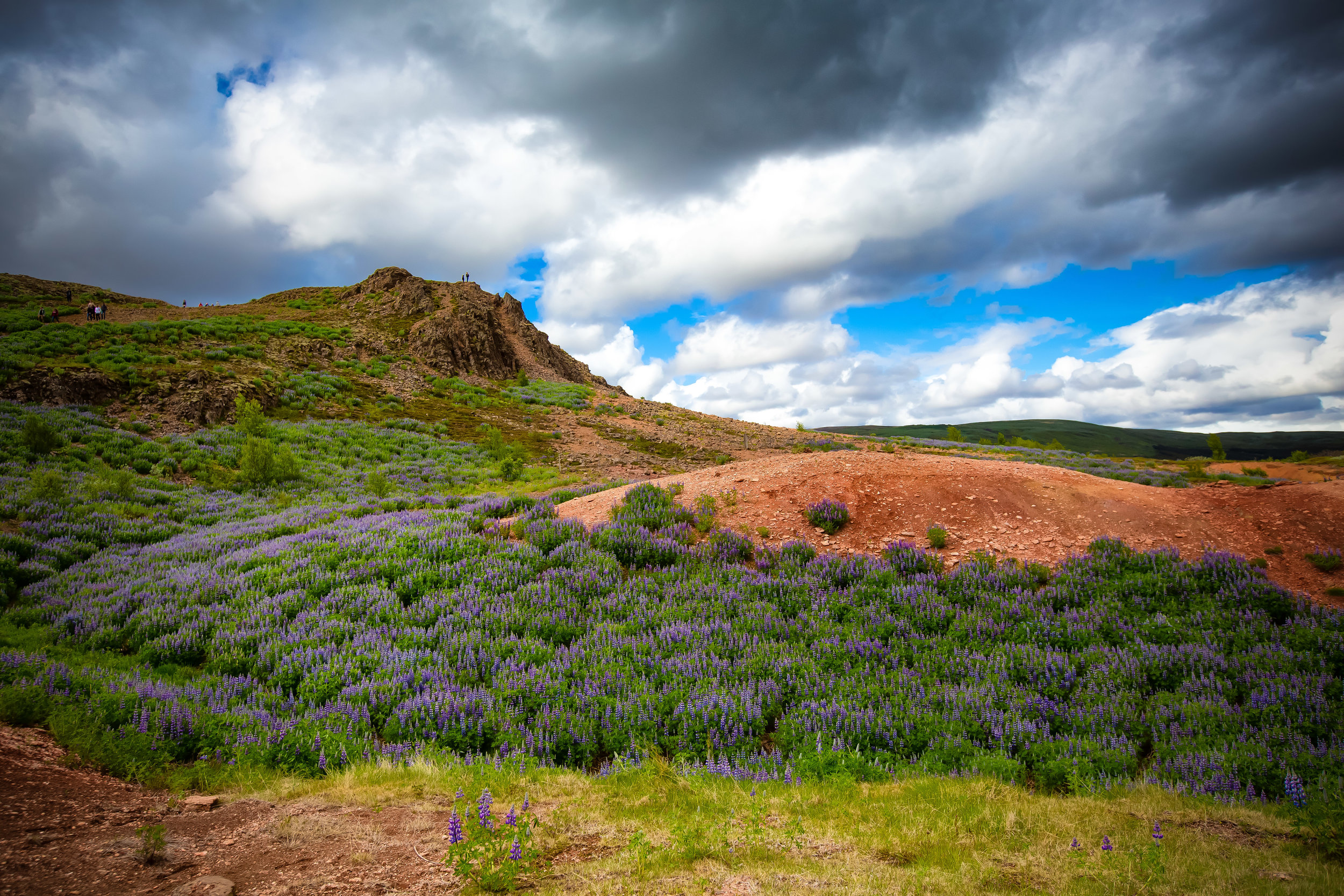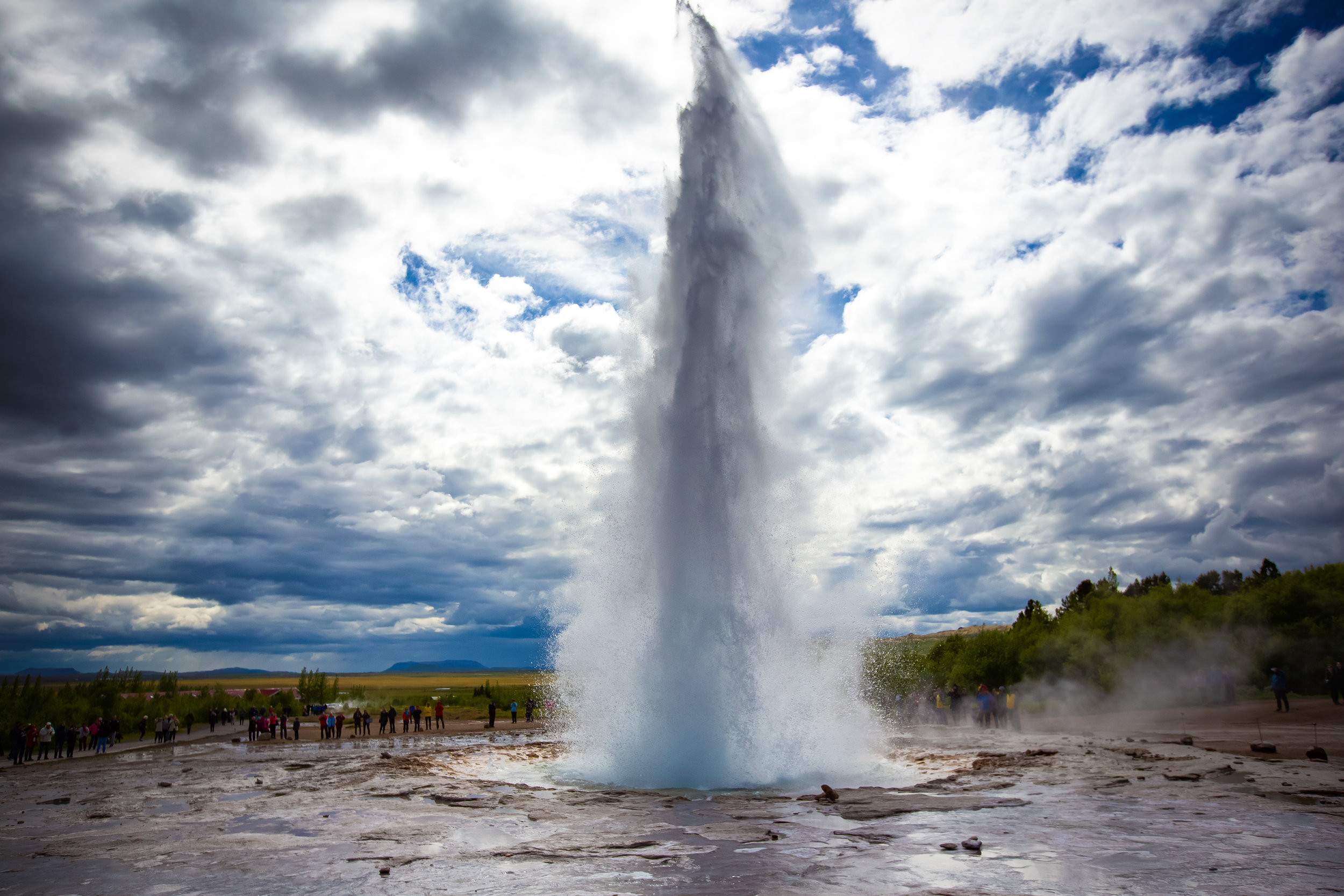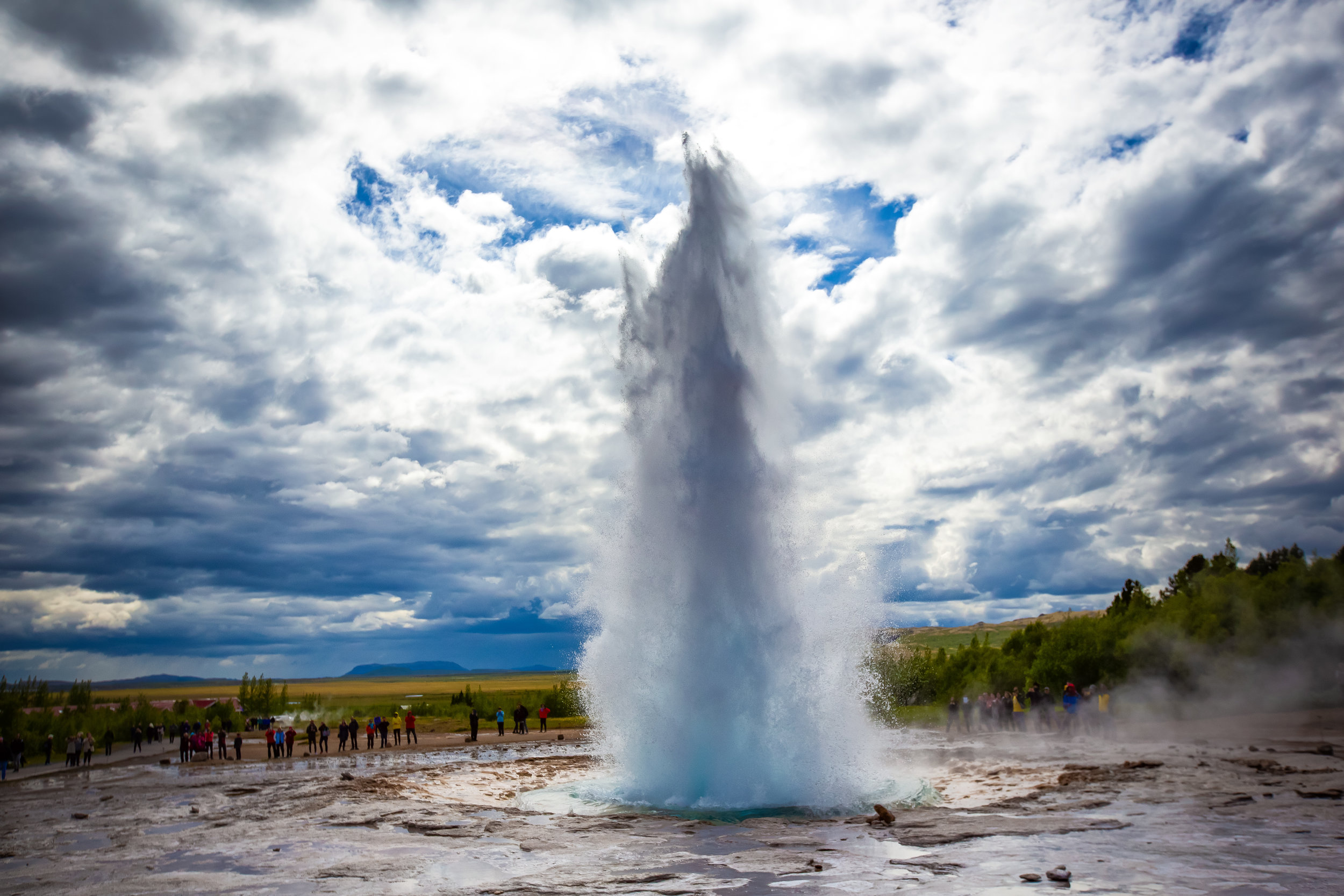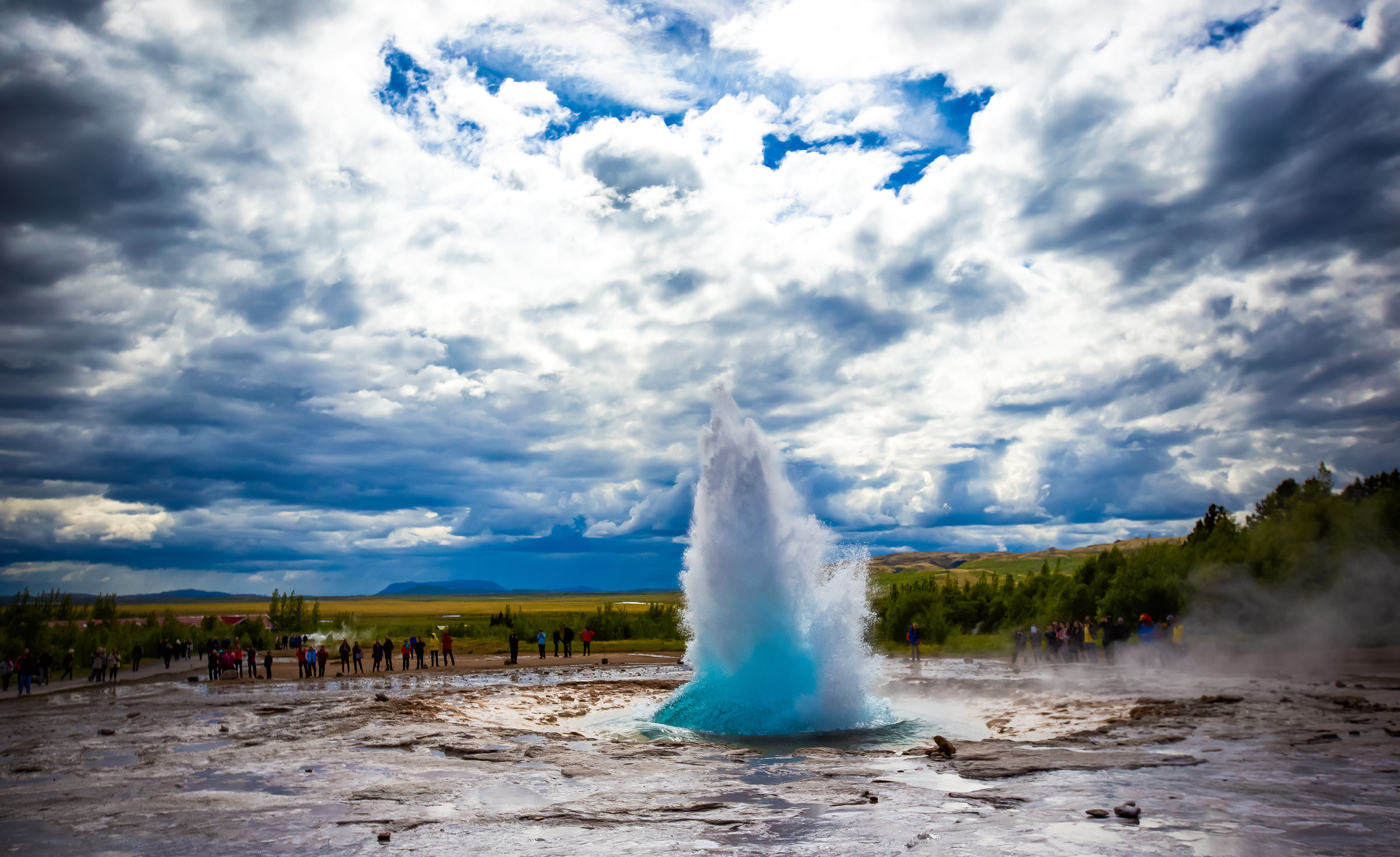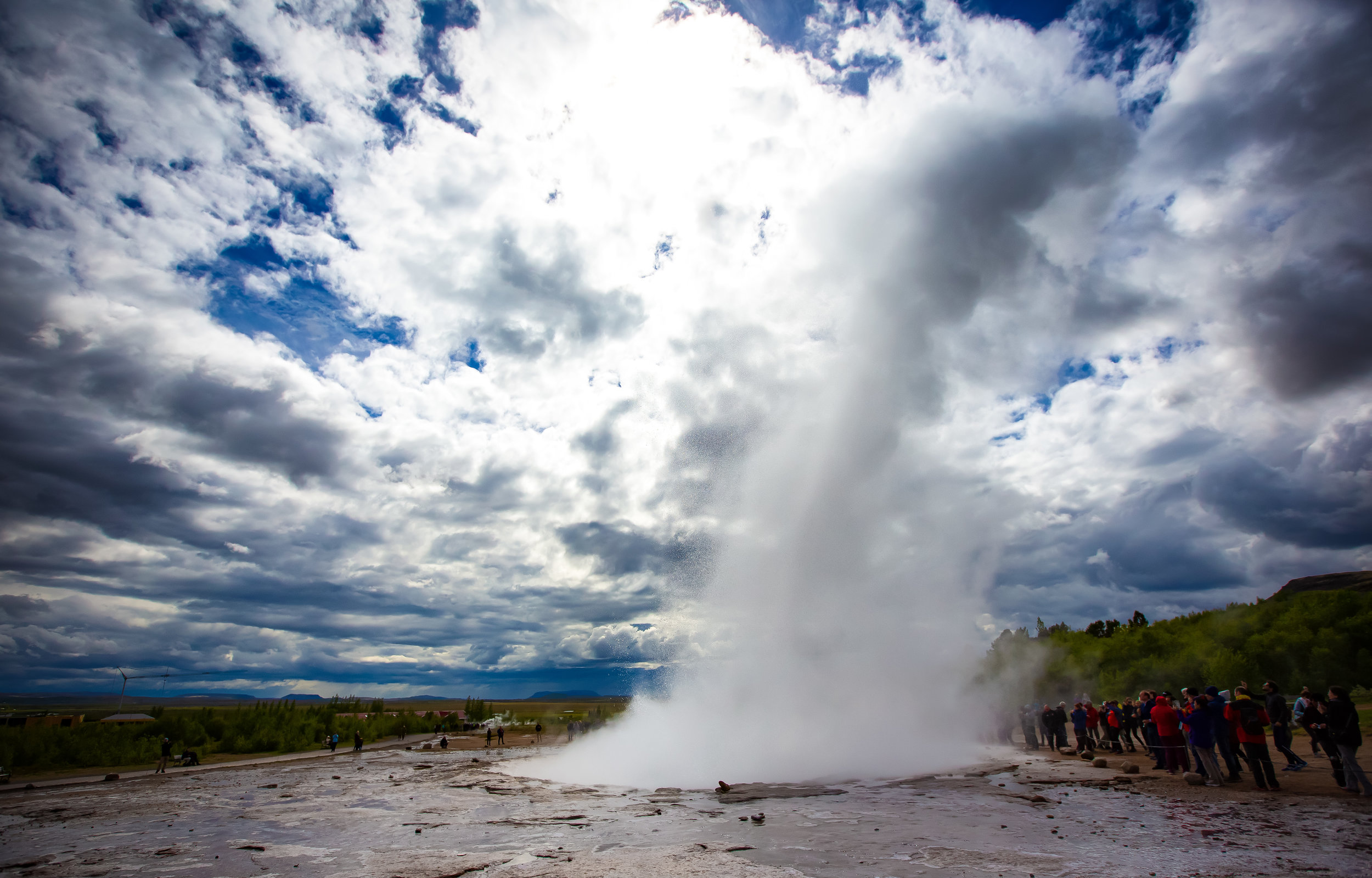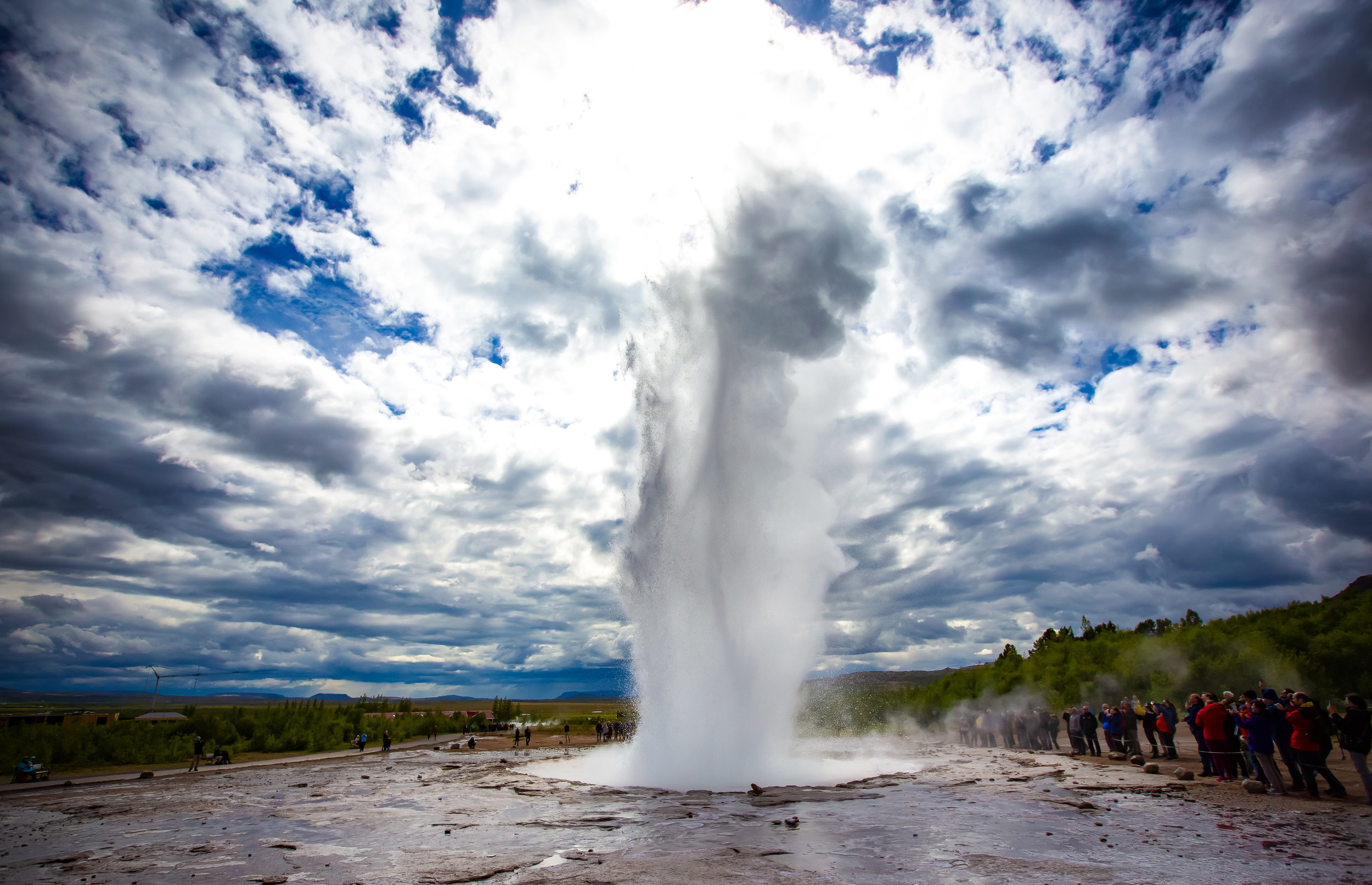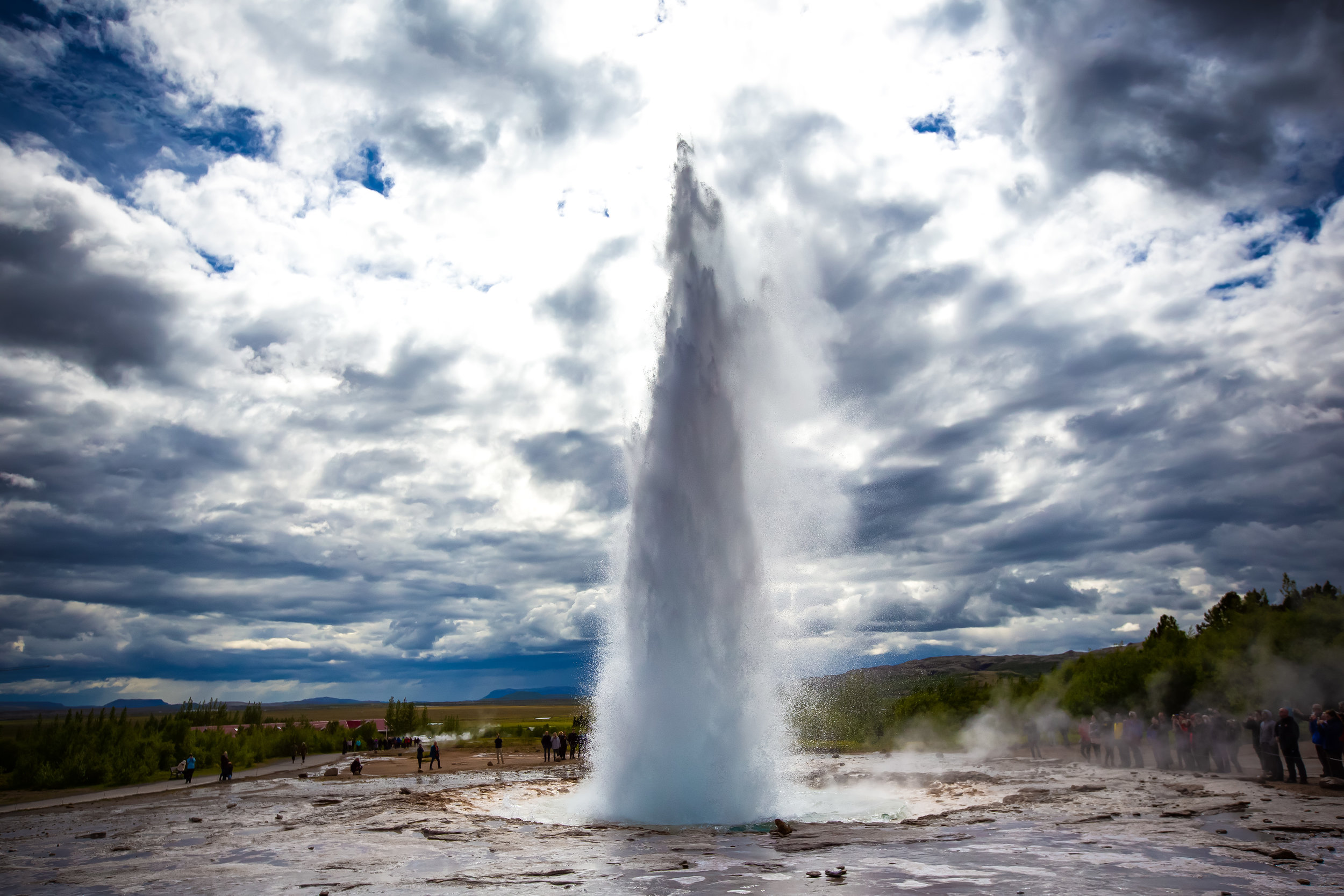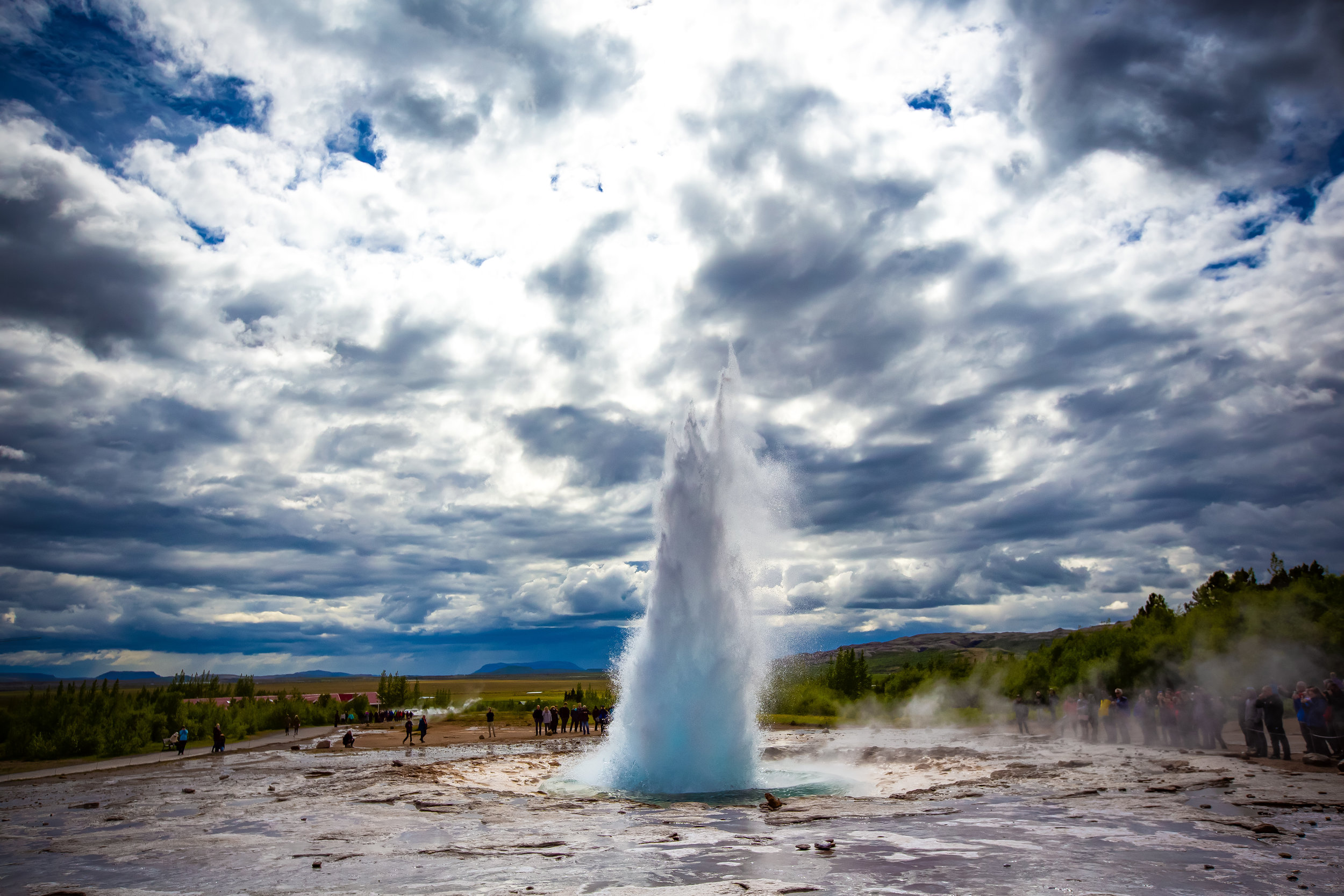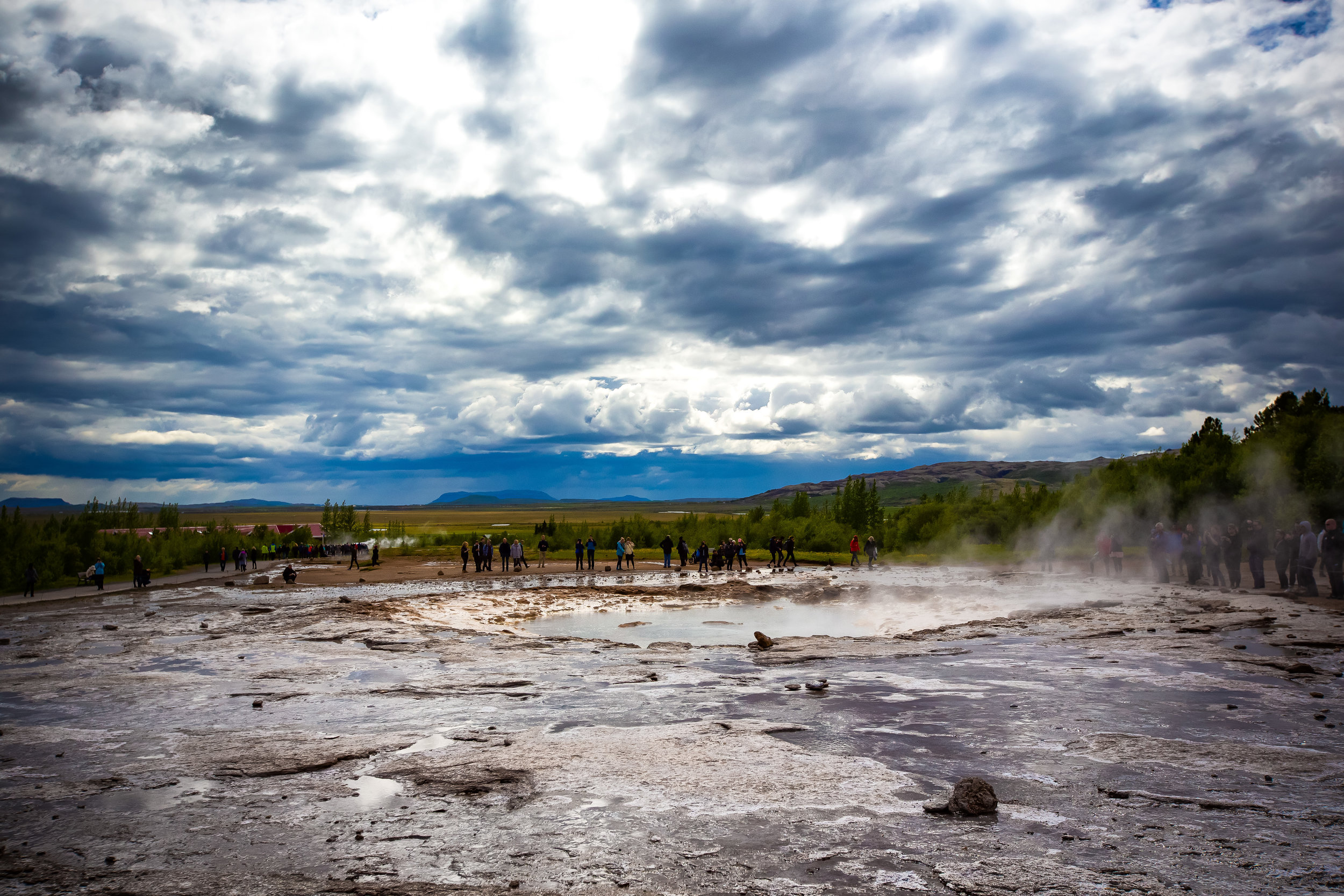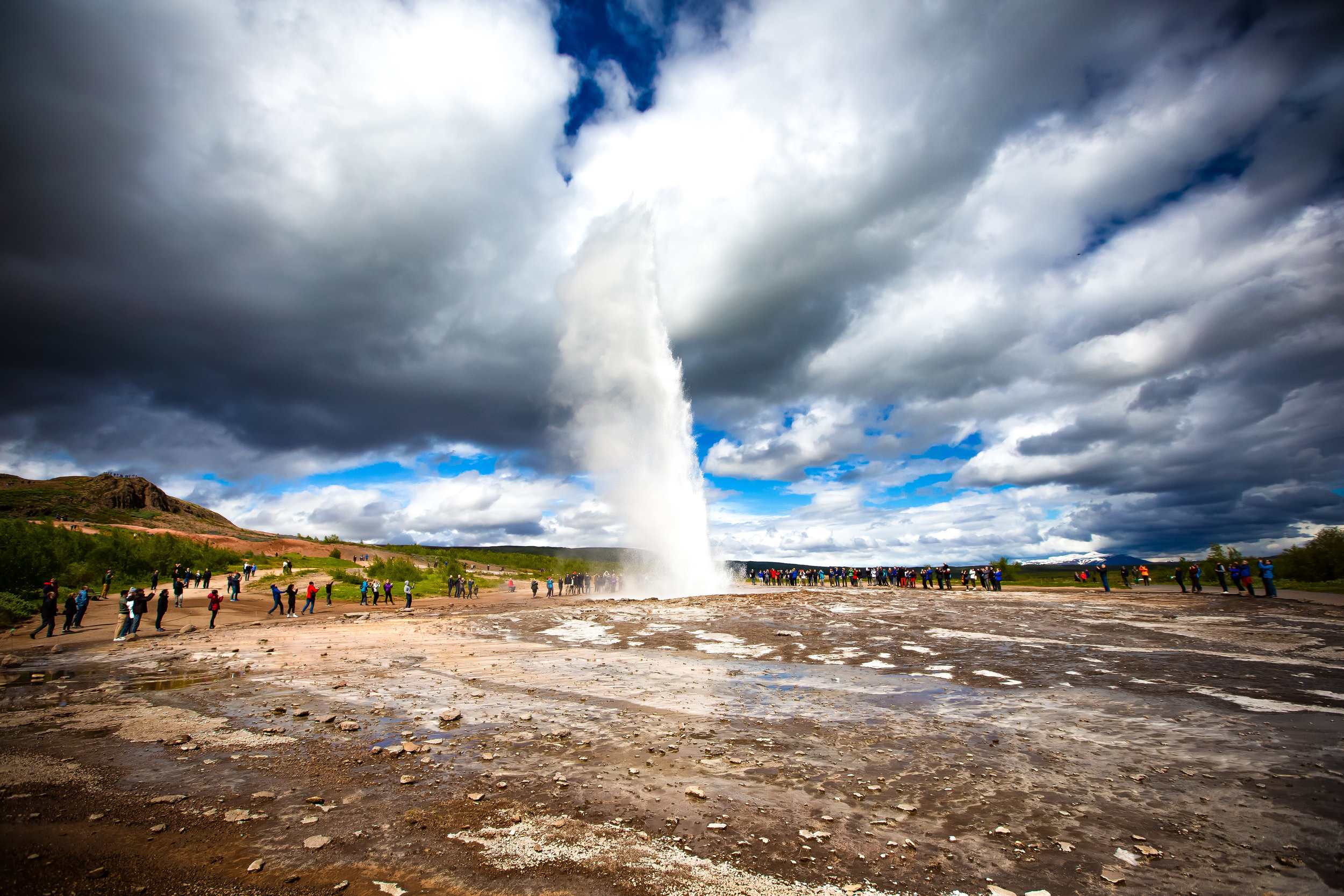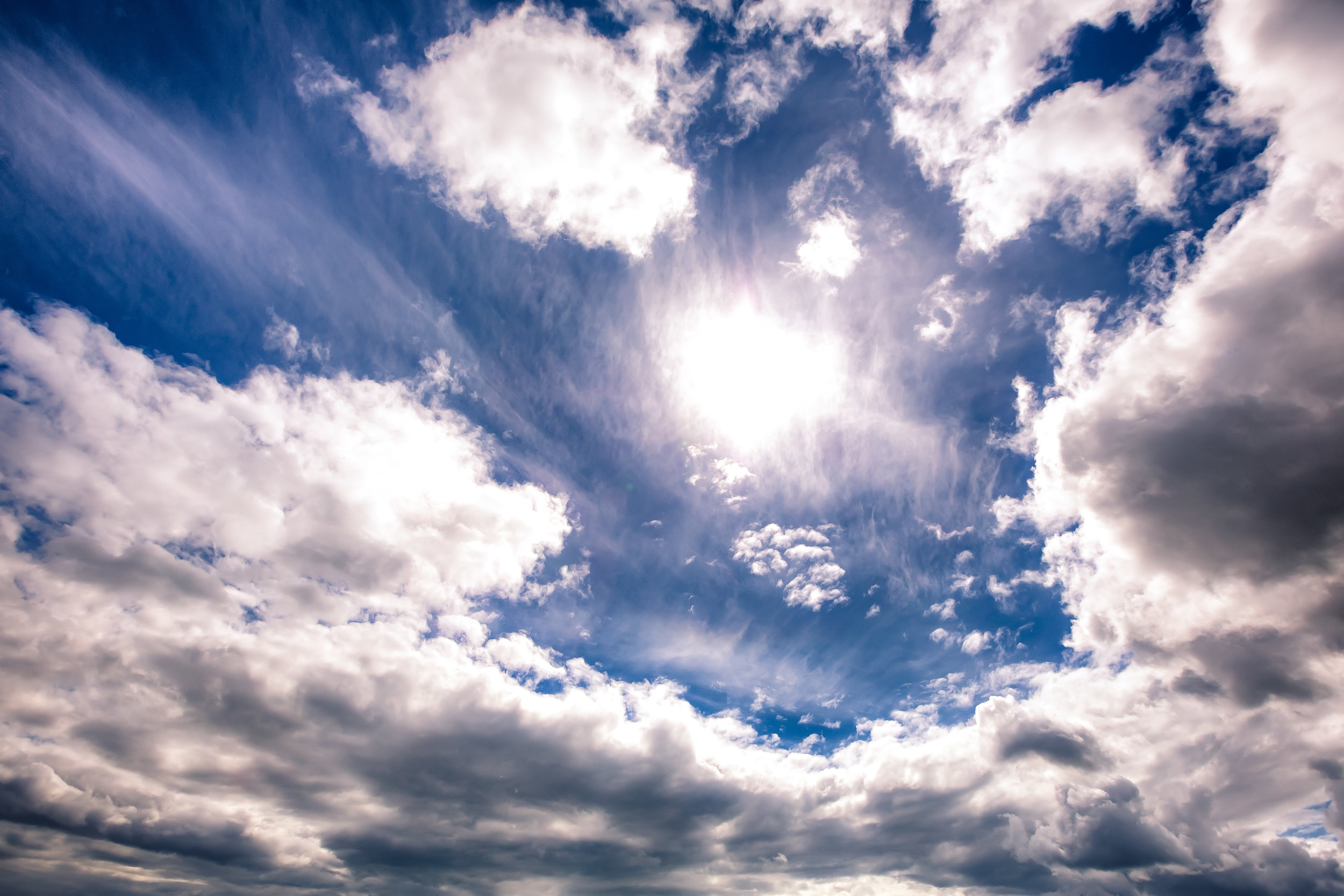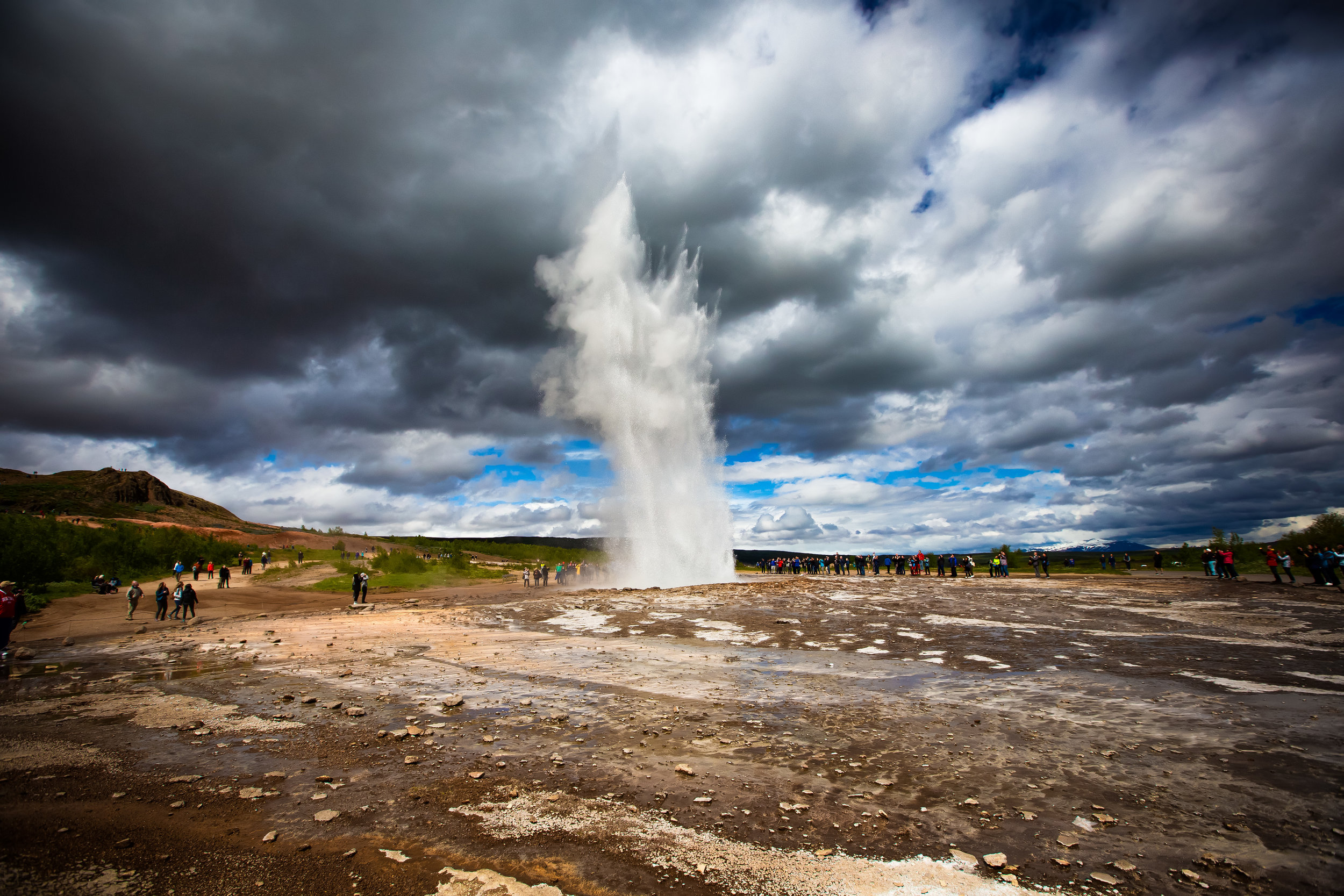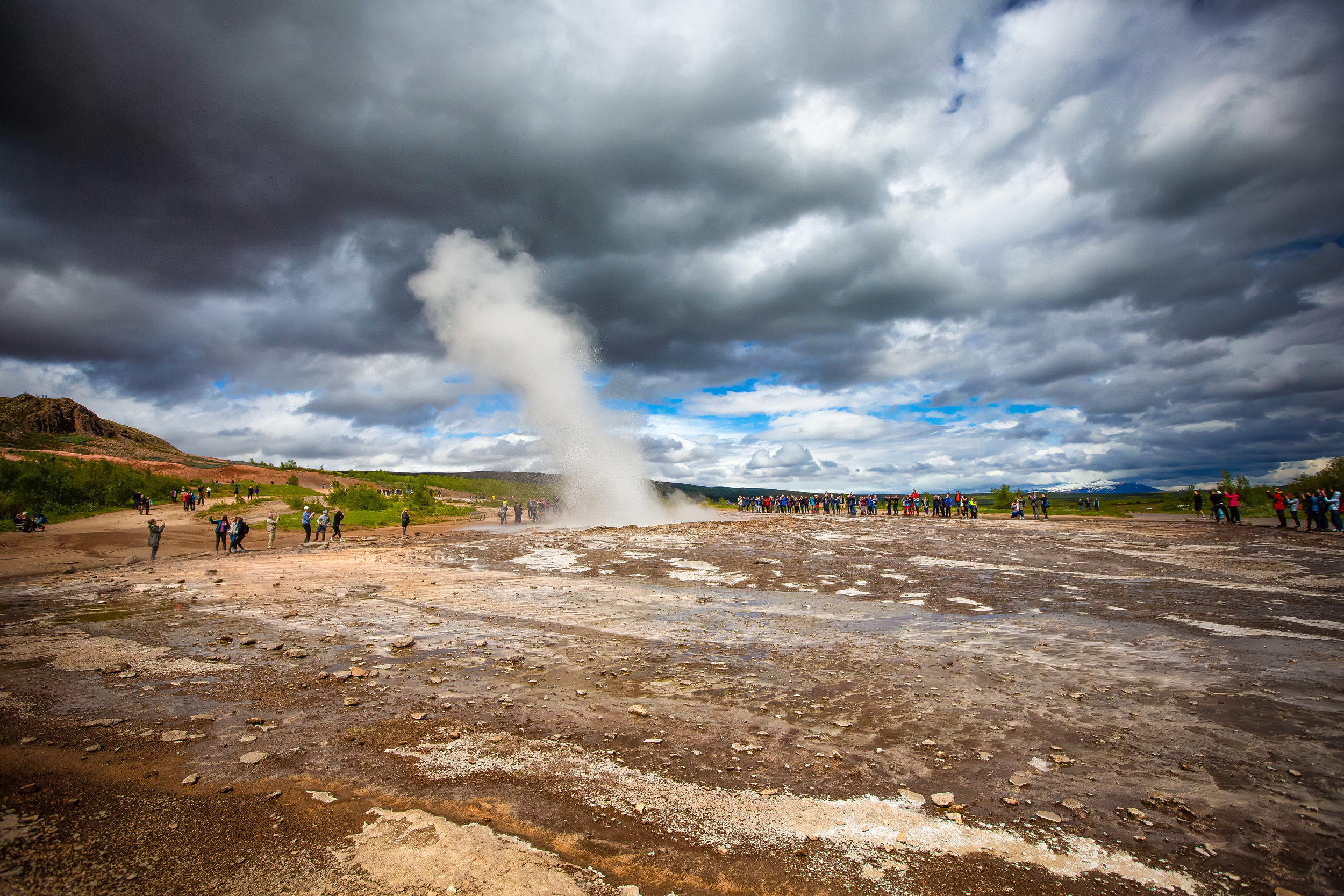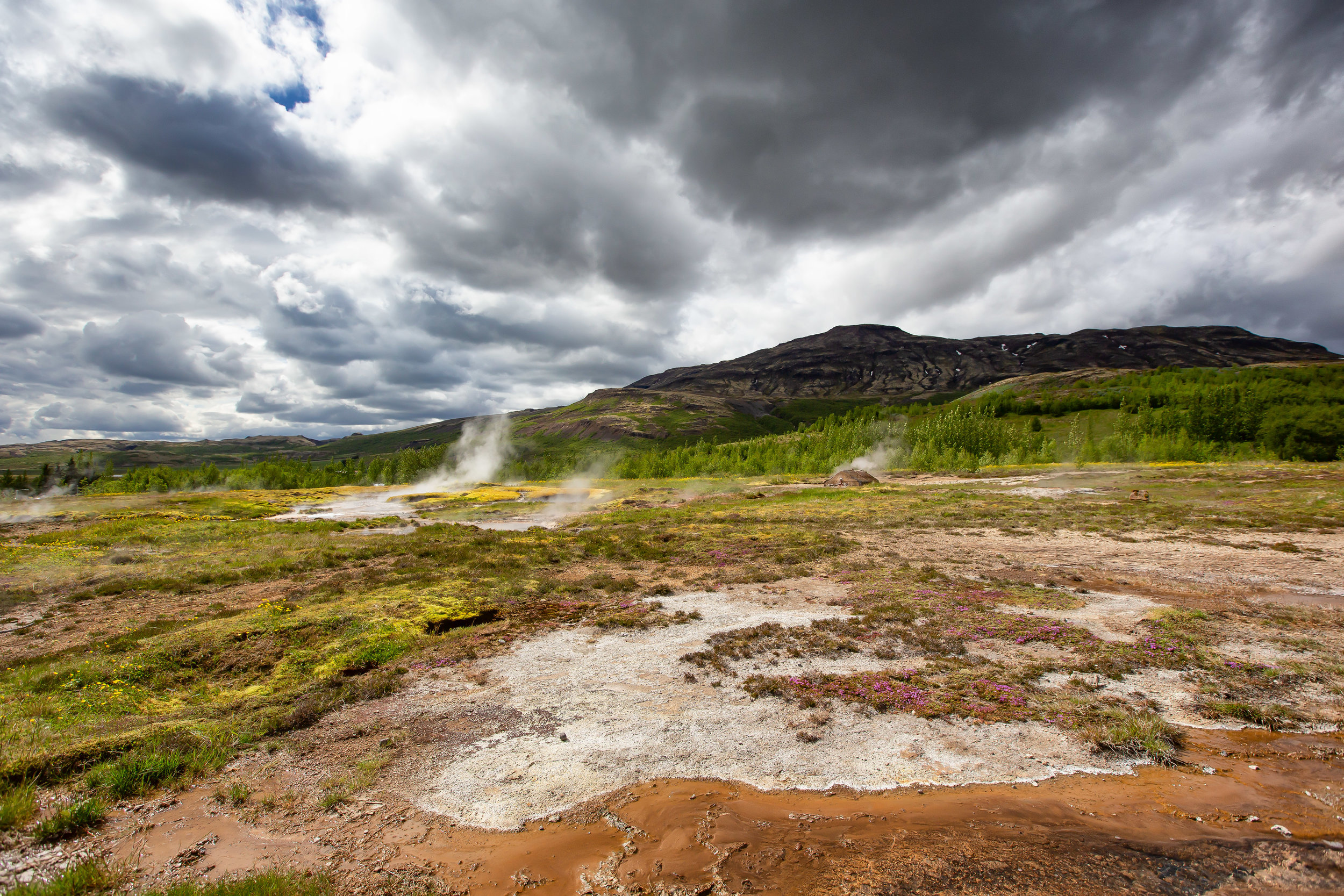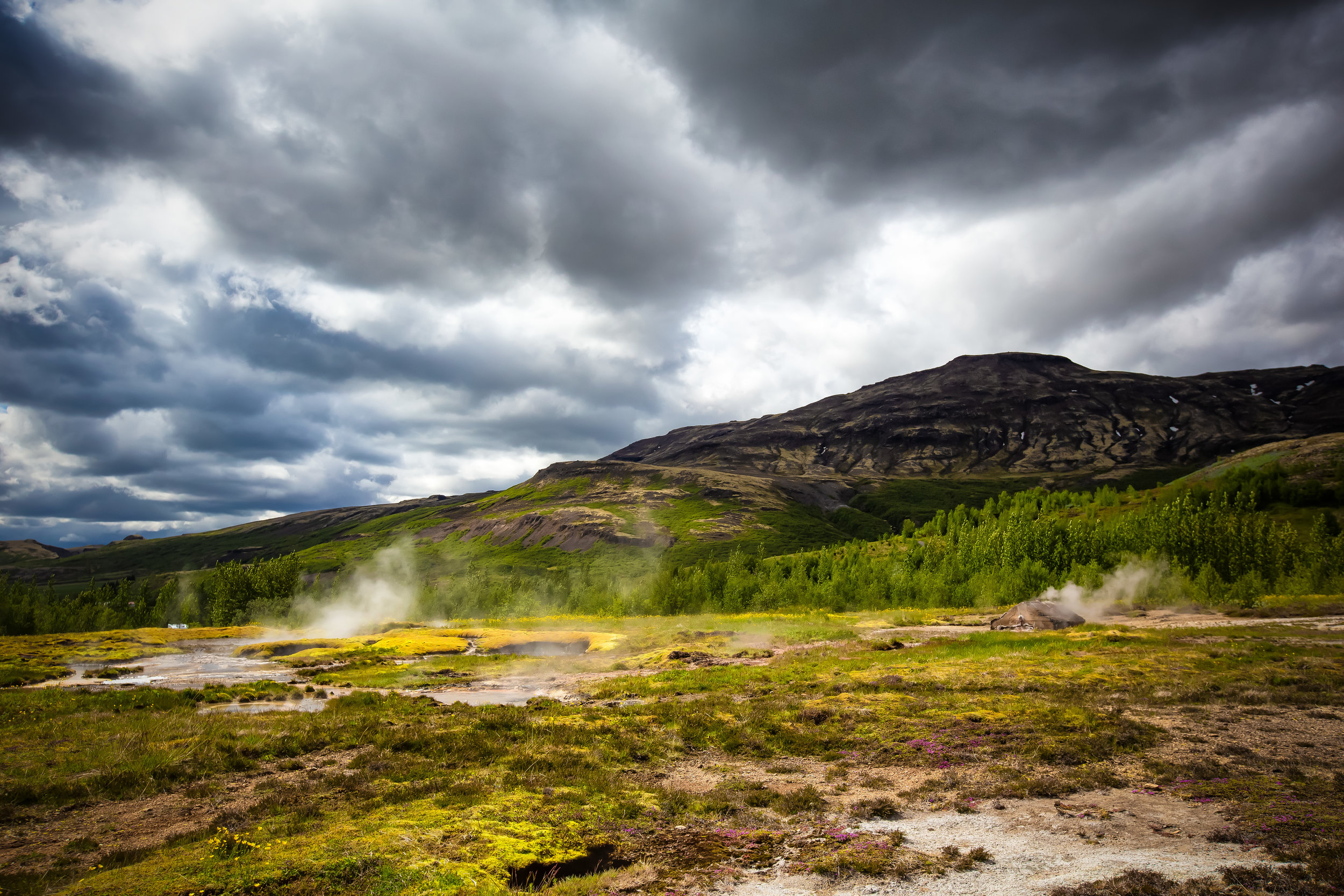Iceland is a large country with a tremendous amount of open space - That being said, most of the major tourist attractions are overflowing with tourists. The so-called Golden Circle in particular is one of the busiest areas on the country’s tourist circuit and is where you’re likely to have to share the beautiful landscape with buses and vans full of other people.
There are however several stops along the Golden Circle tourist loop that aren’t overrun with tourists and when you find them you’ll likely breathe a sigh of relief that you can finally be at one with nature!
This was the case when I stopped by the beautiful (but not so popular) Faxifoss Waterfall.
I had an entire waterfall to myself.
I could move around with my camera and my tripod and never have to worry about other people getting in my shots. I could get up close to the powerful falls, the shore and even to the top of the falls.
The whole thing was mine and I was quite content with that!
Faxifoss certainly isn’t as large or as beautiful as nearby Gullfoss but the fact that you can have it all to yourself makes visiting it almost a zen-like experience.
Oddly described as a ‘smaller version of Gullfoss’, the waterfall is only a short drive from its larger sibling and is fed by the same glacial water source but is part of the Tungufljót river.
Known either as Faxifoss or Vatnsleysufoss, it is a single tier set of cascading falls that is about eighty meters wide and seven meters in height.
Even though waterfall is not as popular with your average tourist it is quite well-known by those who visit Iceland for the sole purpose of fishing the country’s rivers. The Tungufljót river is widely revered in sport fishing circles for the abundance of salmon and sea-trout so if you visit in the fishing season you’ll likely see quite a few people fishing in the river nearby.
Interestingly, next to the waterfall is an odd cement structure that is full of water - basically it is a salmon ladder that assists the fish in their trek upstream. What a great idea!
You’ll notice from some of the photos that I was having a bit of fun while taking shots of this waterfall - Not only could I get up close and personal with it and take photos from several different spots, I was able to get long exposure shots while standing directly beside it. The milky effect with the photos turned out to be a bit extreme in some of the shots - but whatever - it was one of the few waterfalls that I visited where the mist didn’t ruin almost all my shots!
Something I’ll recommend before you get back on the road is to stop near the entrance and walk across the road to where a local farmer lets his Icelandic horses graze. The horses are beautiful and the scenery in the background makes for some beautiful photos!
Getting There
When you’re done with your visit to Gullfoss, you’ll likely continue driving south along Route #35 on your way toward either Skálholt or Crater Kerið. The waterfall is found on a small side road just off the main road about twelve or so kilometres from Gullfoss or Geysir.
I’ve marked the waterfall on the map above, so if you are planning on visiting, just input it in your GPS and enjoy!
I highly recommend after checking out Gullfoss to make a short stop by the Faxi Waterfall - You won’t need a lot of time to enjoy the falls but the fact that its relatively unknown gives this waterfall a feeling of serenity that you don’t get at some of the other big ones. If you’re got a bit of extra time after visiting all of the other sites on the Golden Circle, stop by for a few minutes
Gallery / Flickr (High Res Photos)
